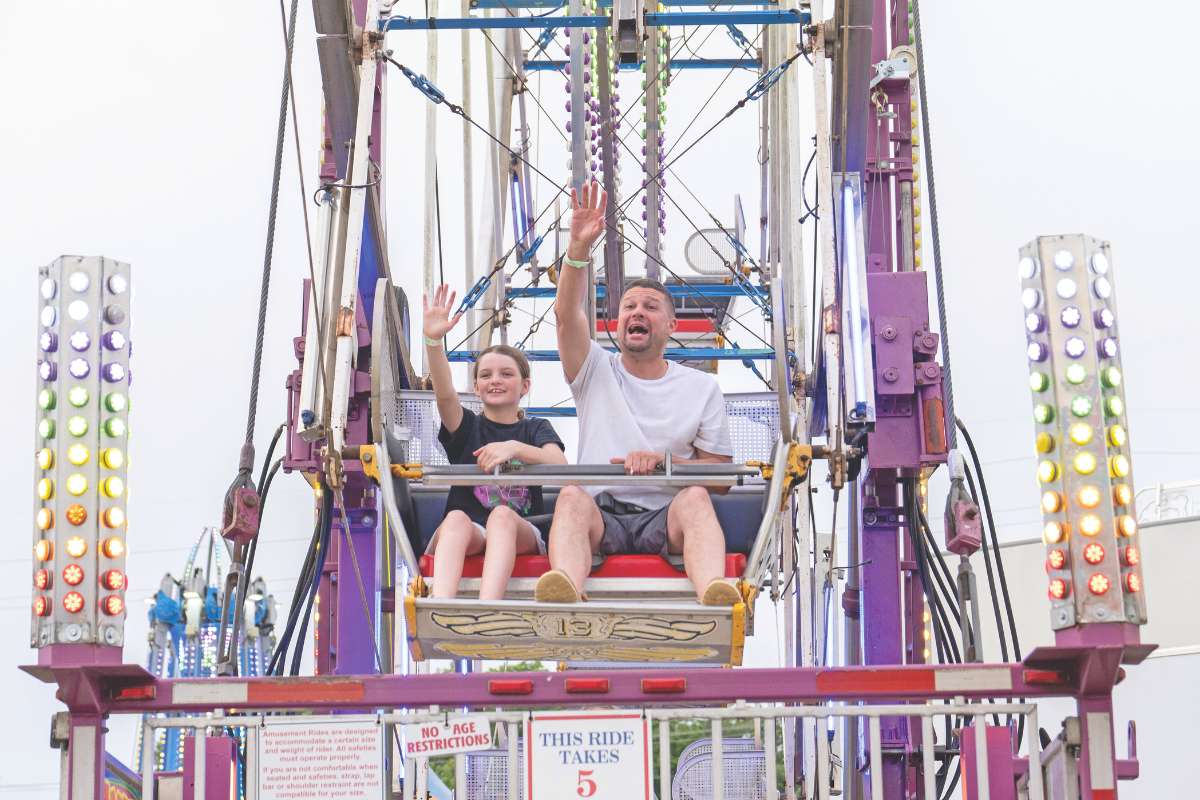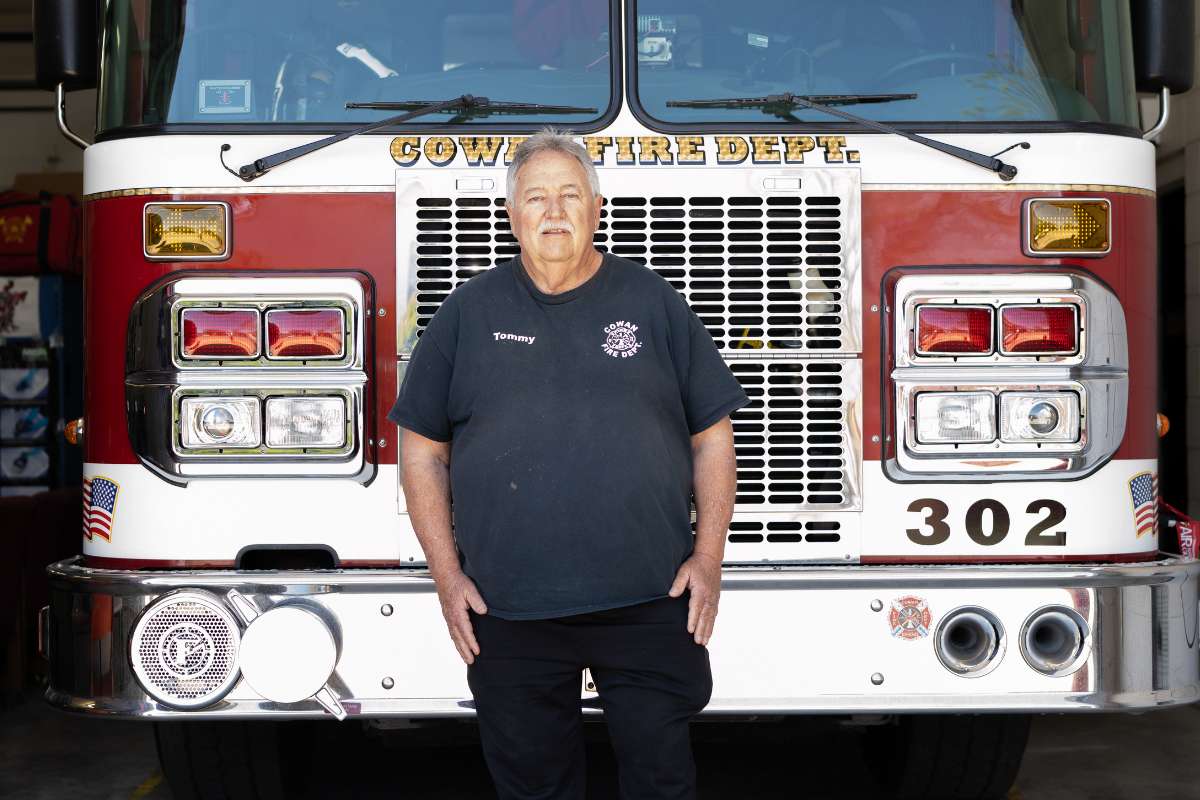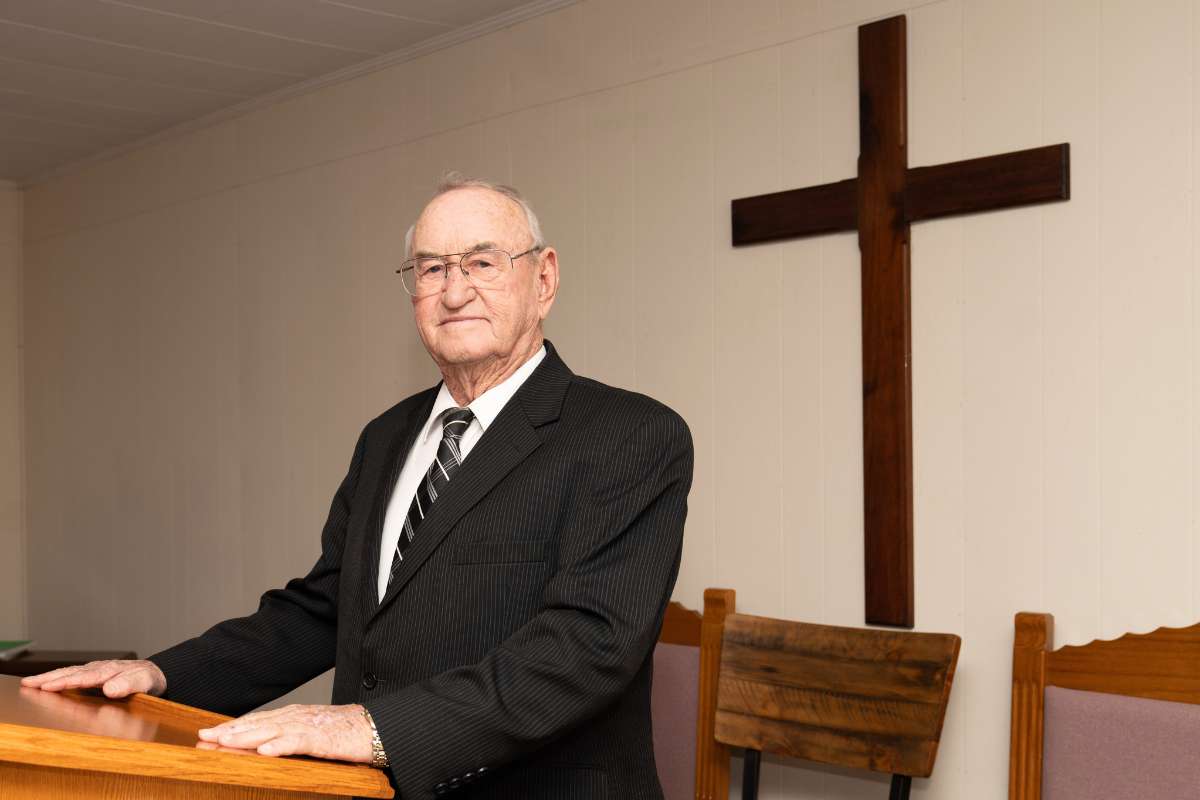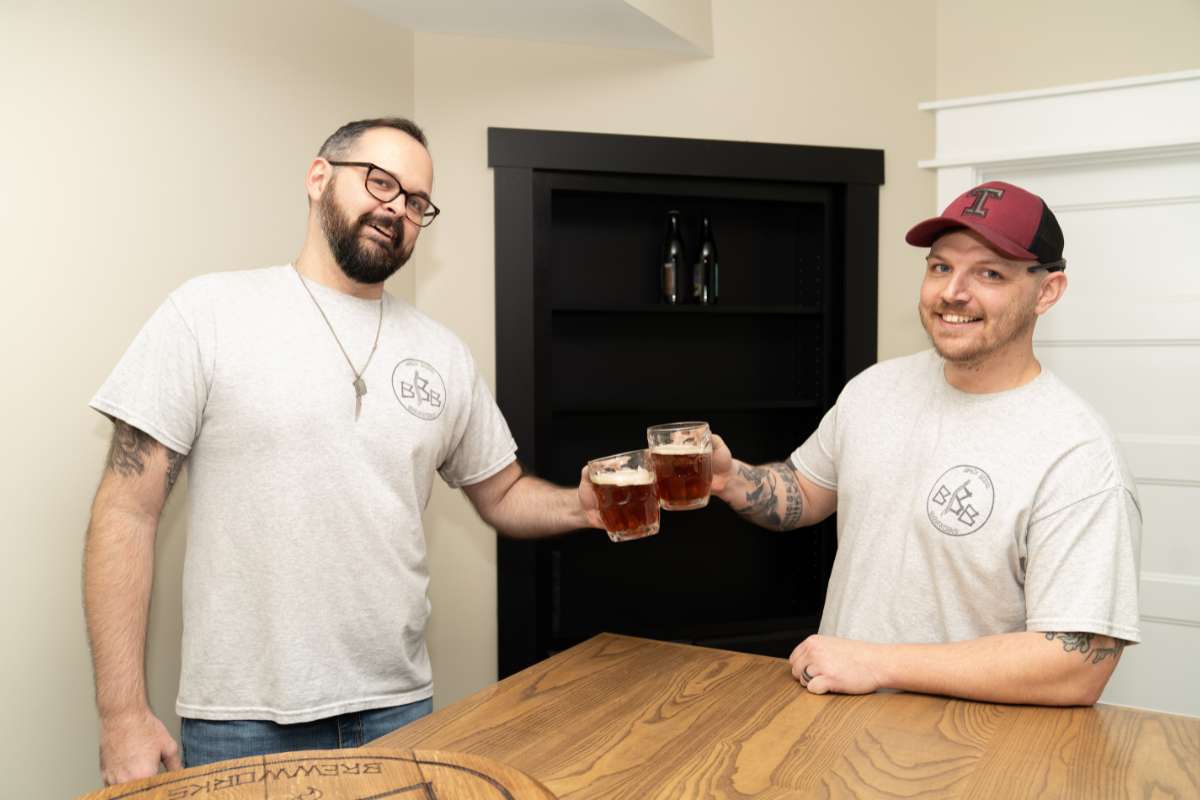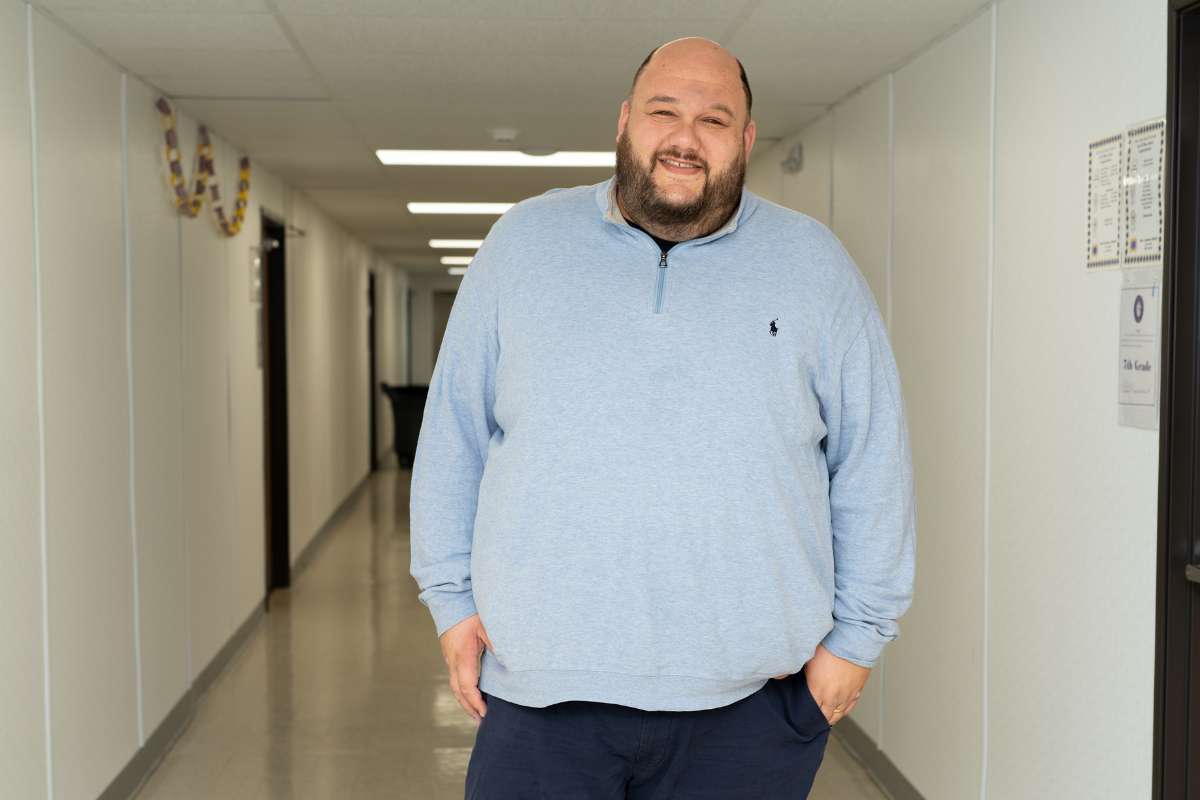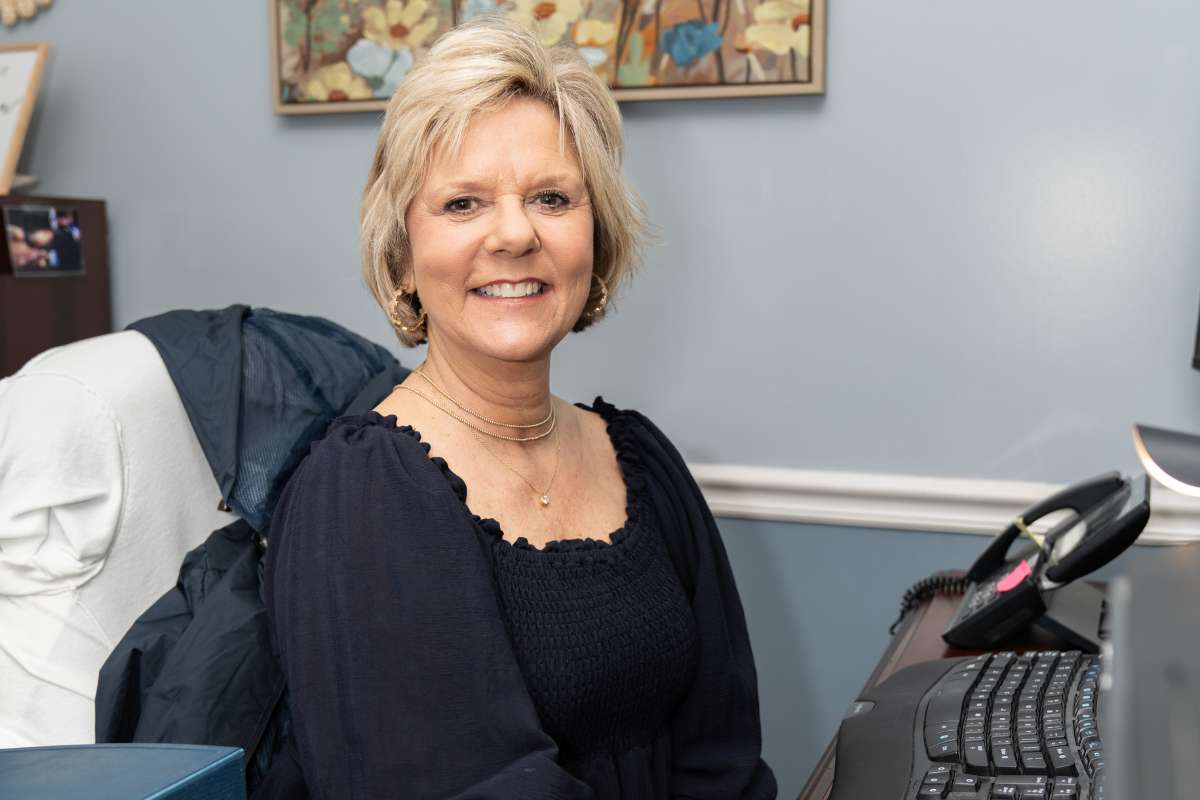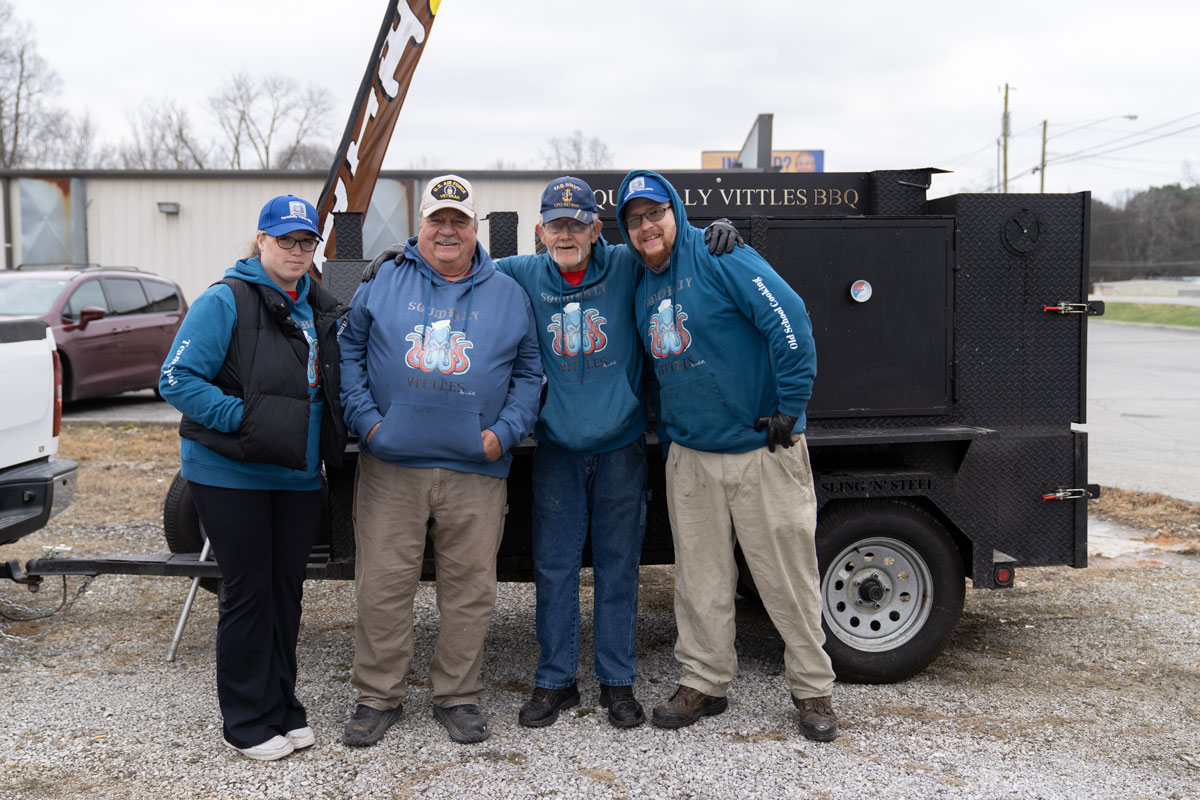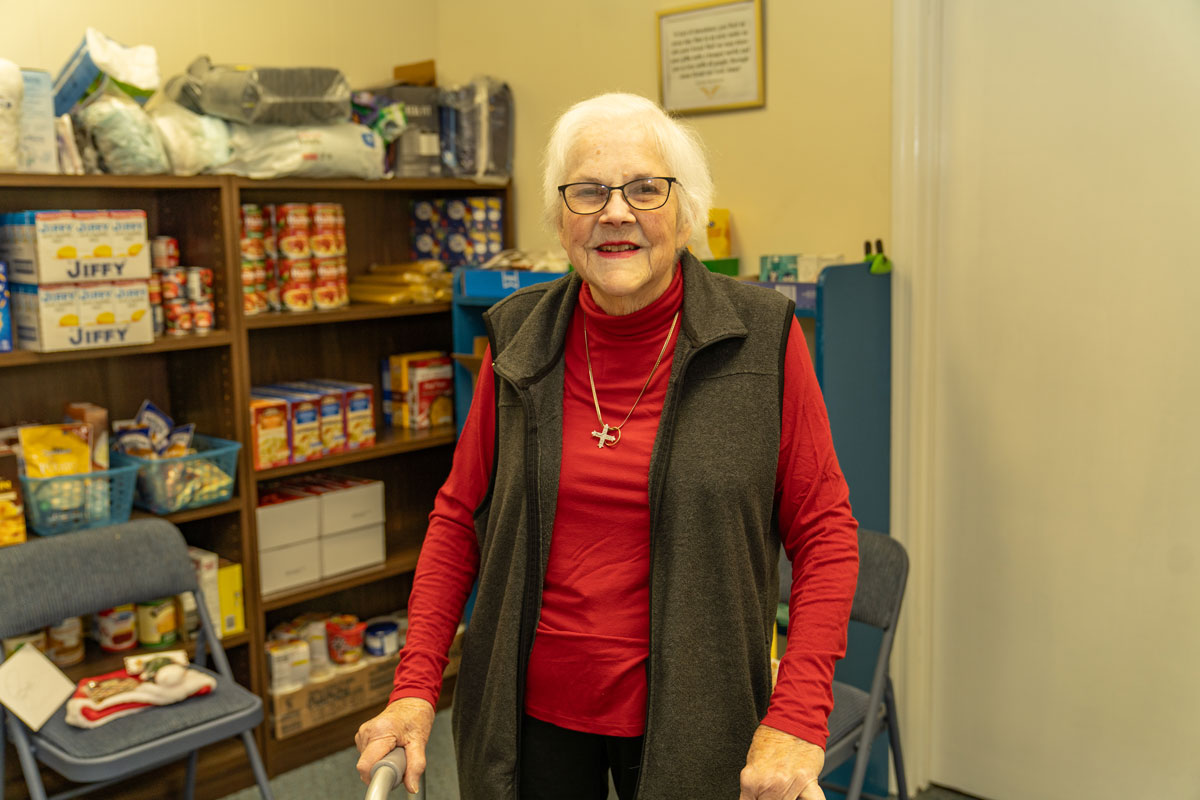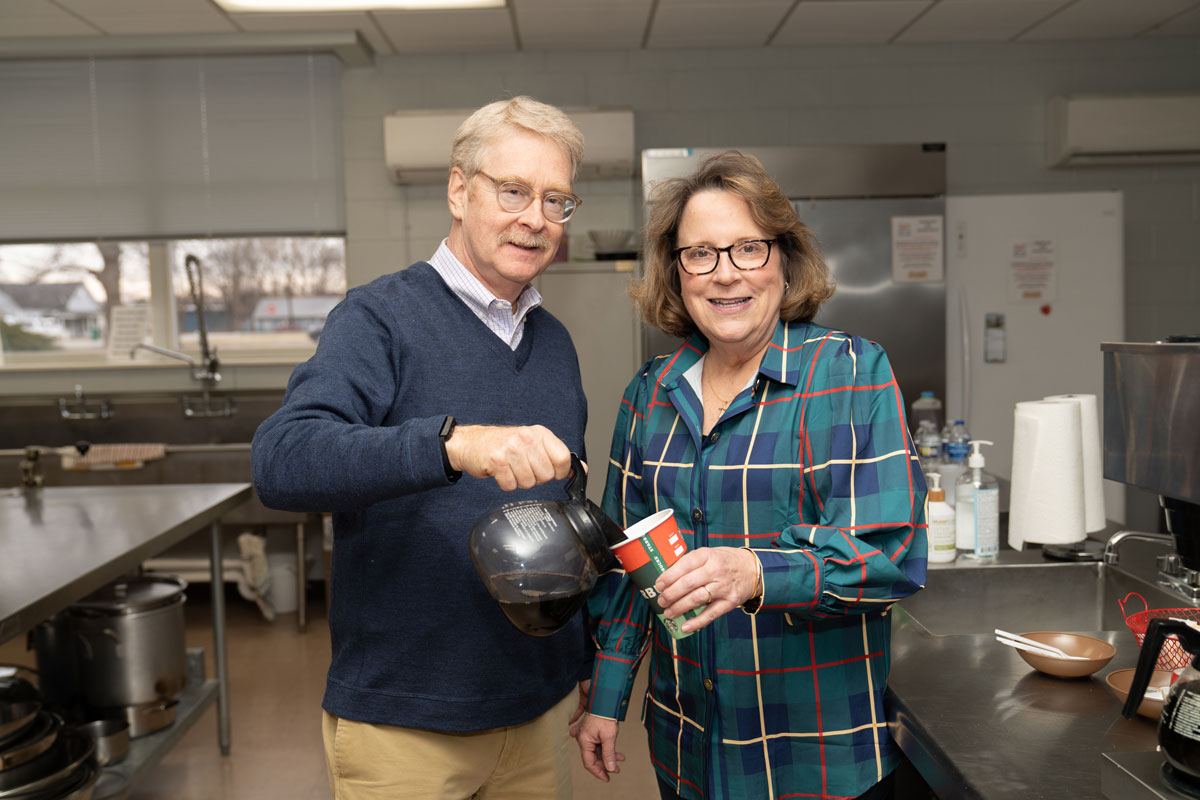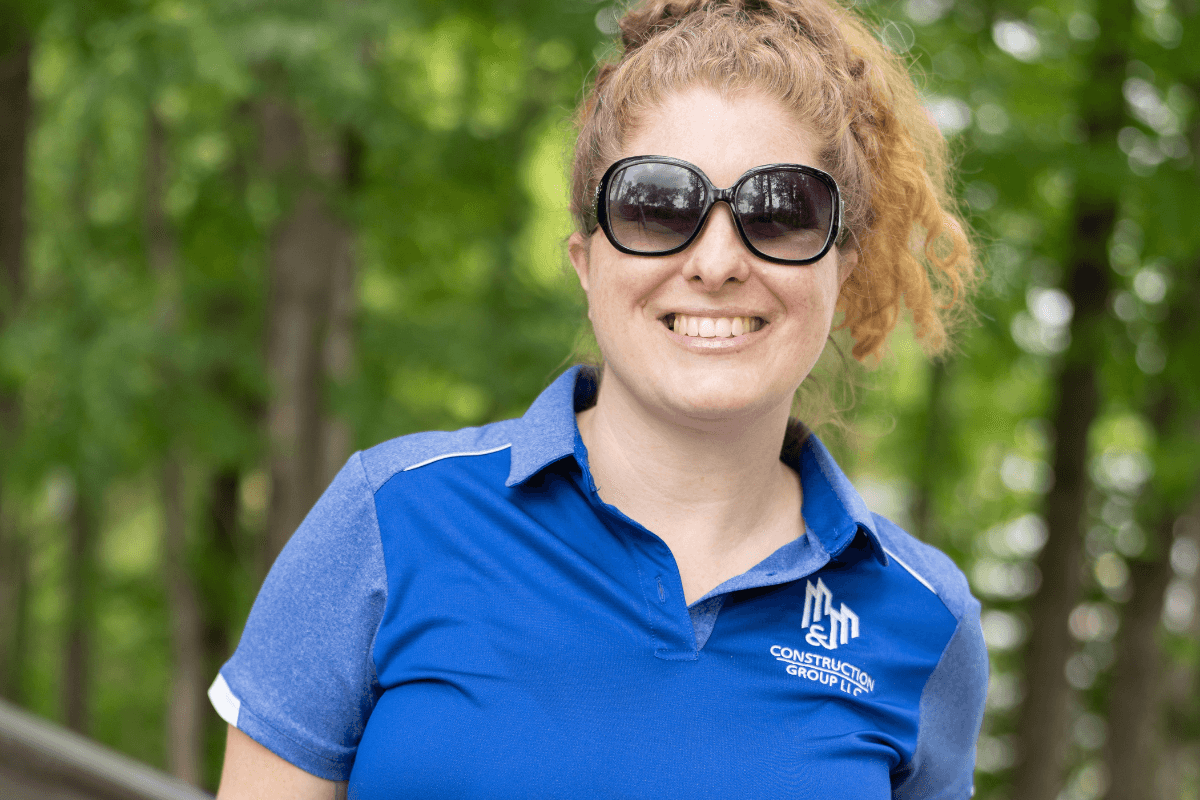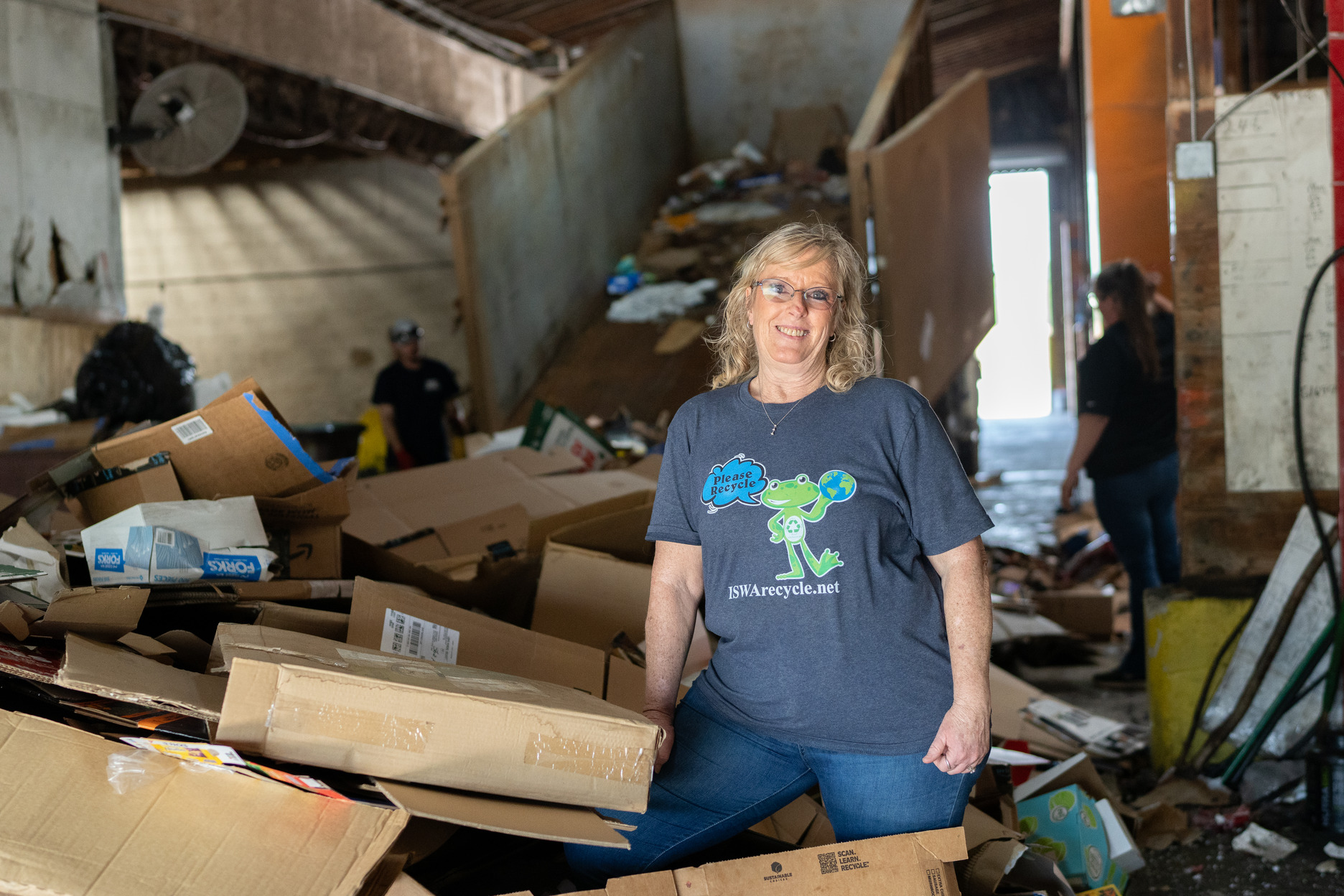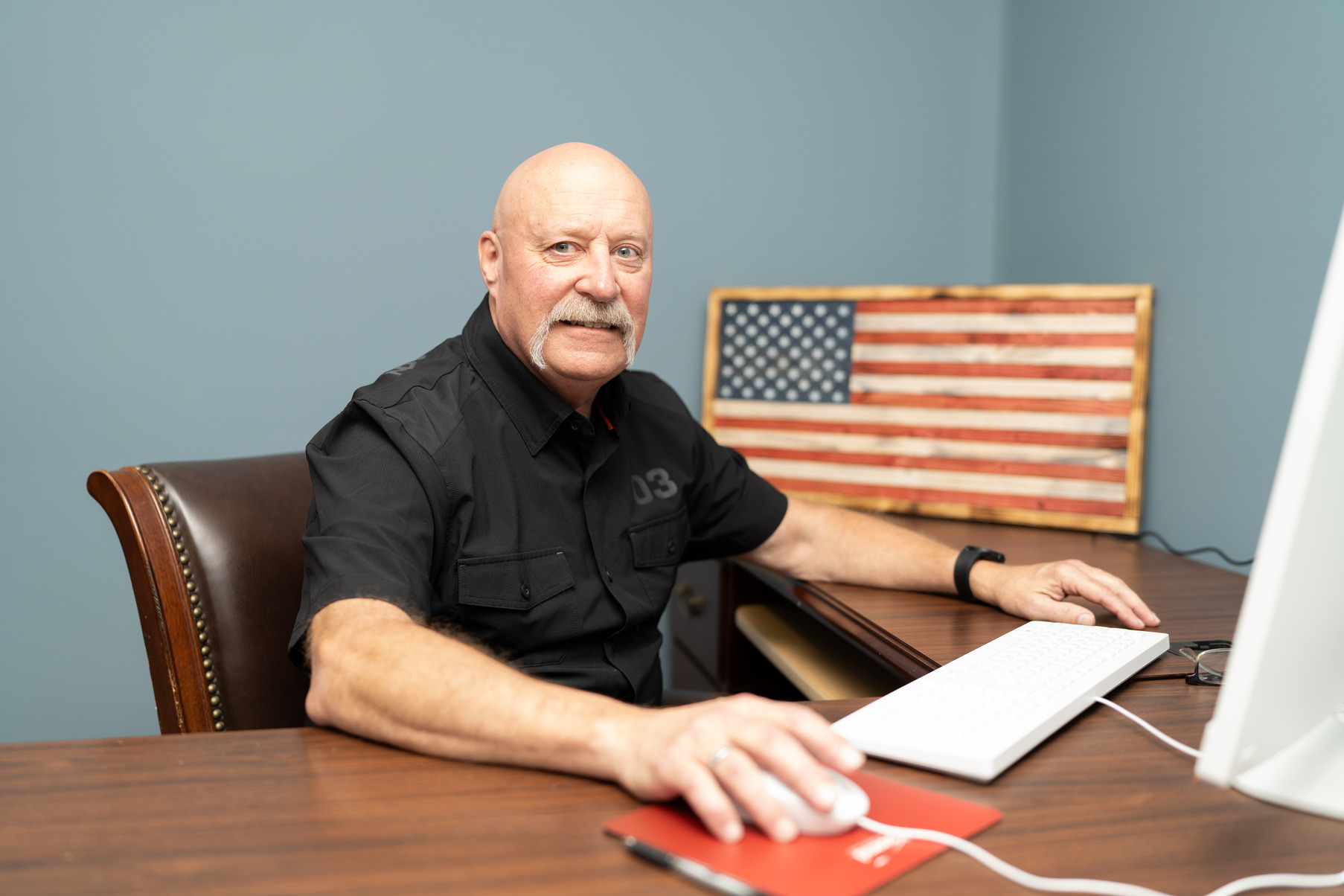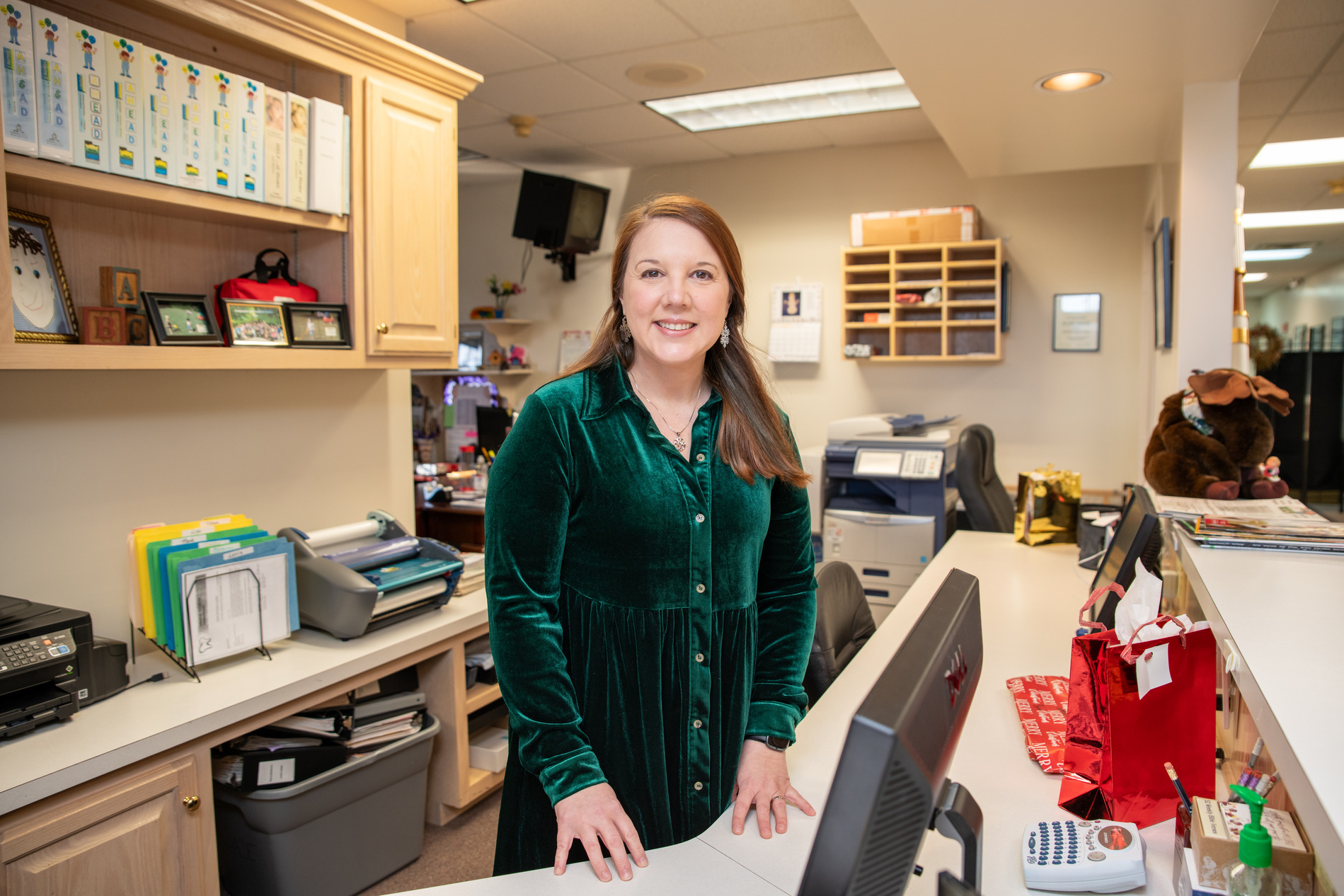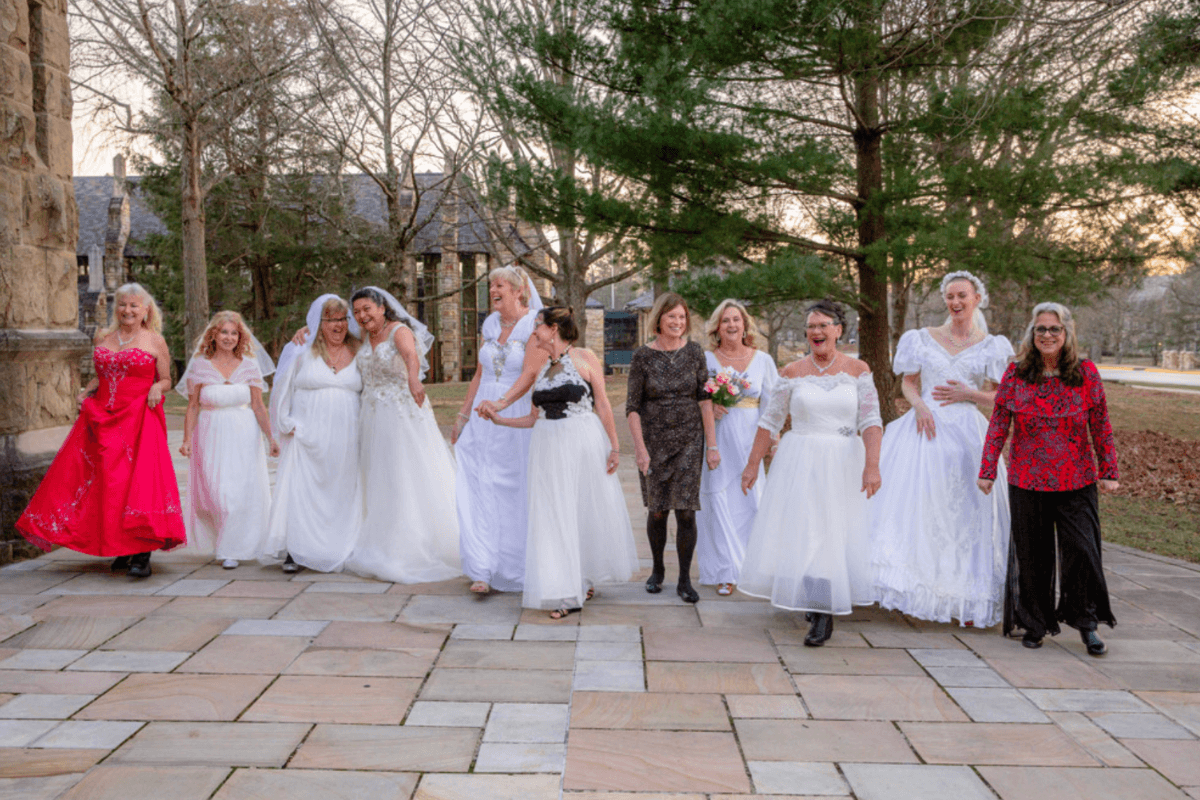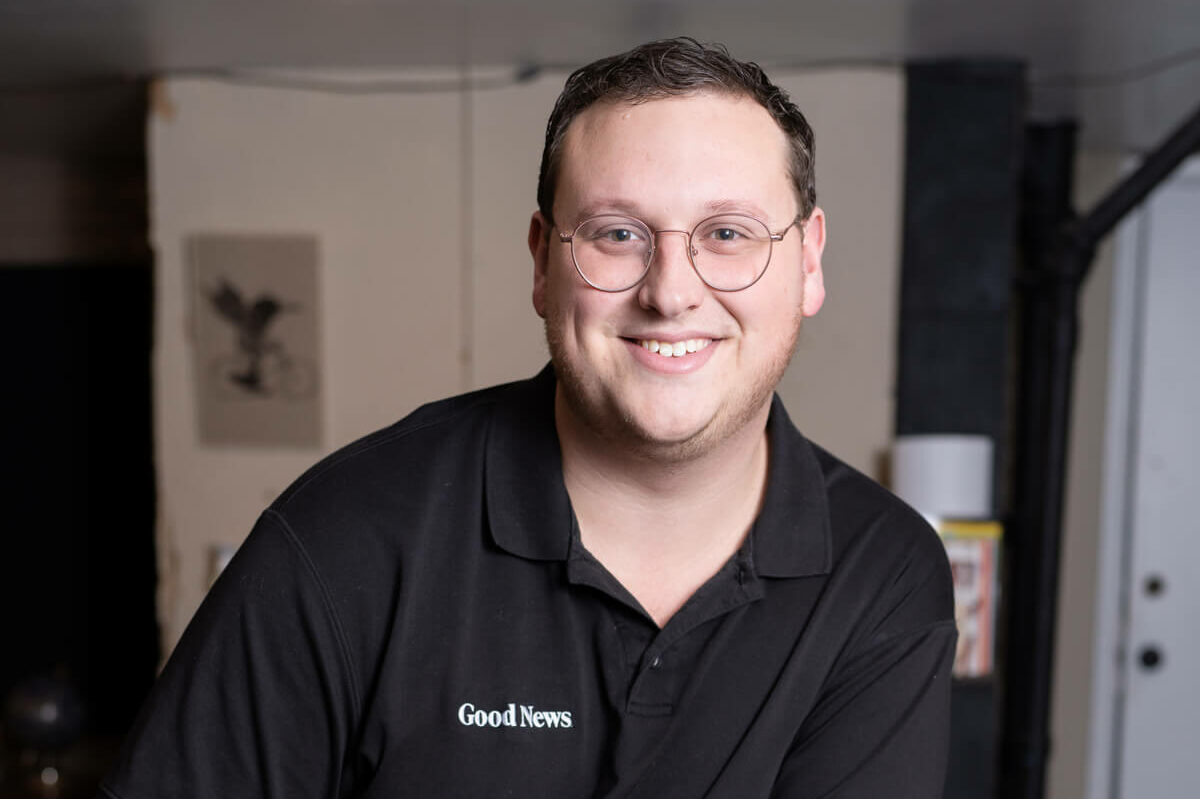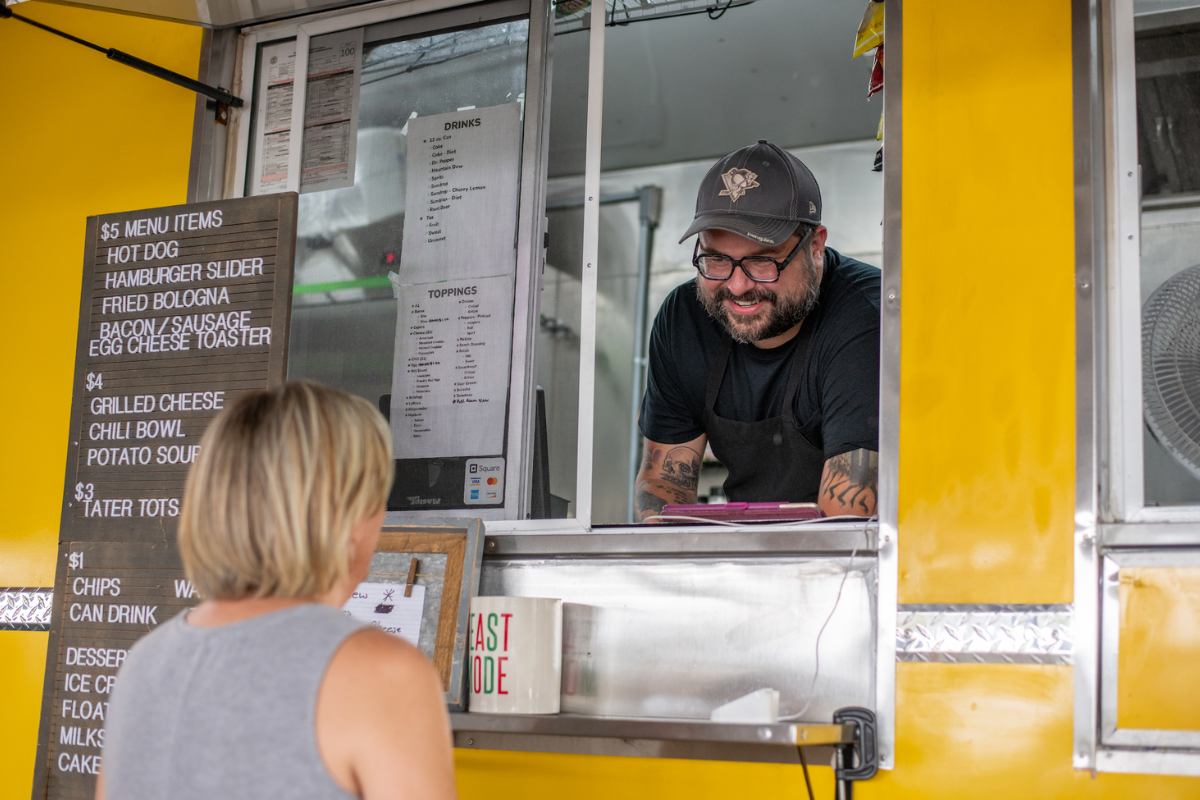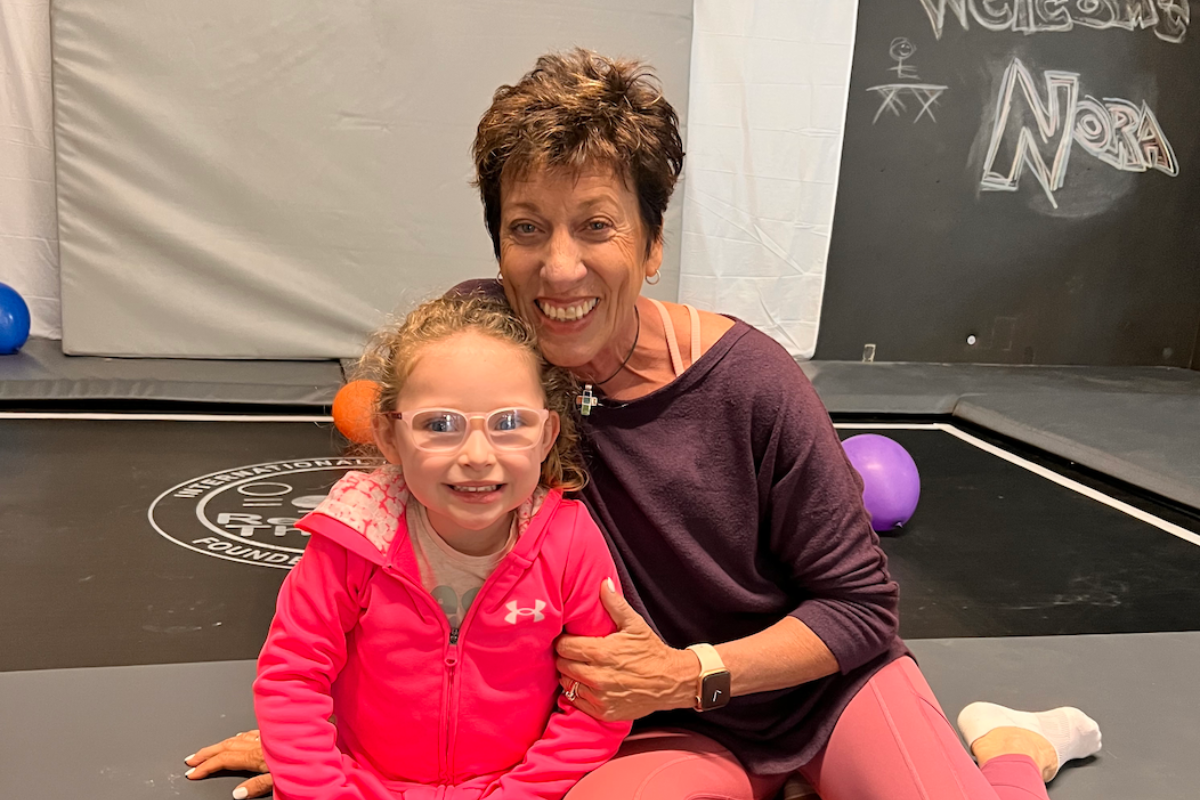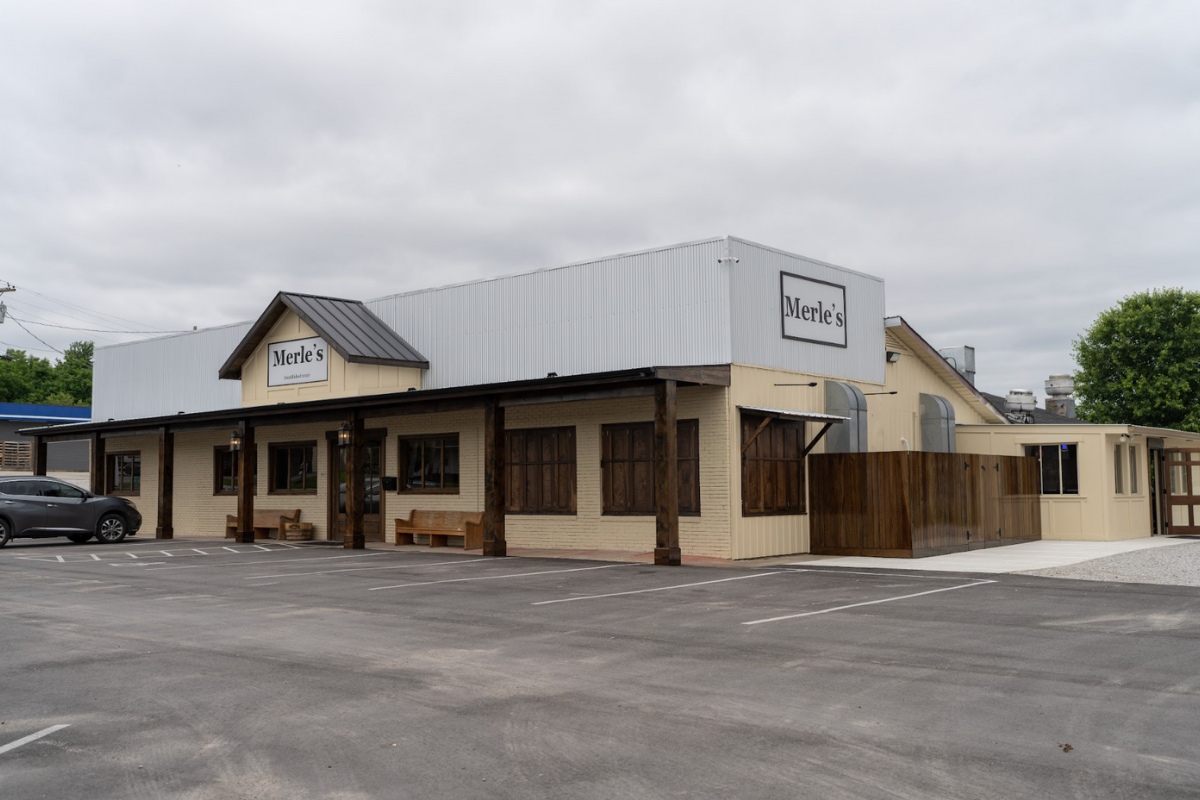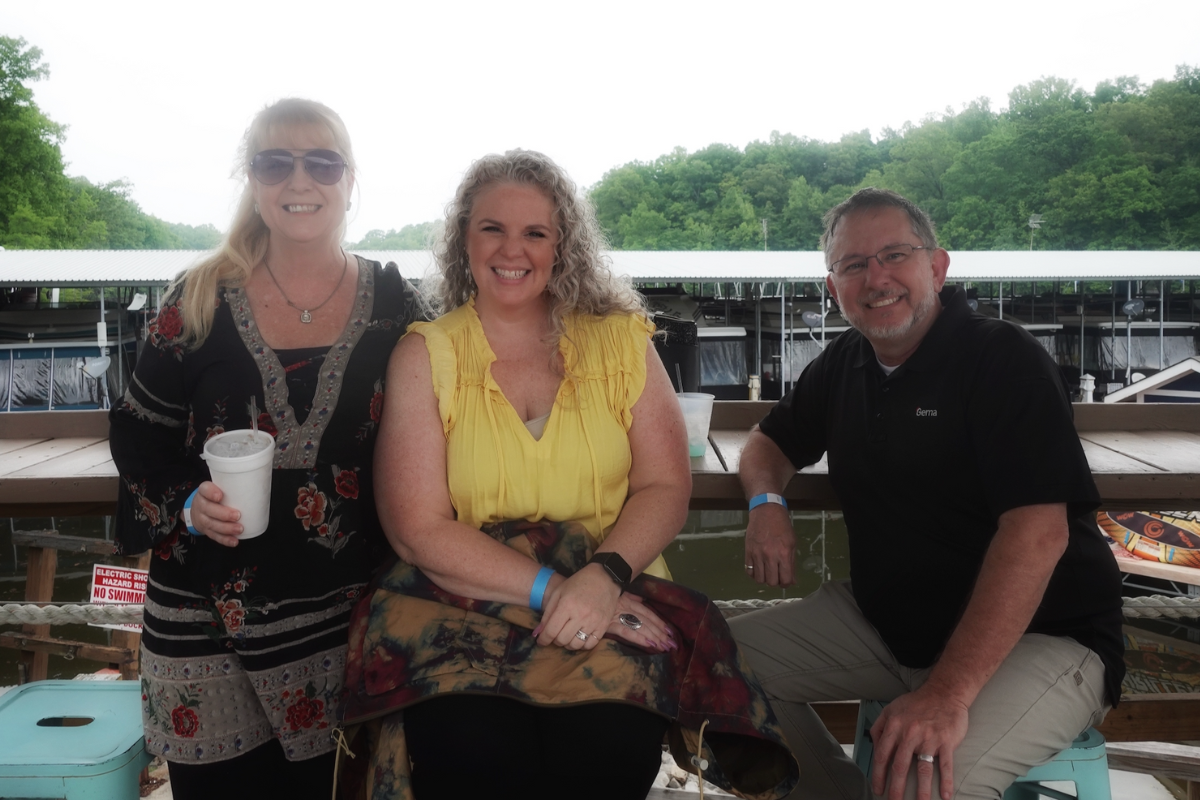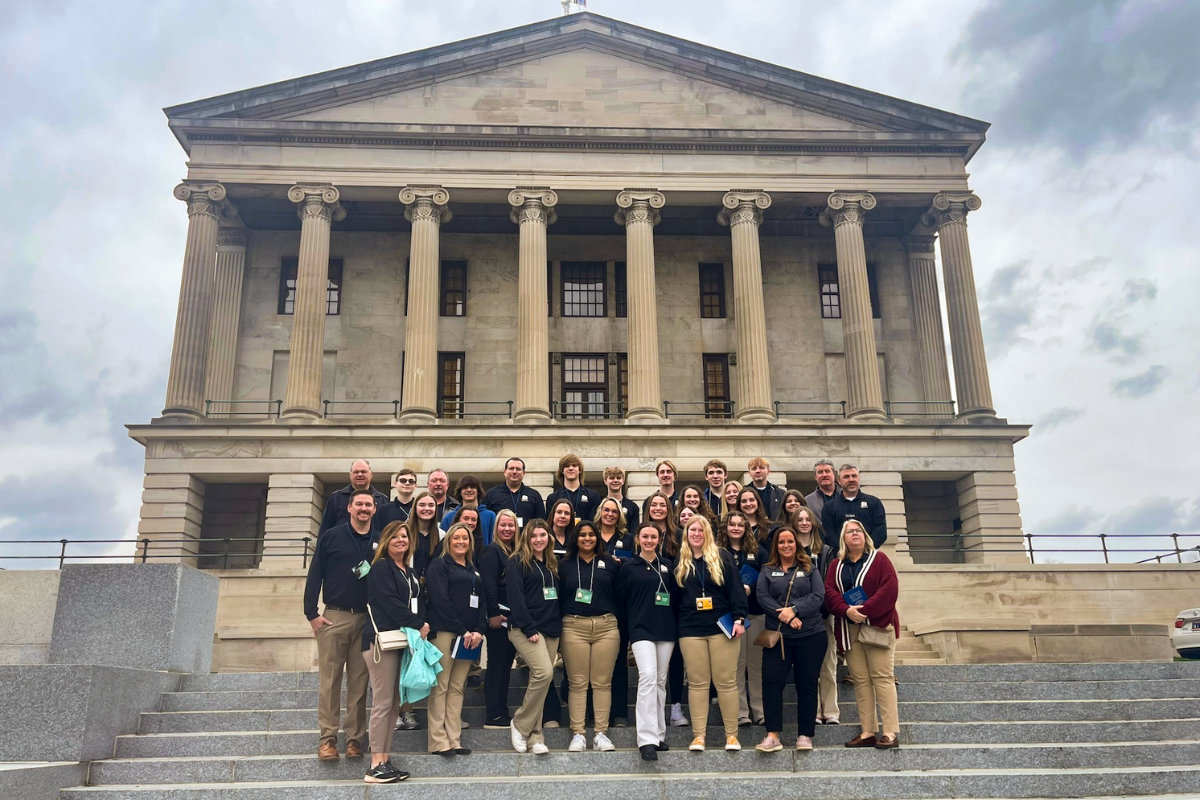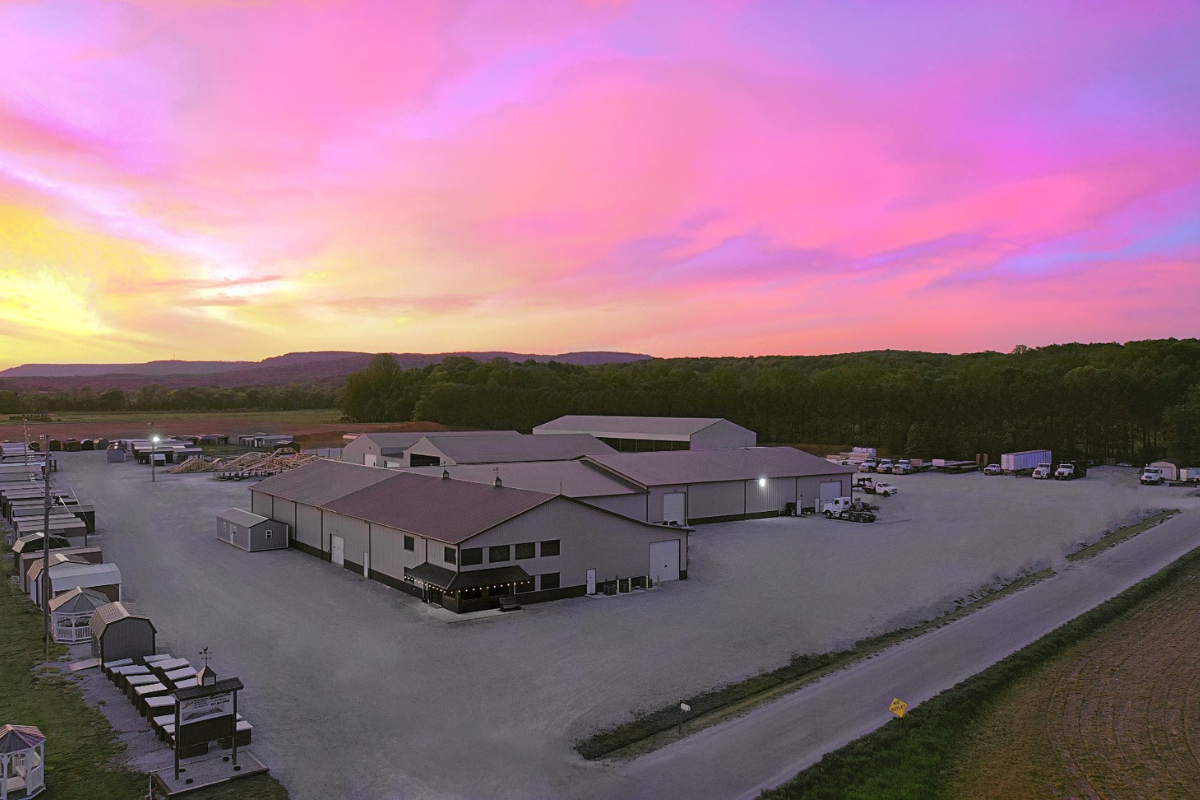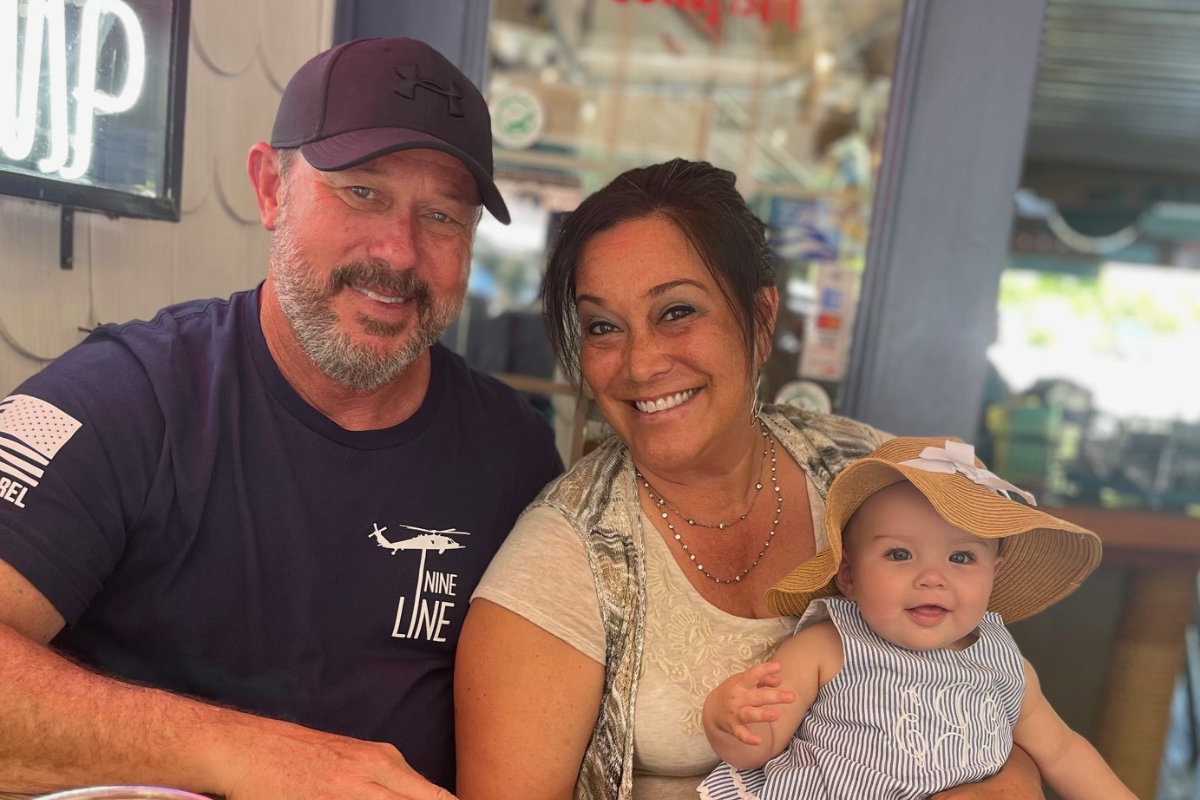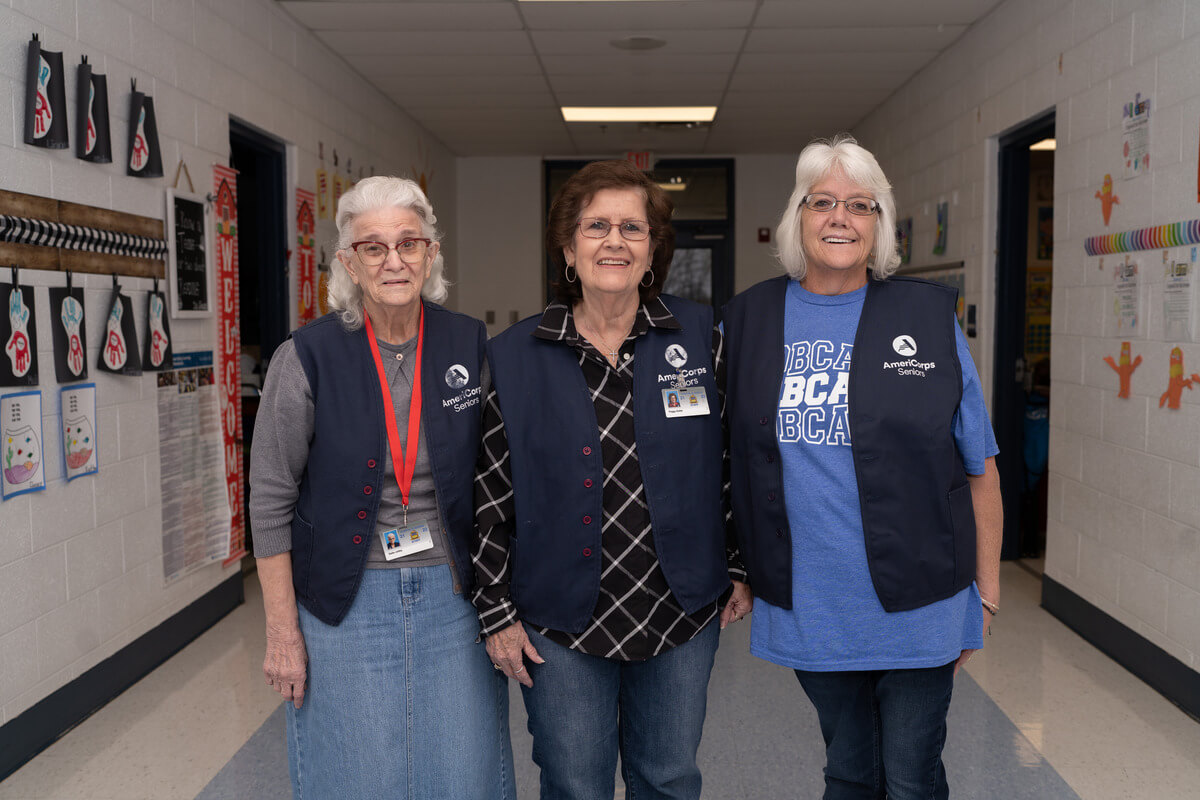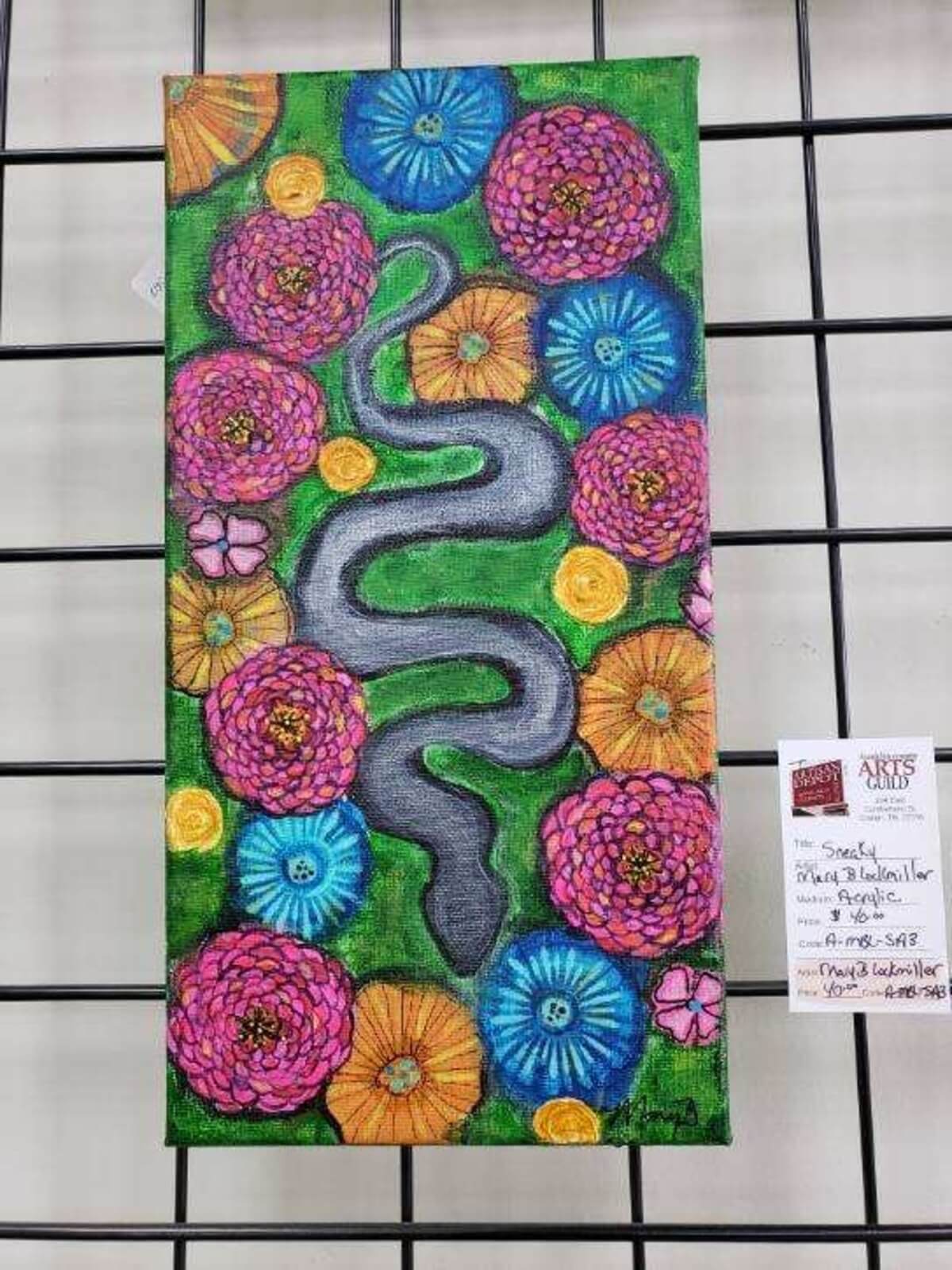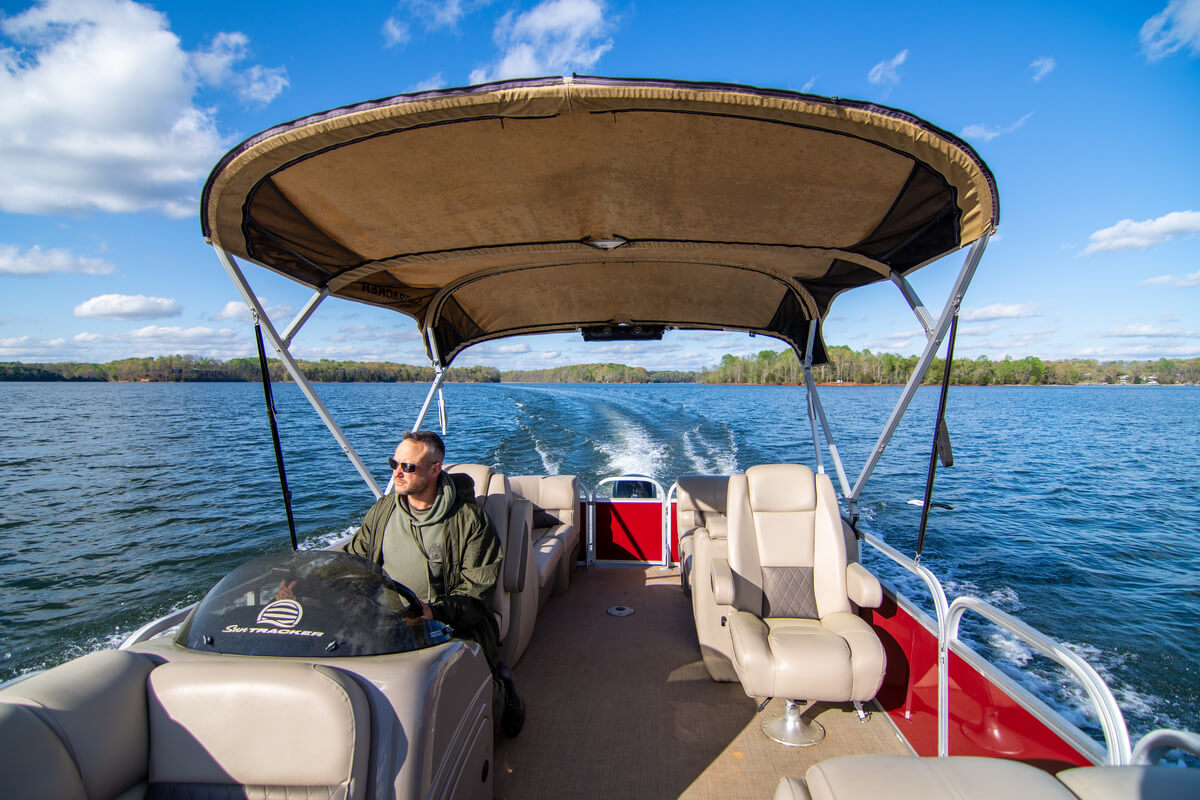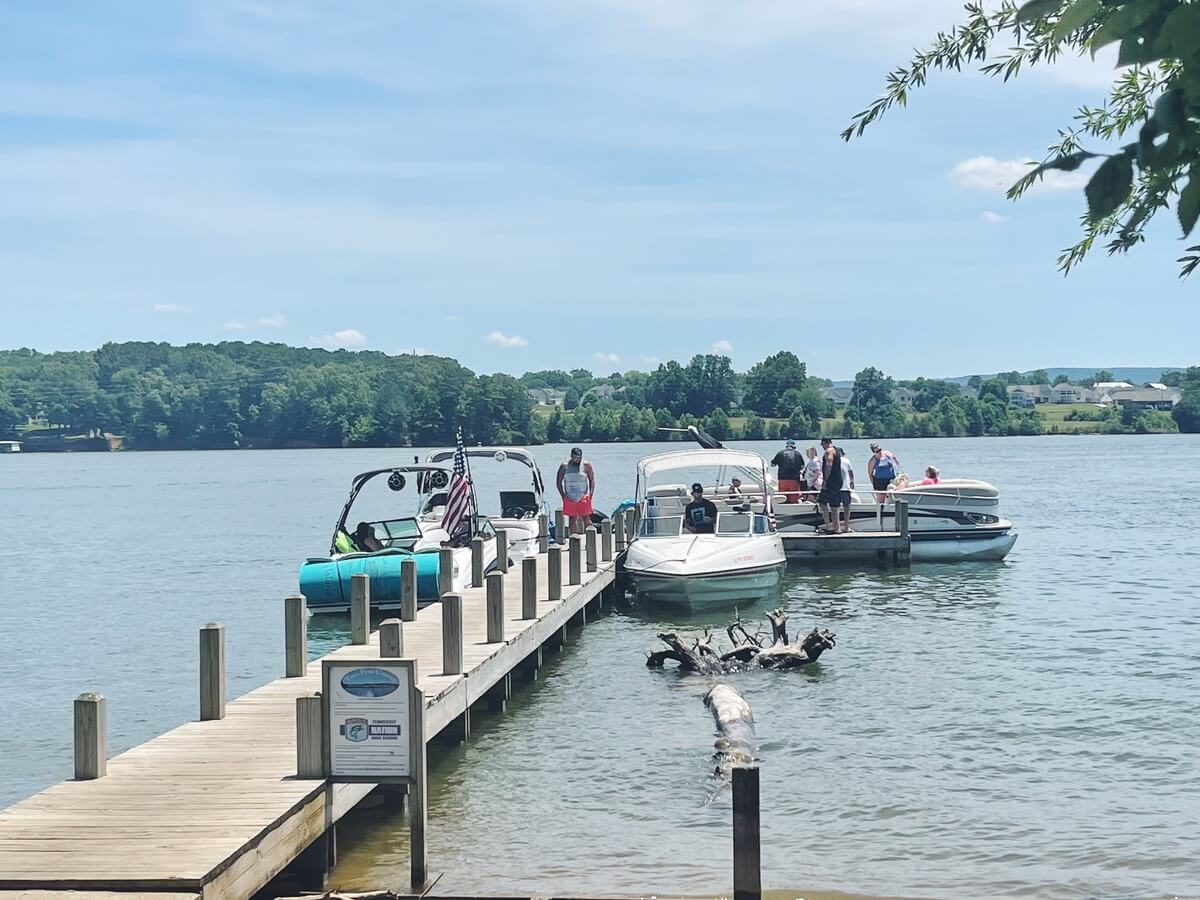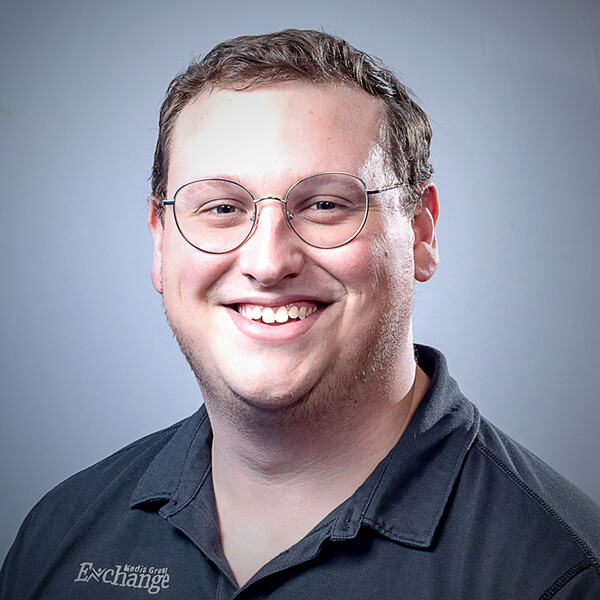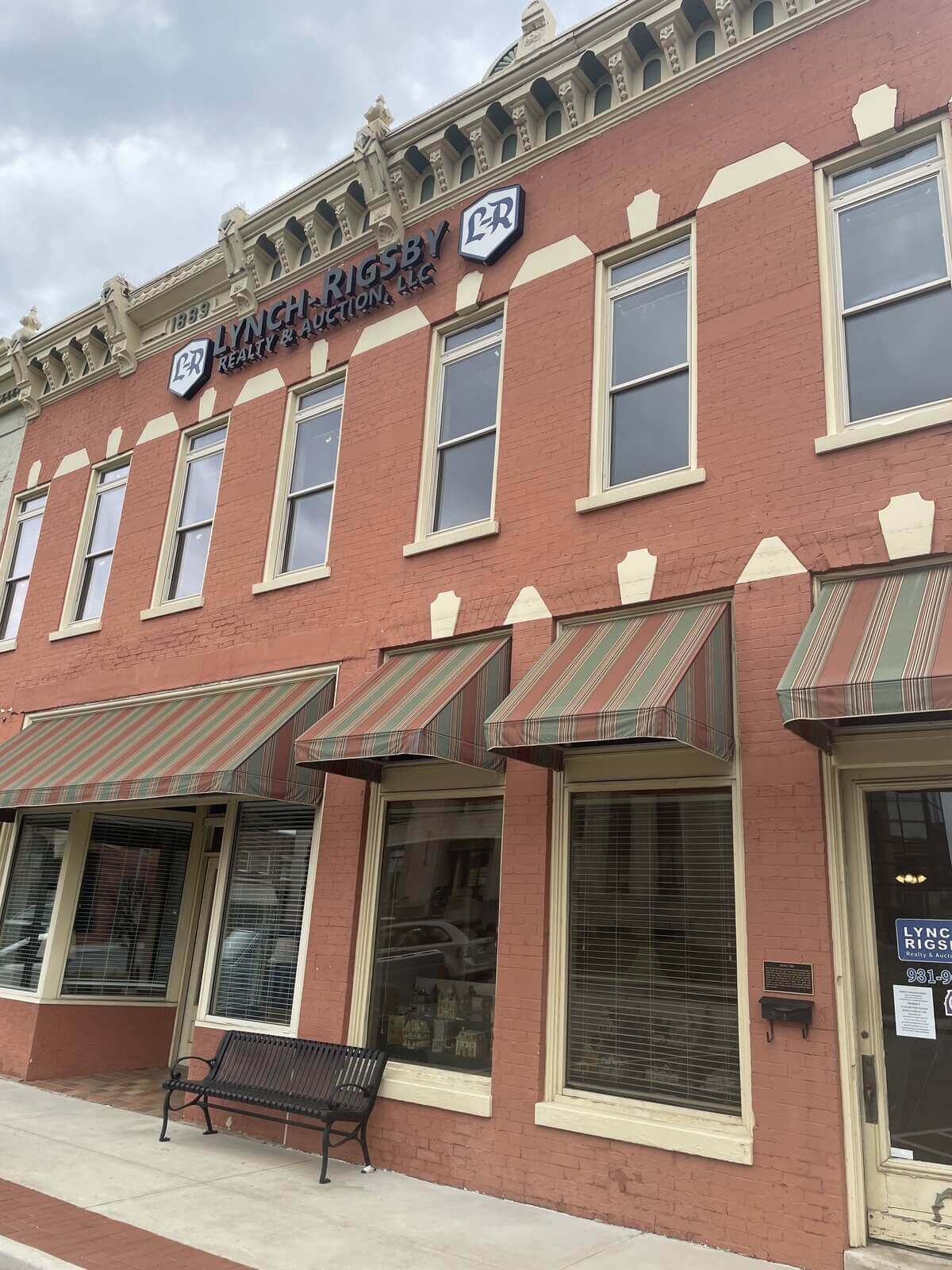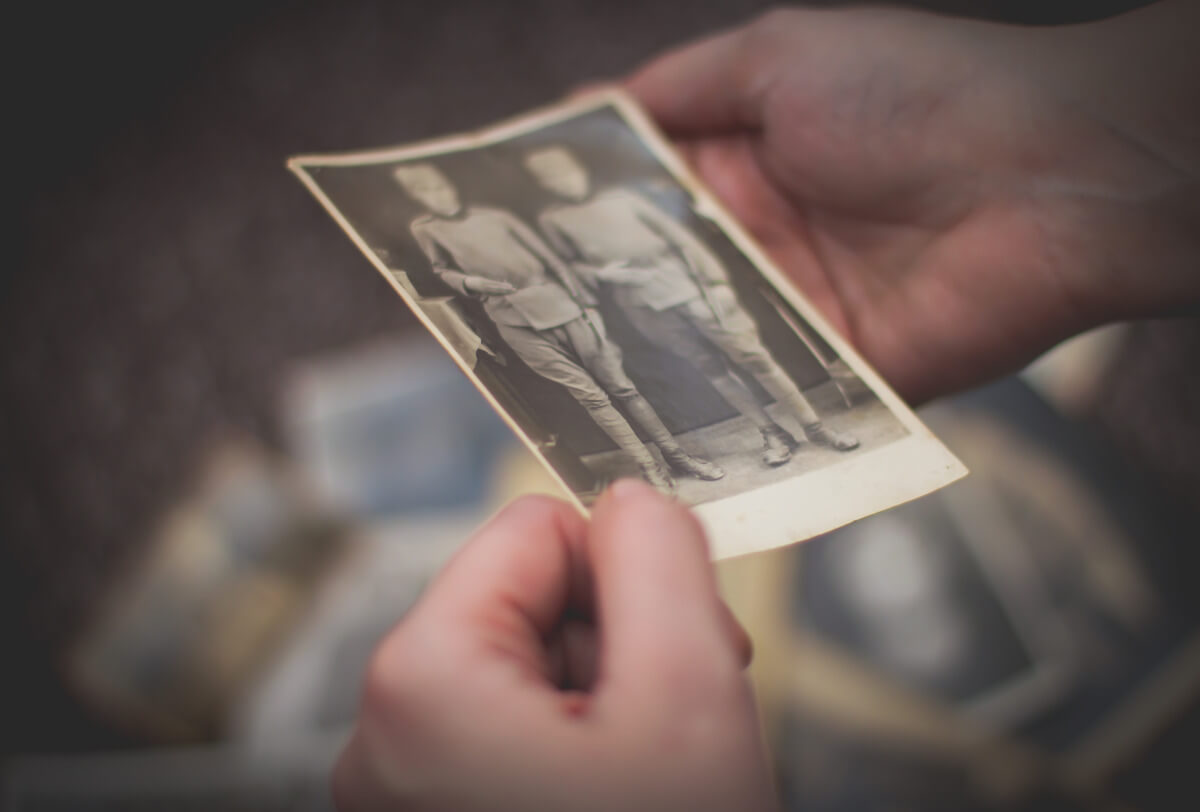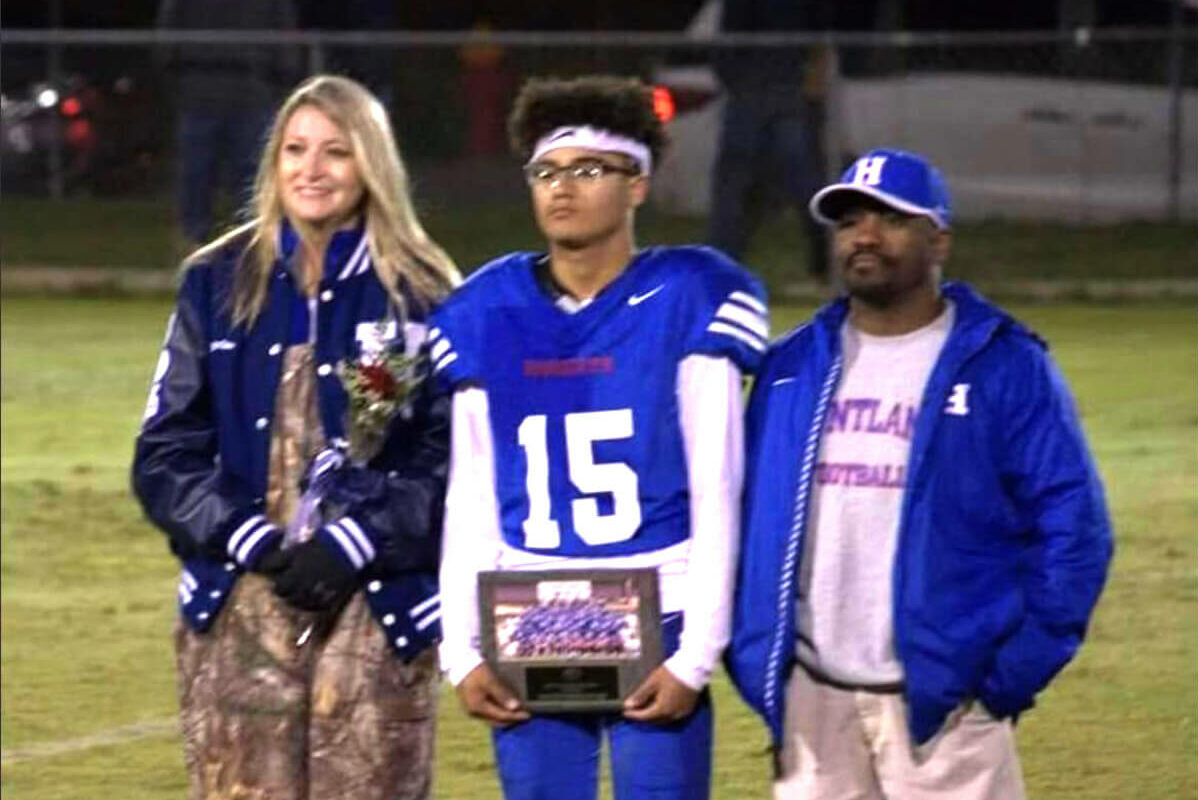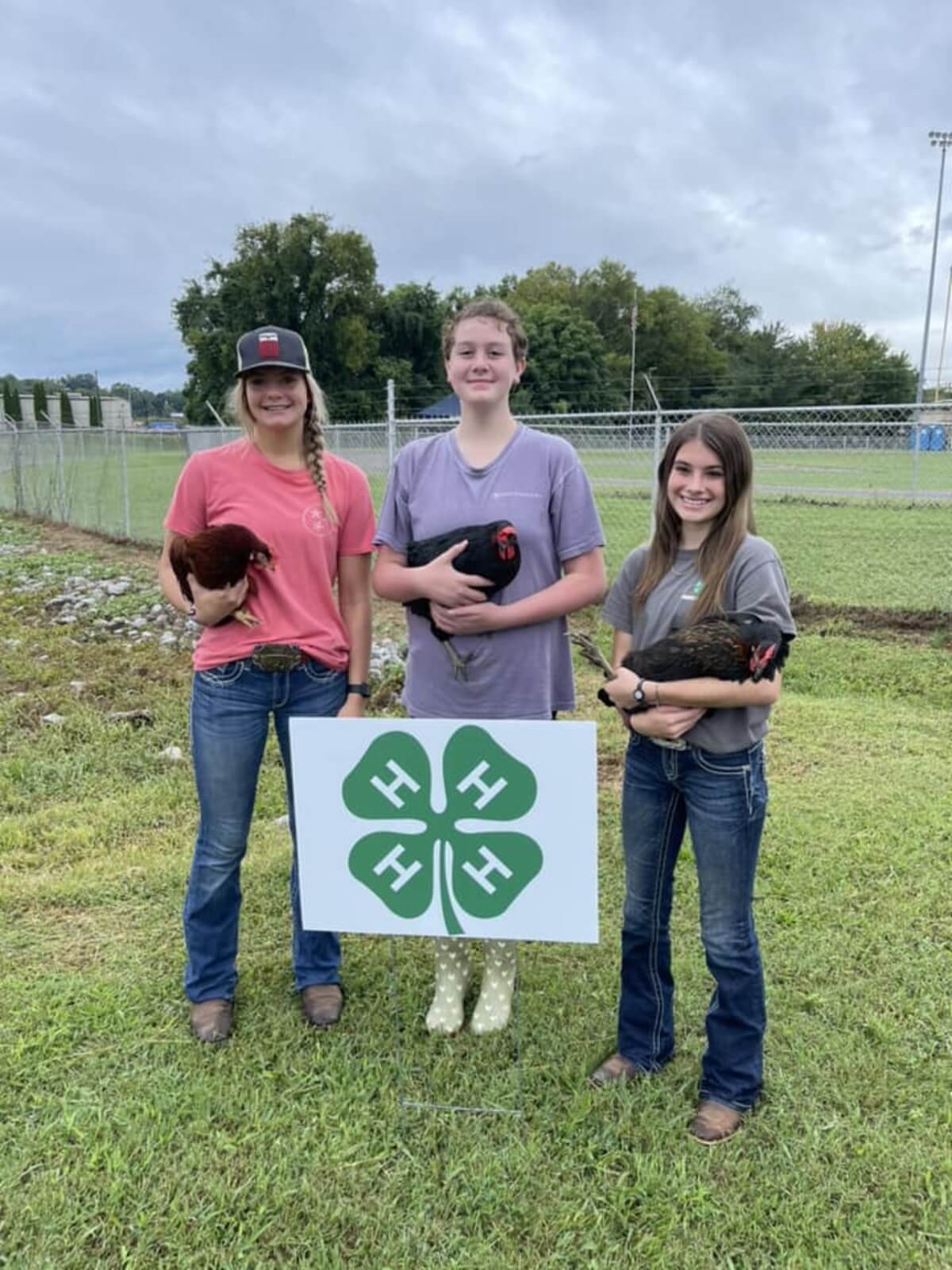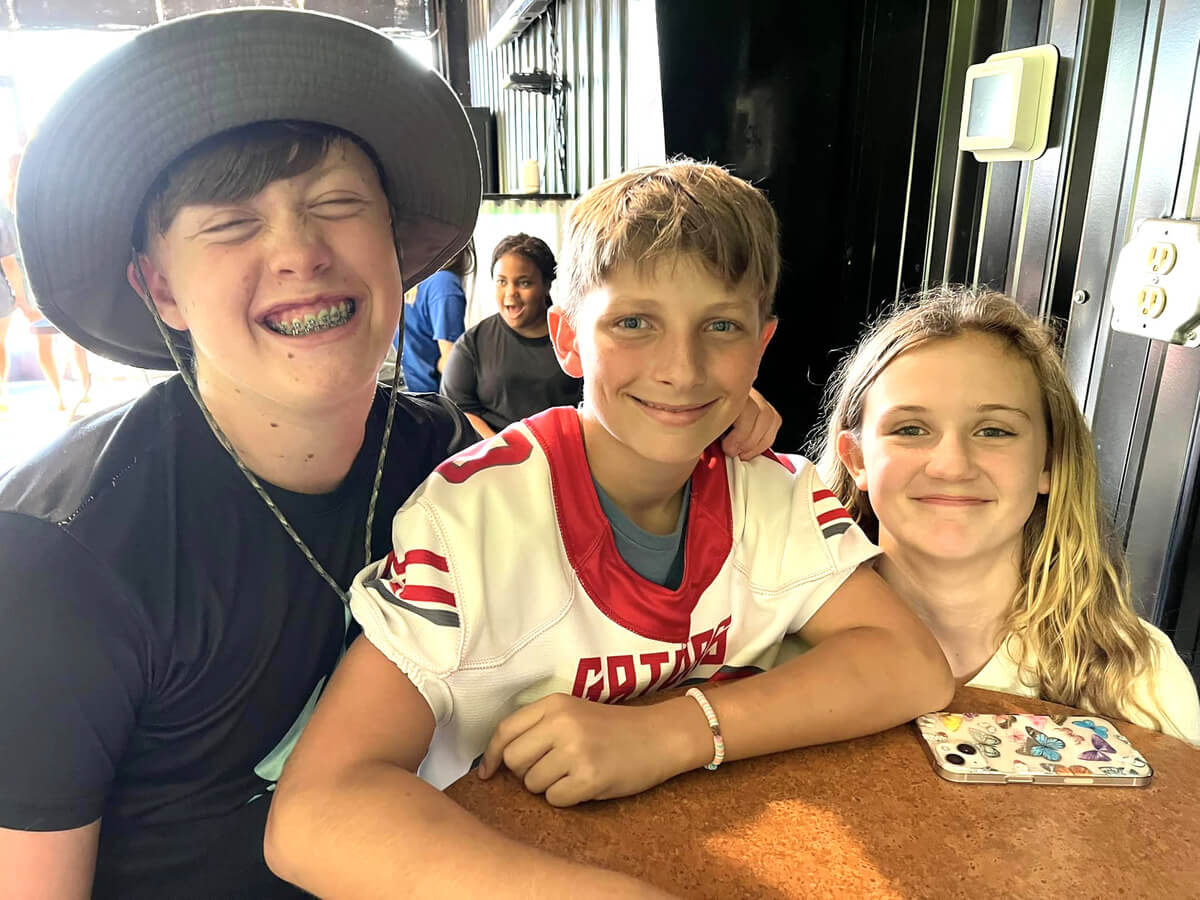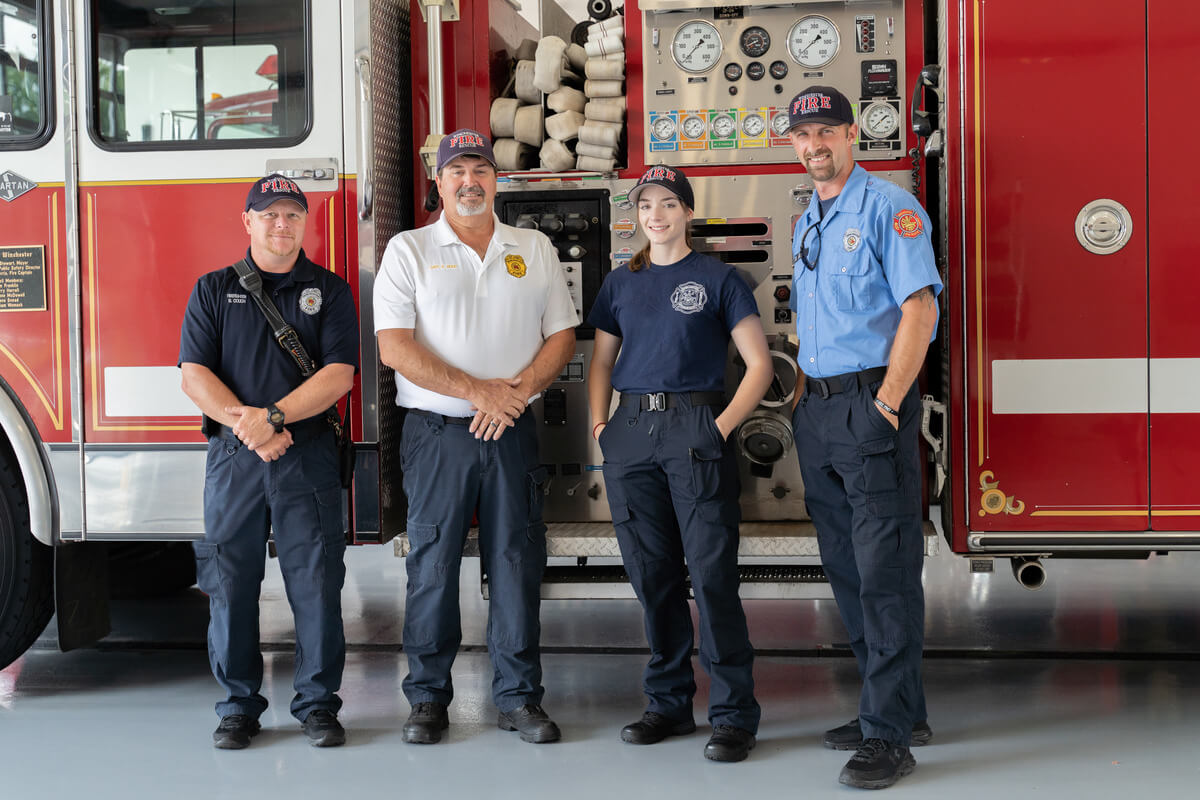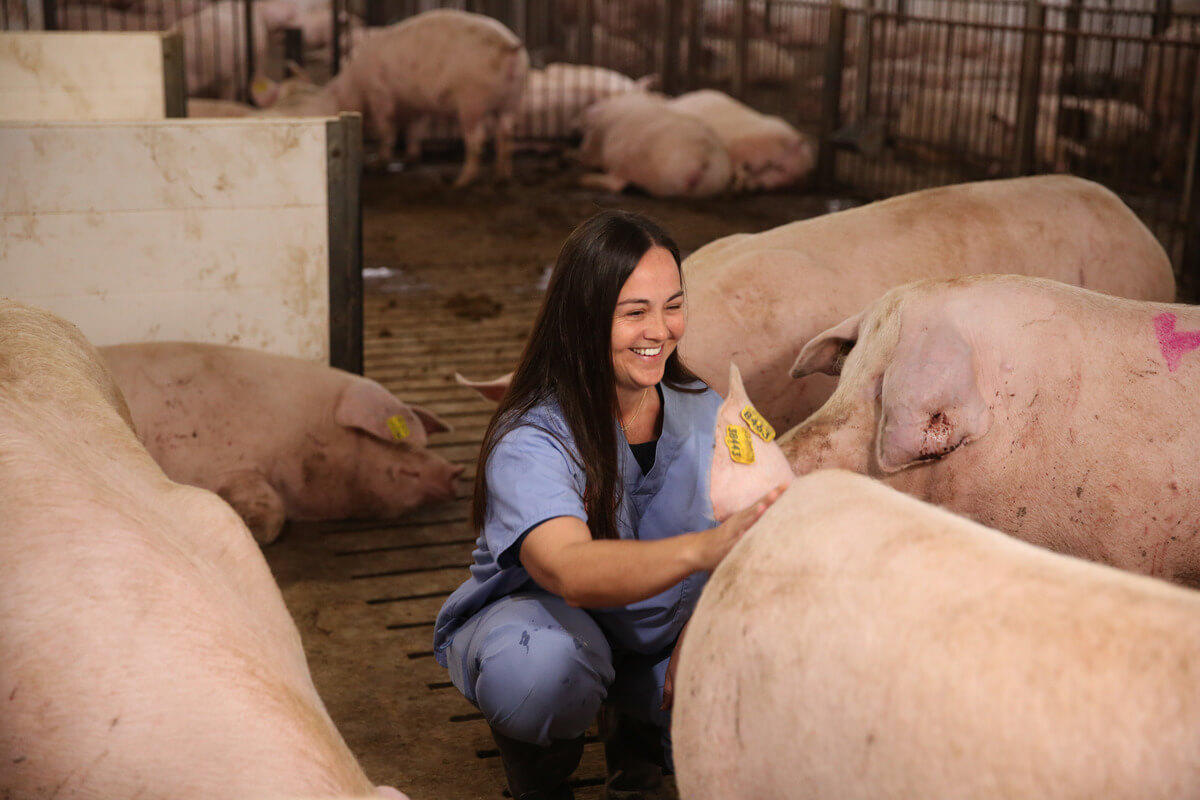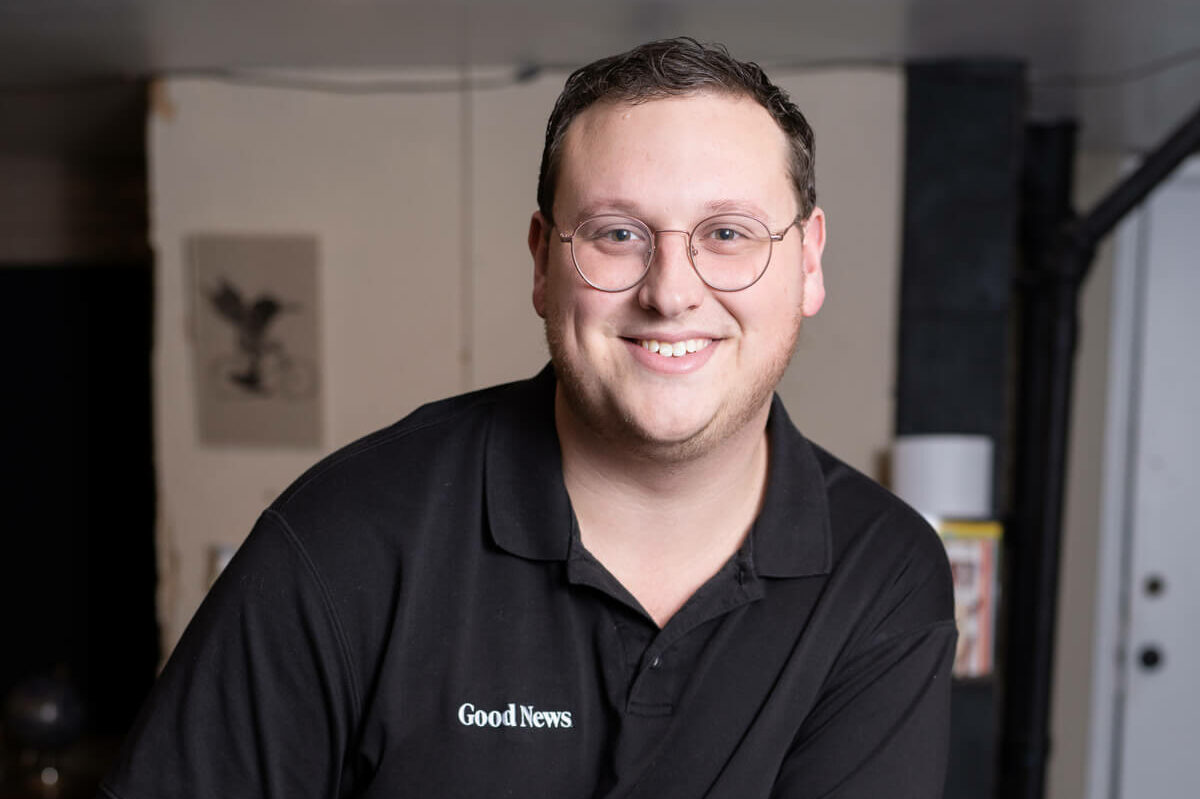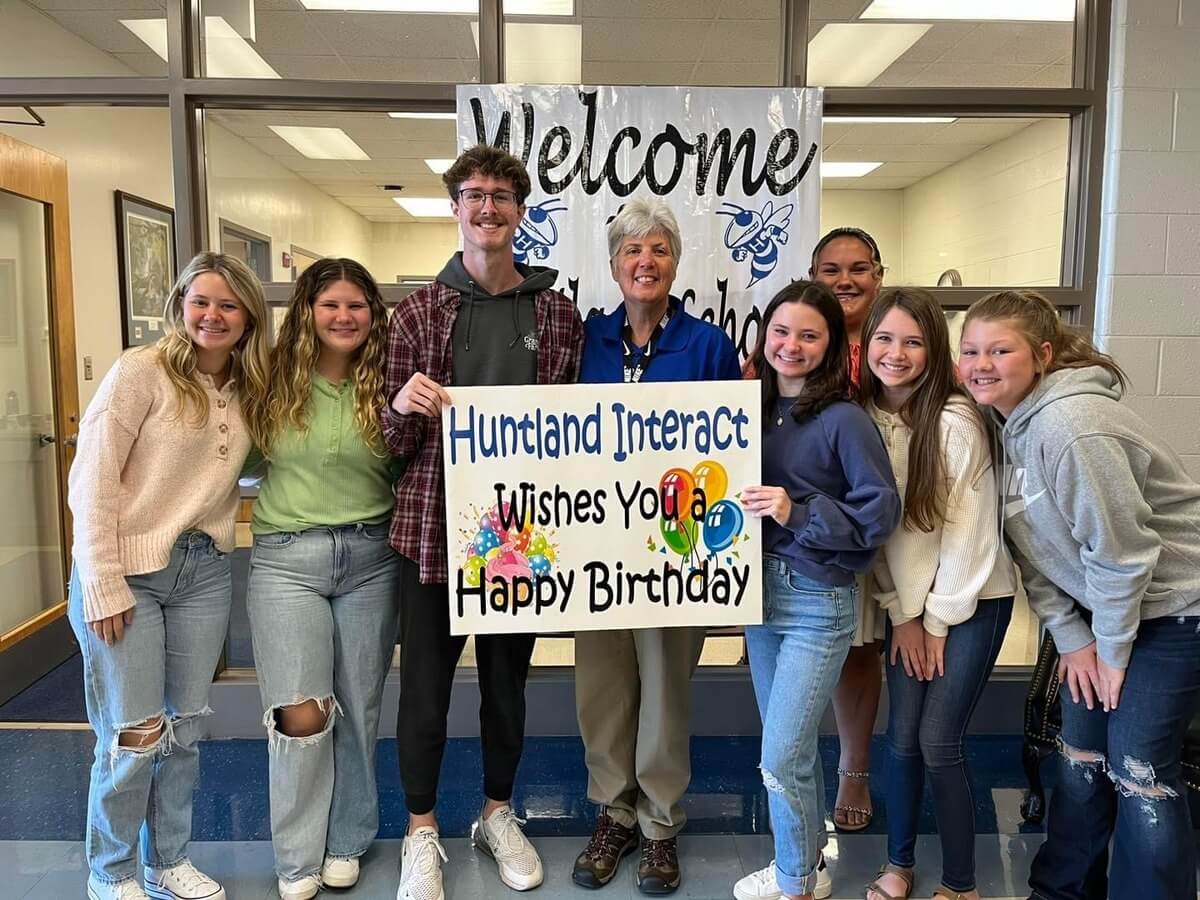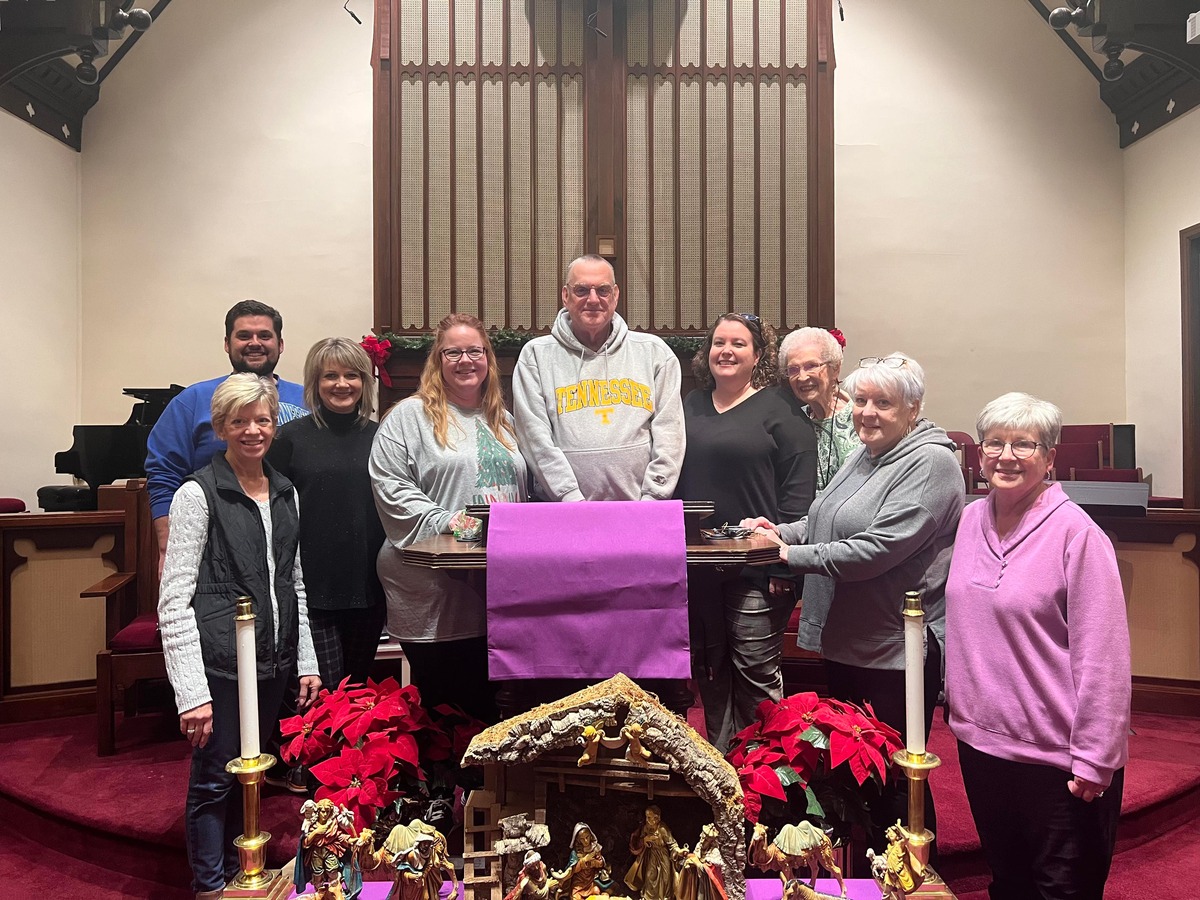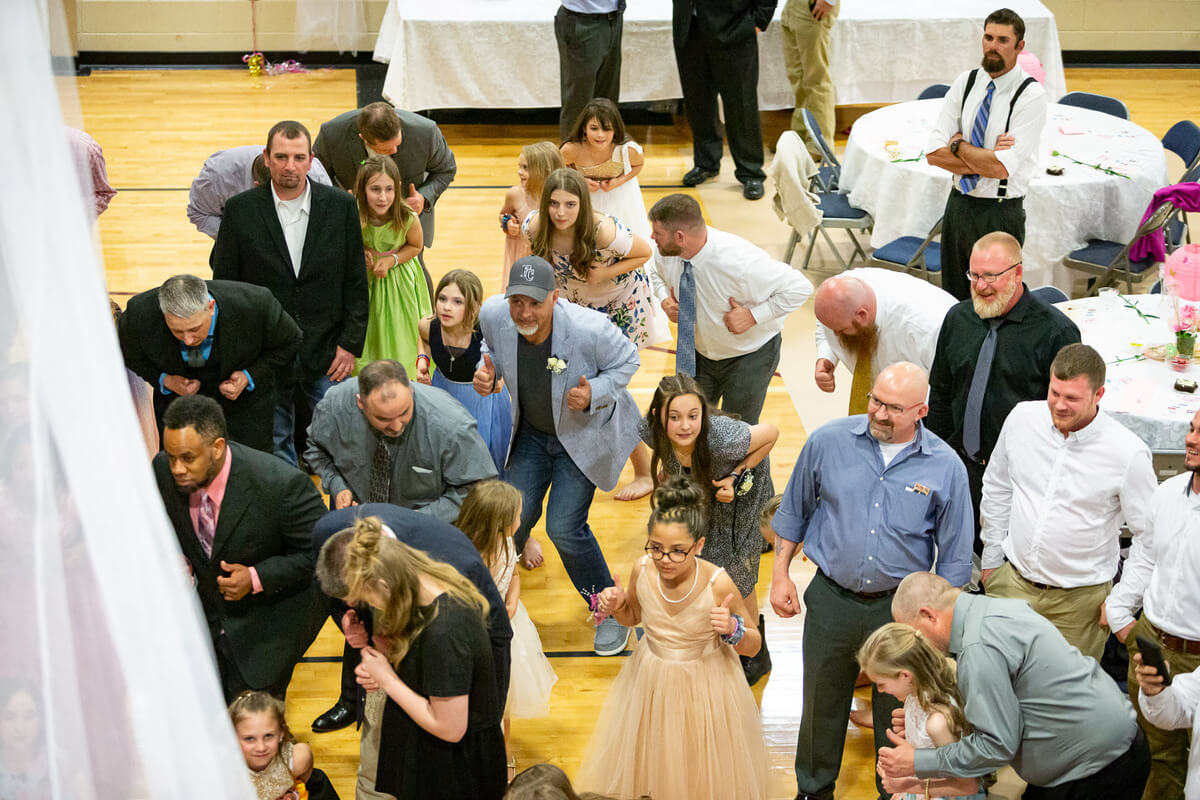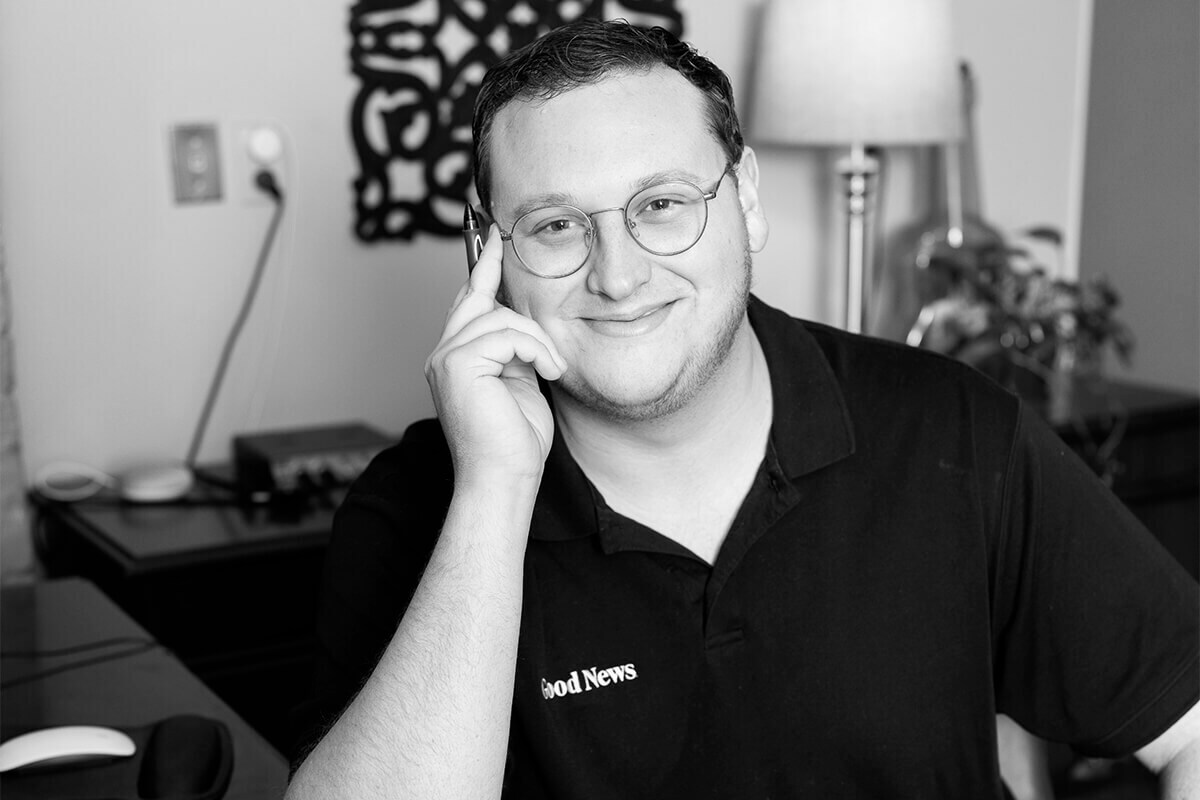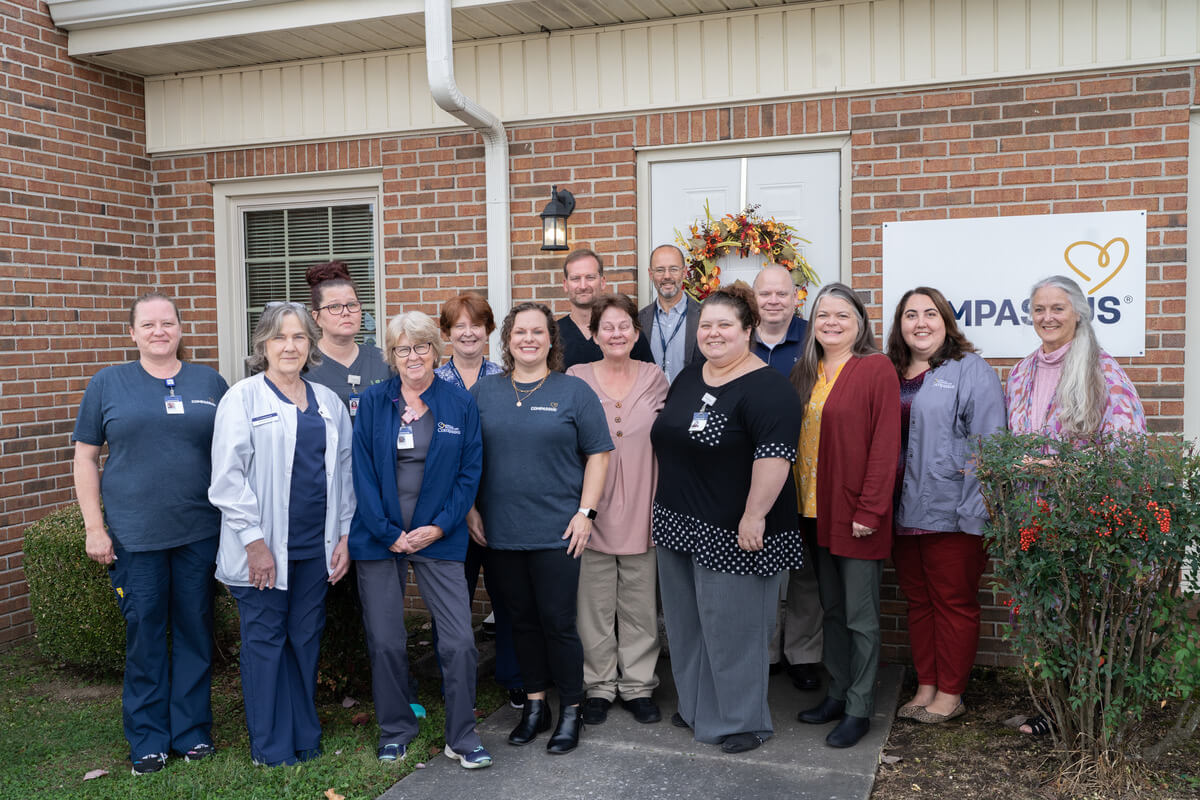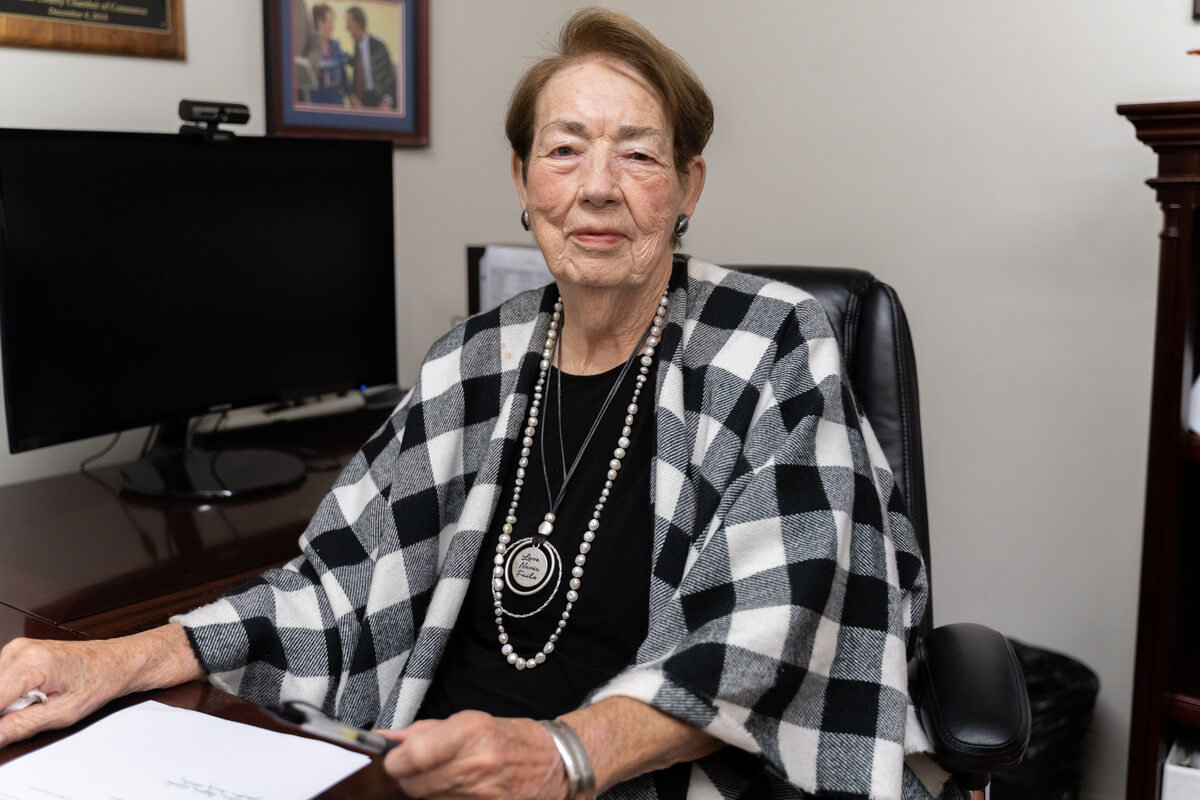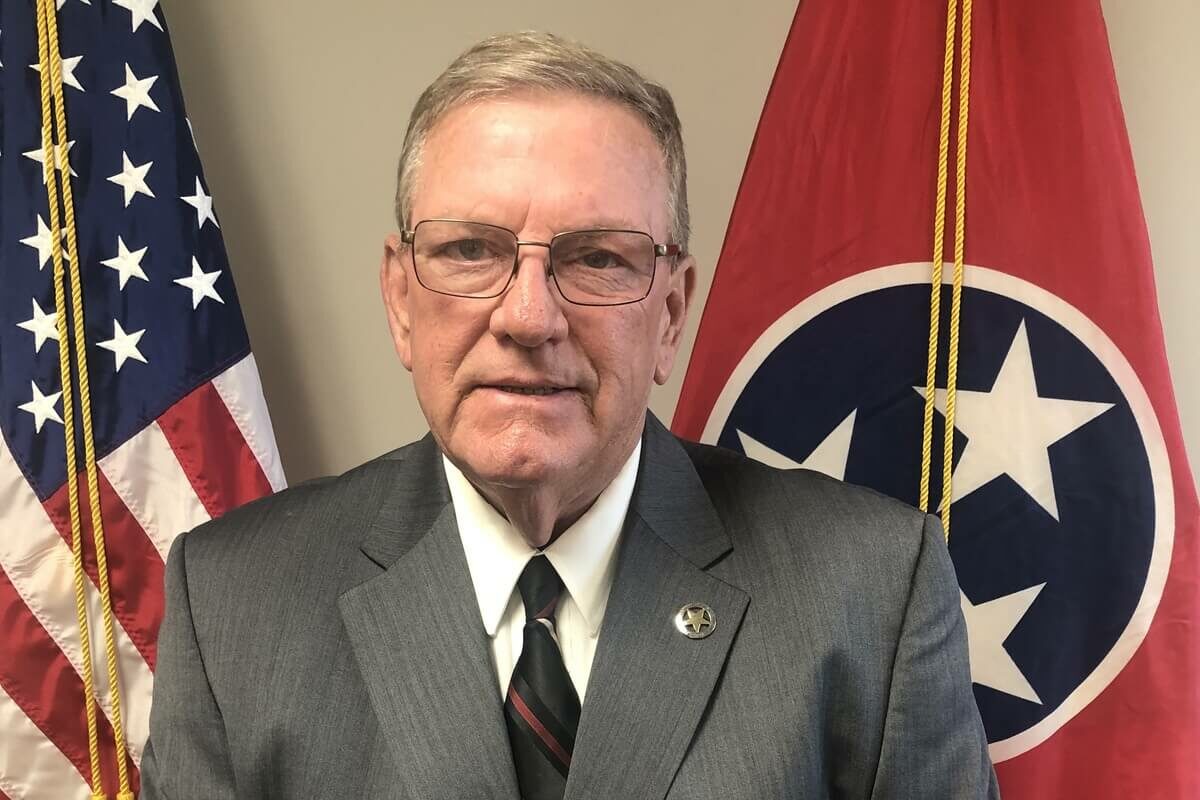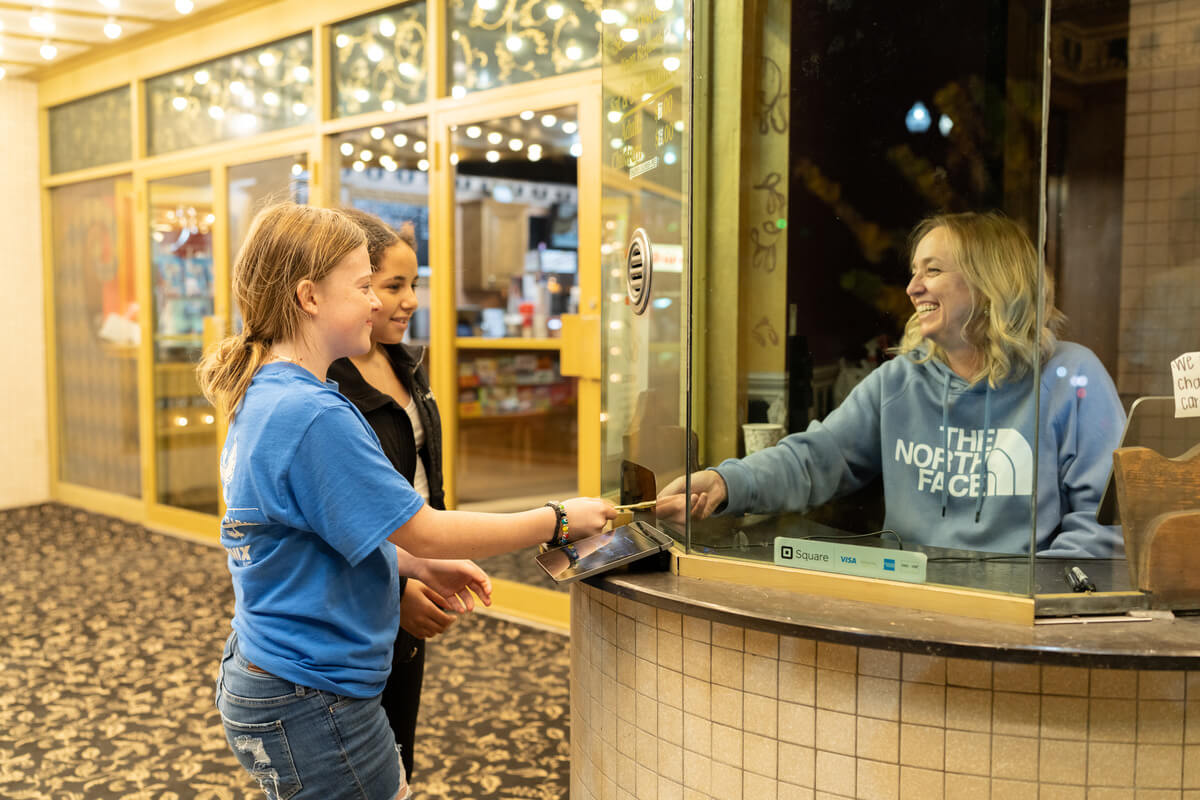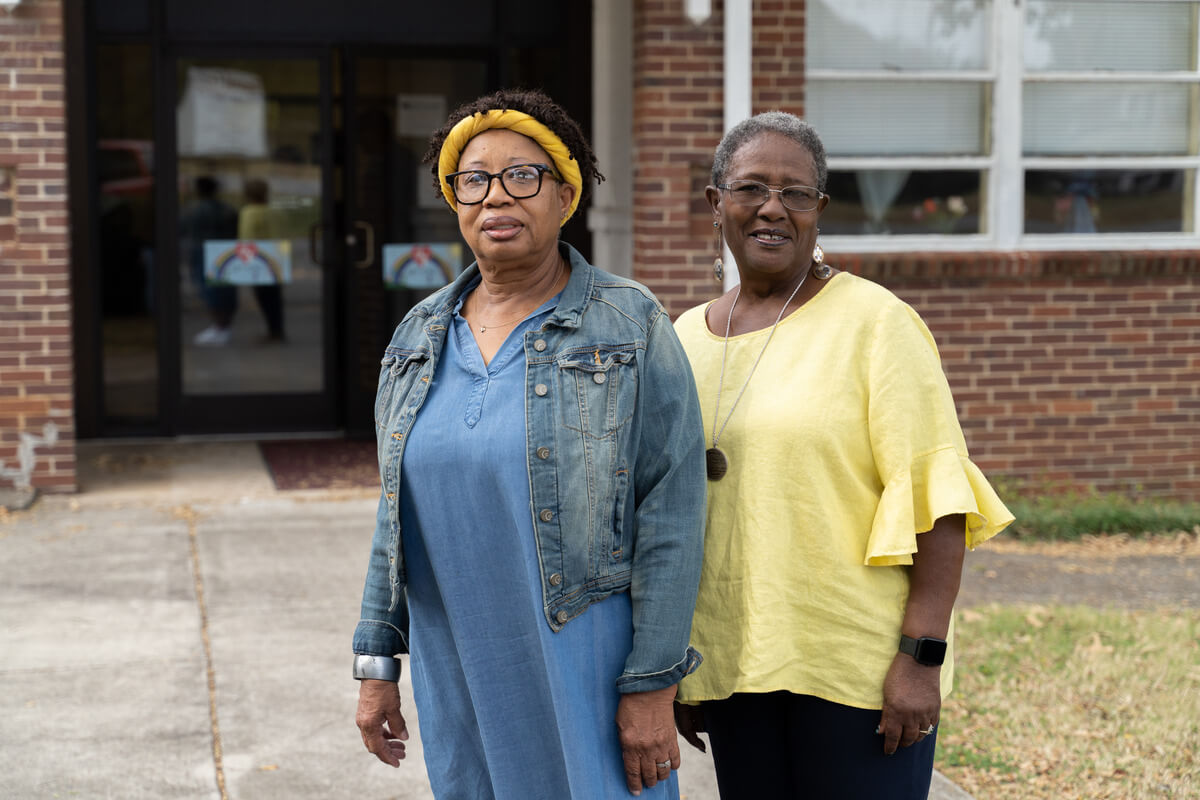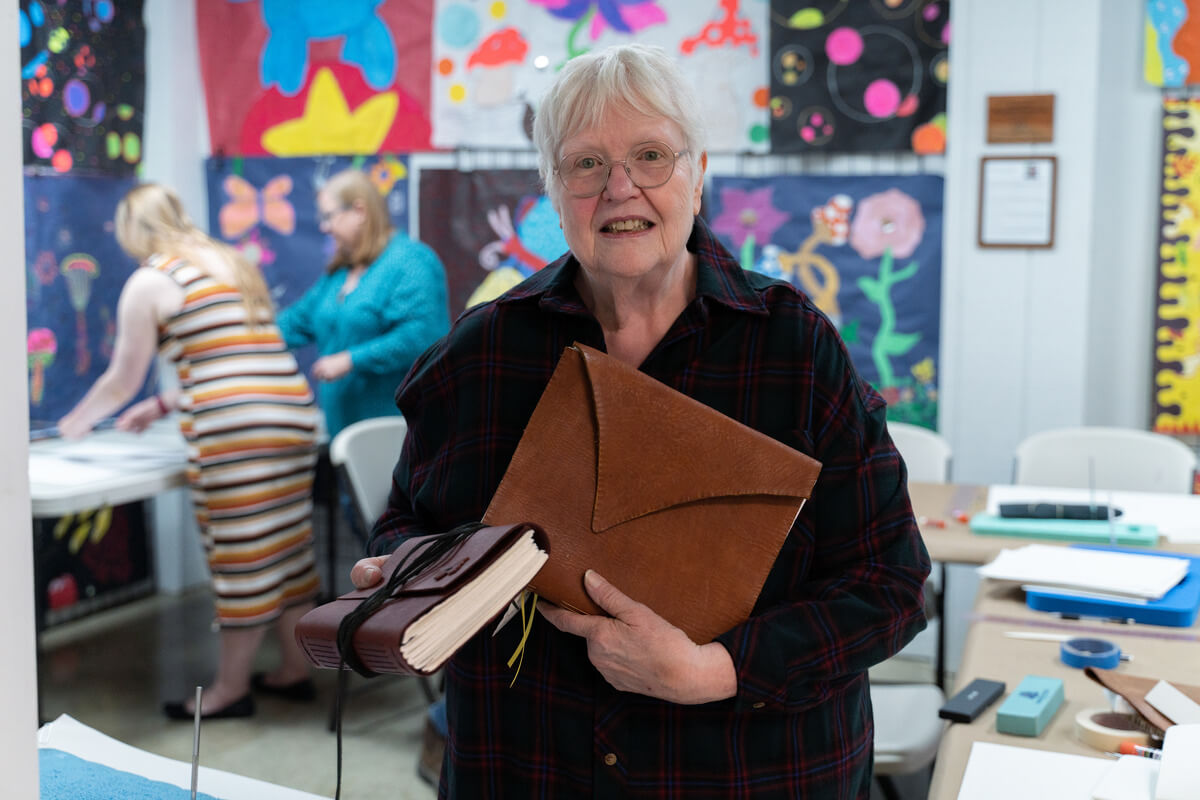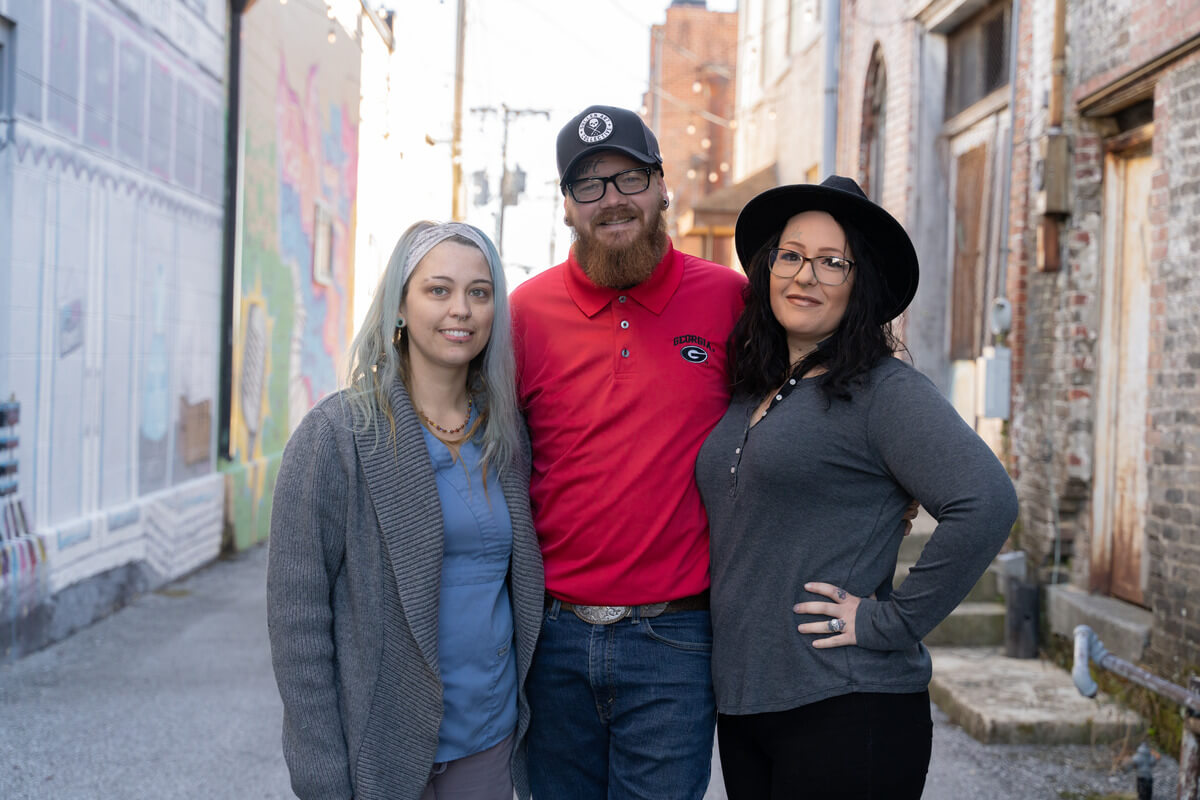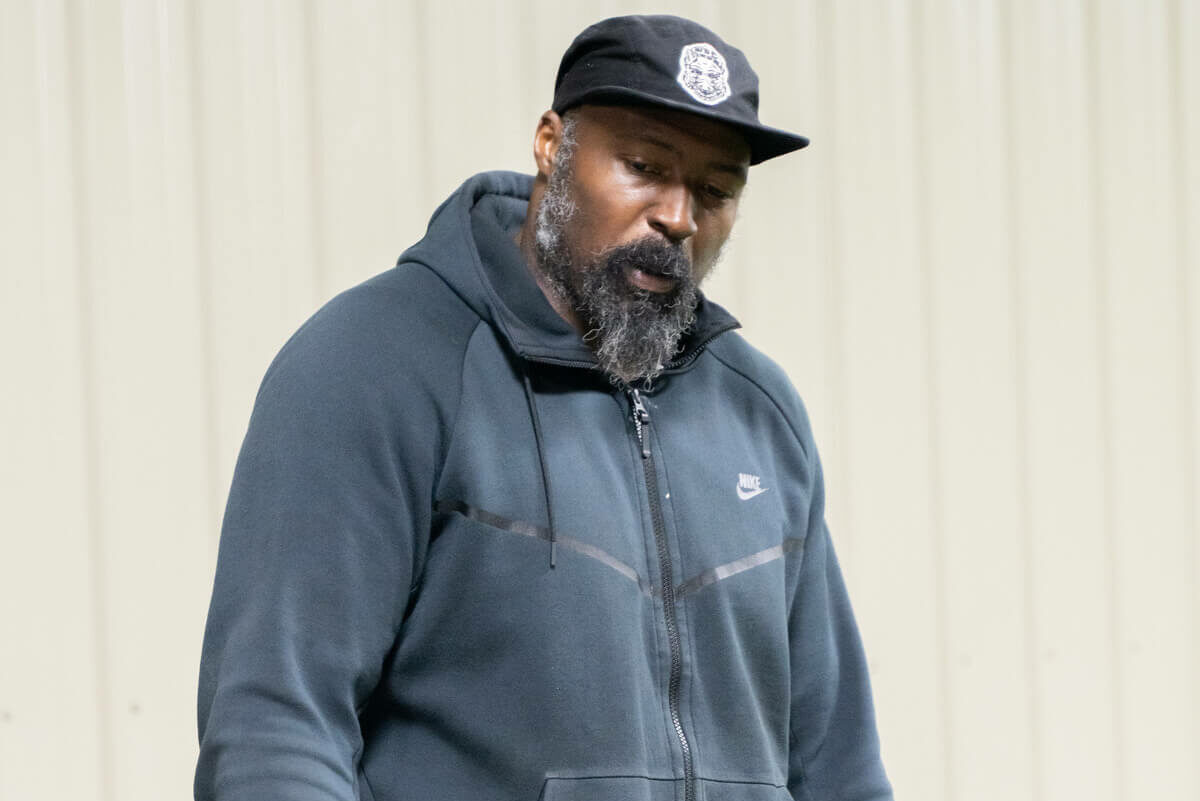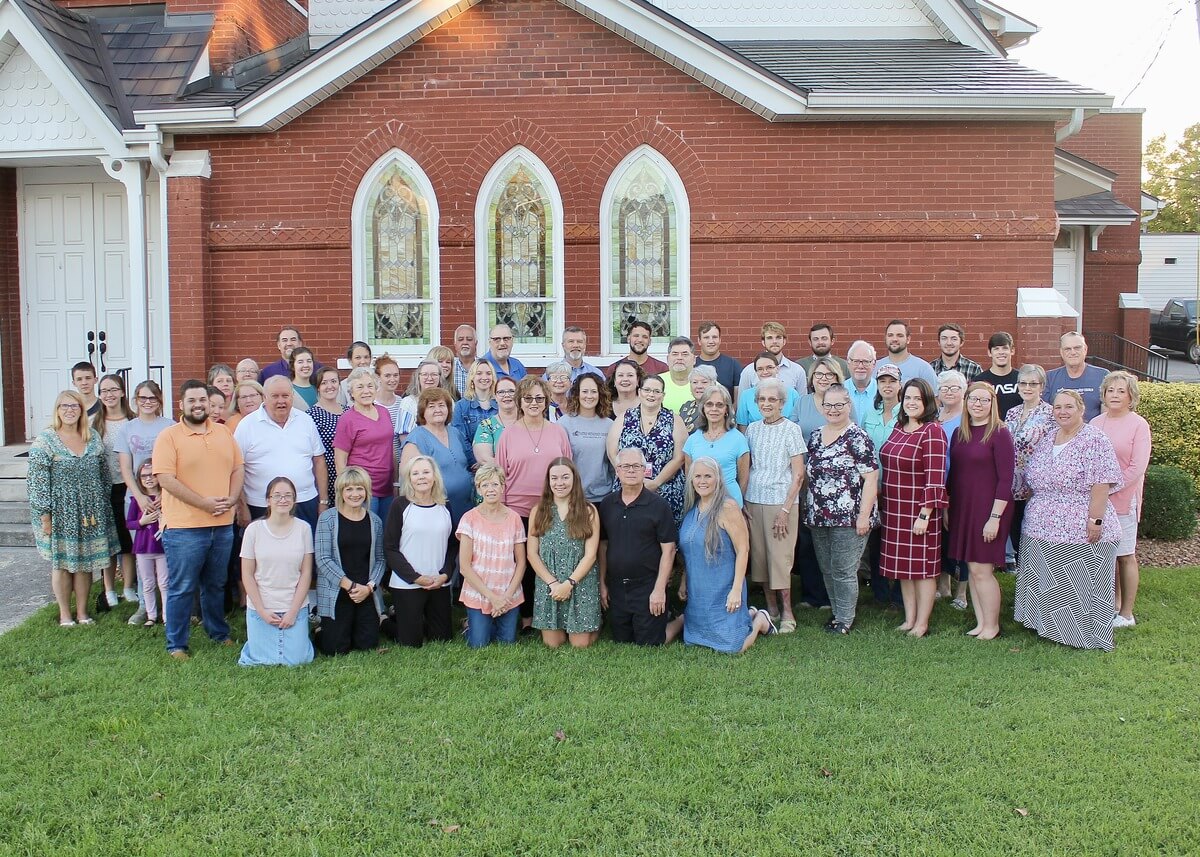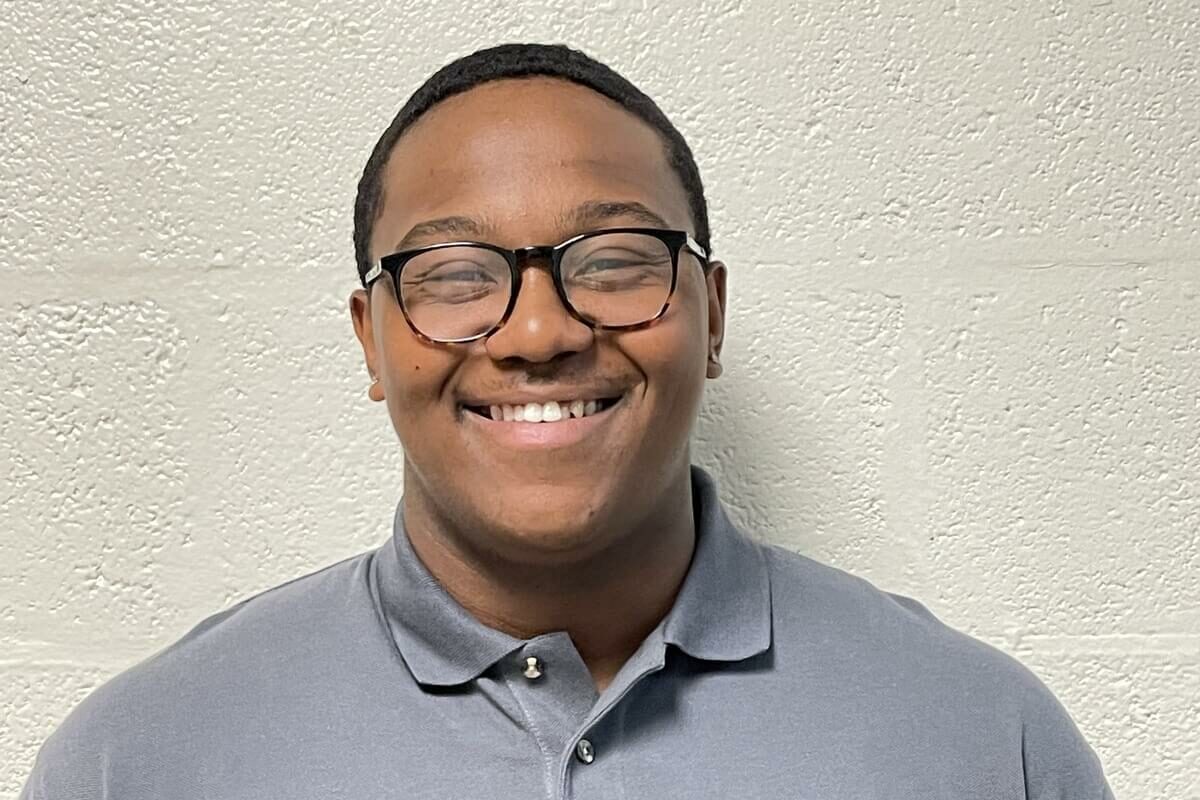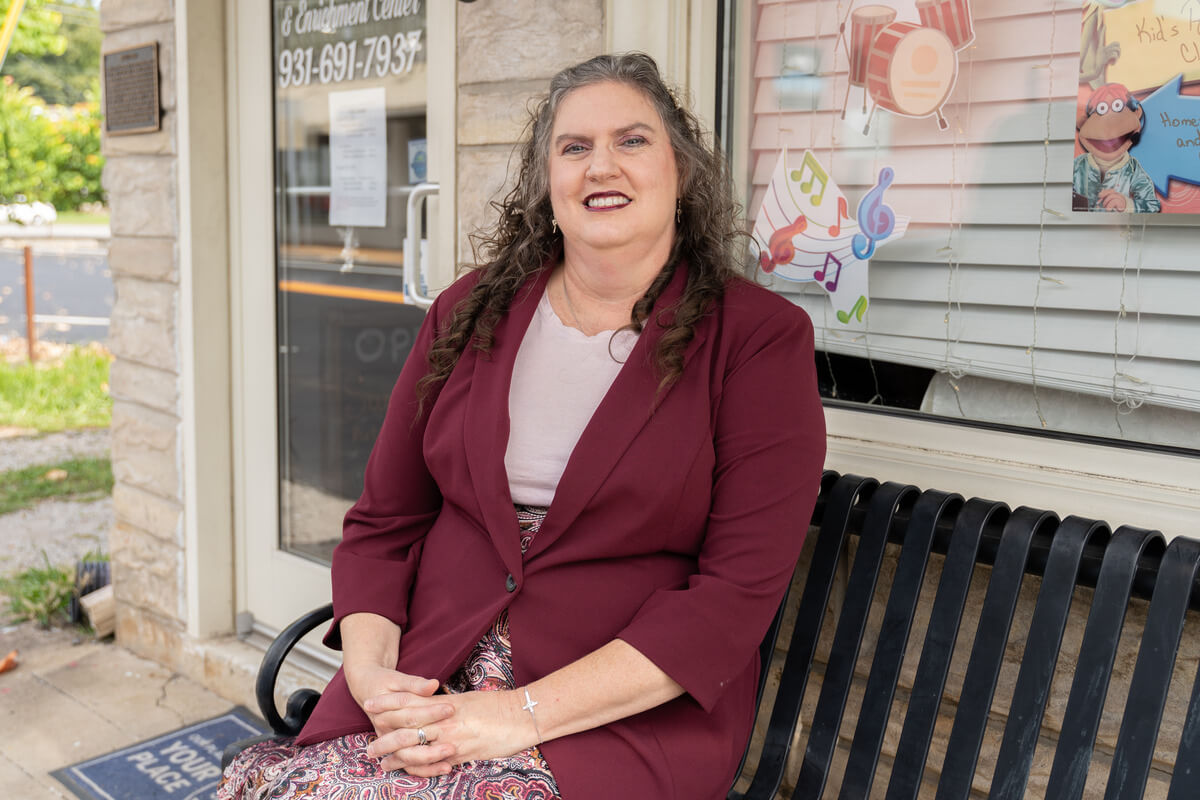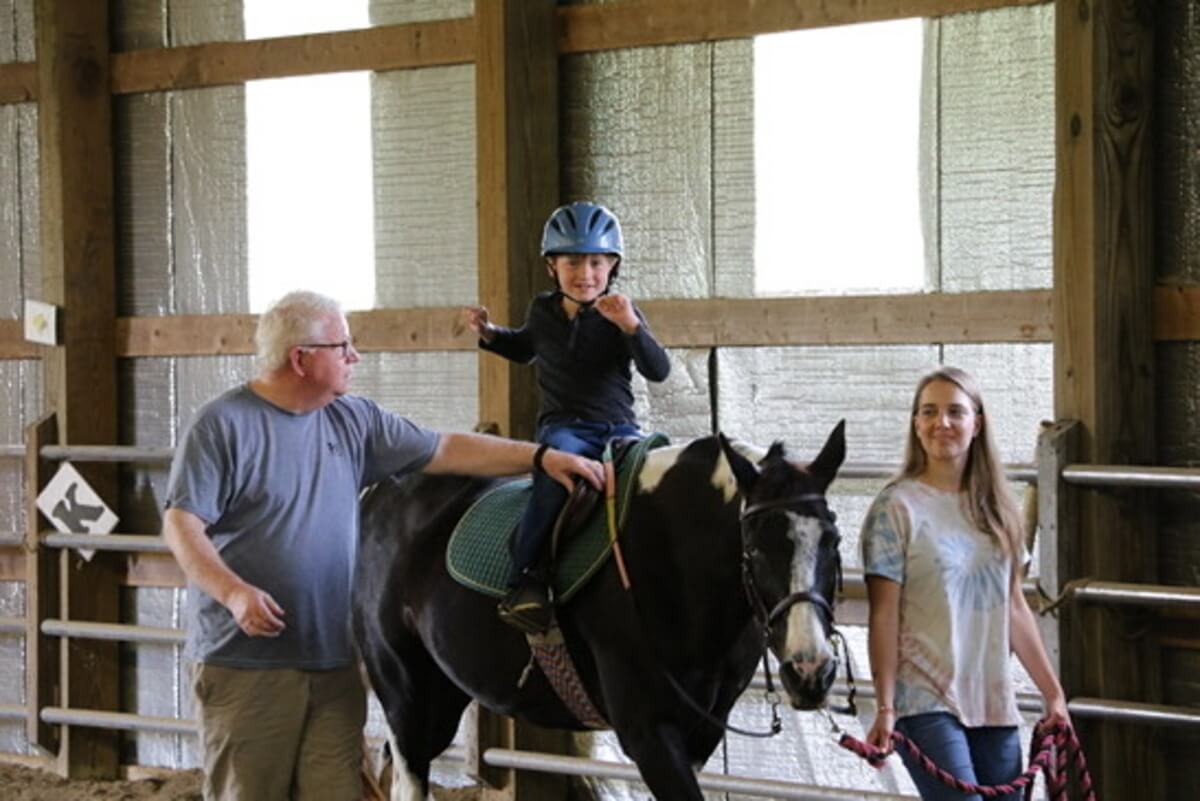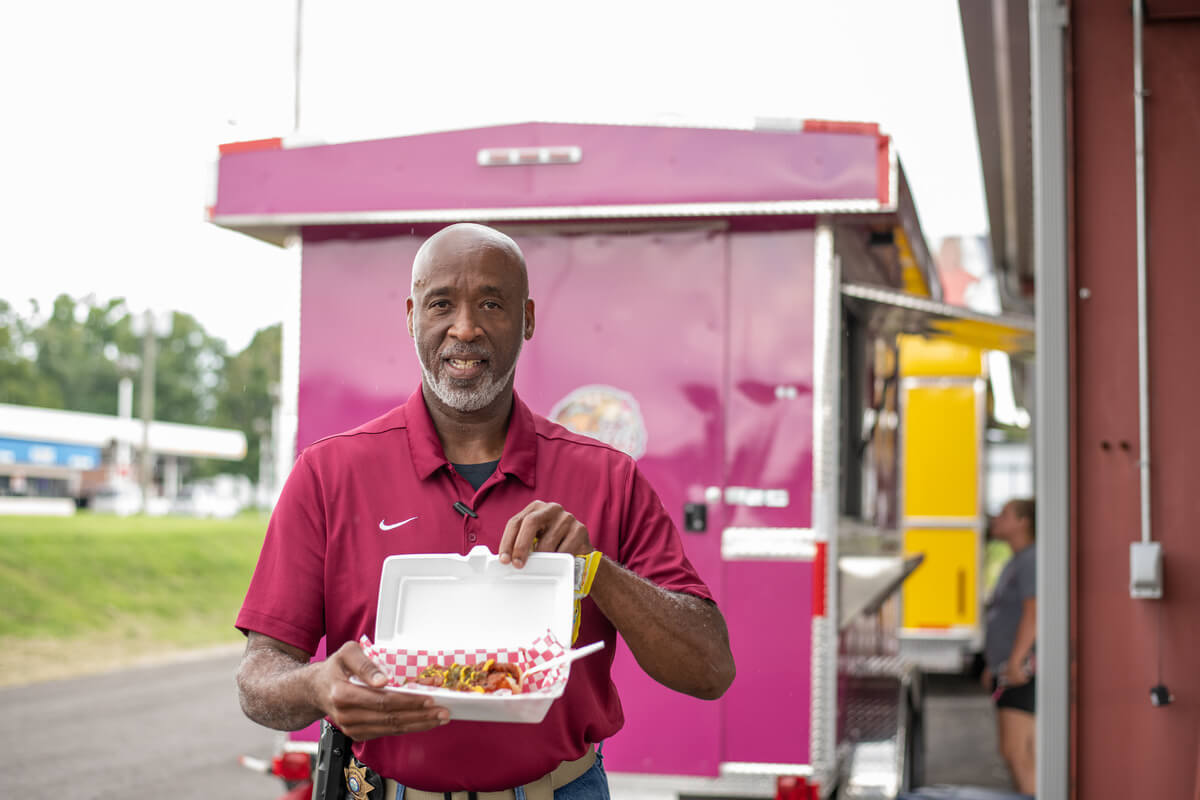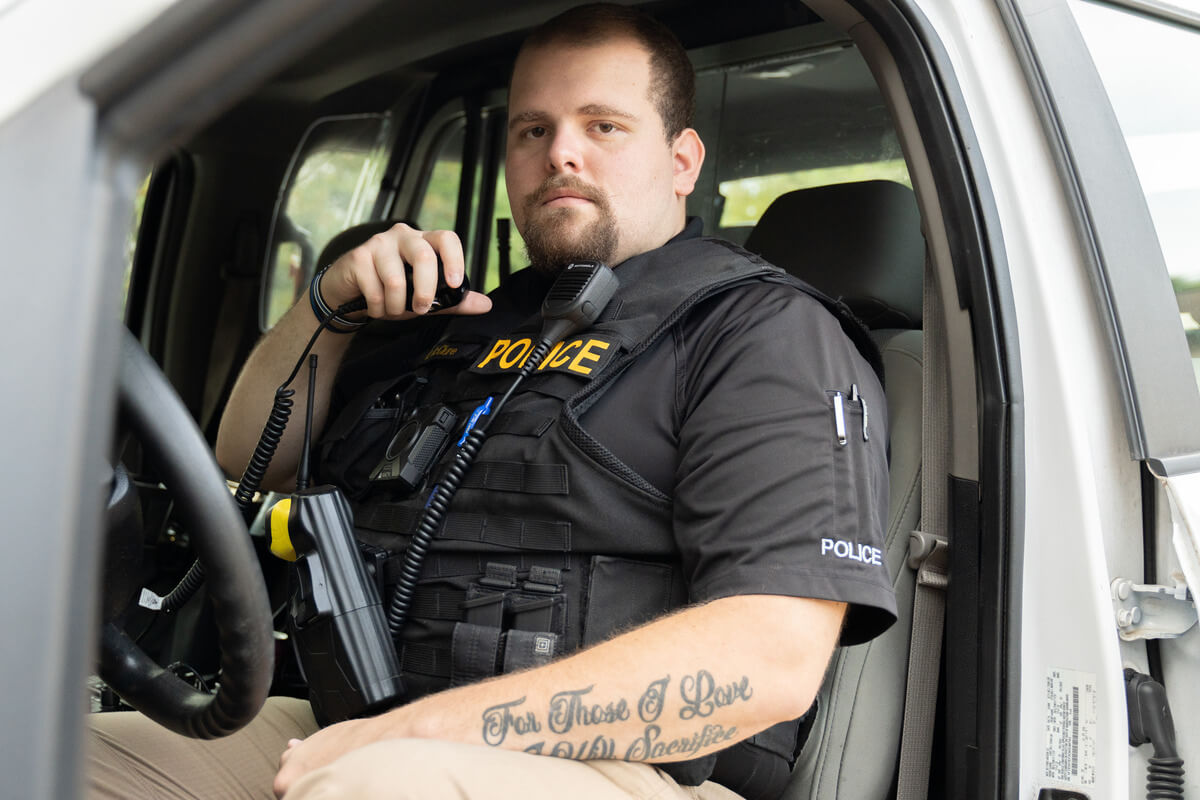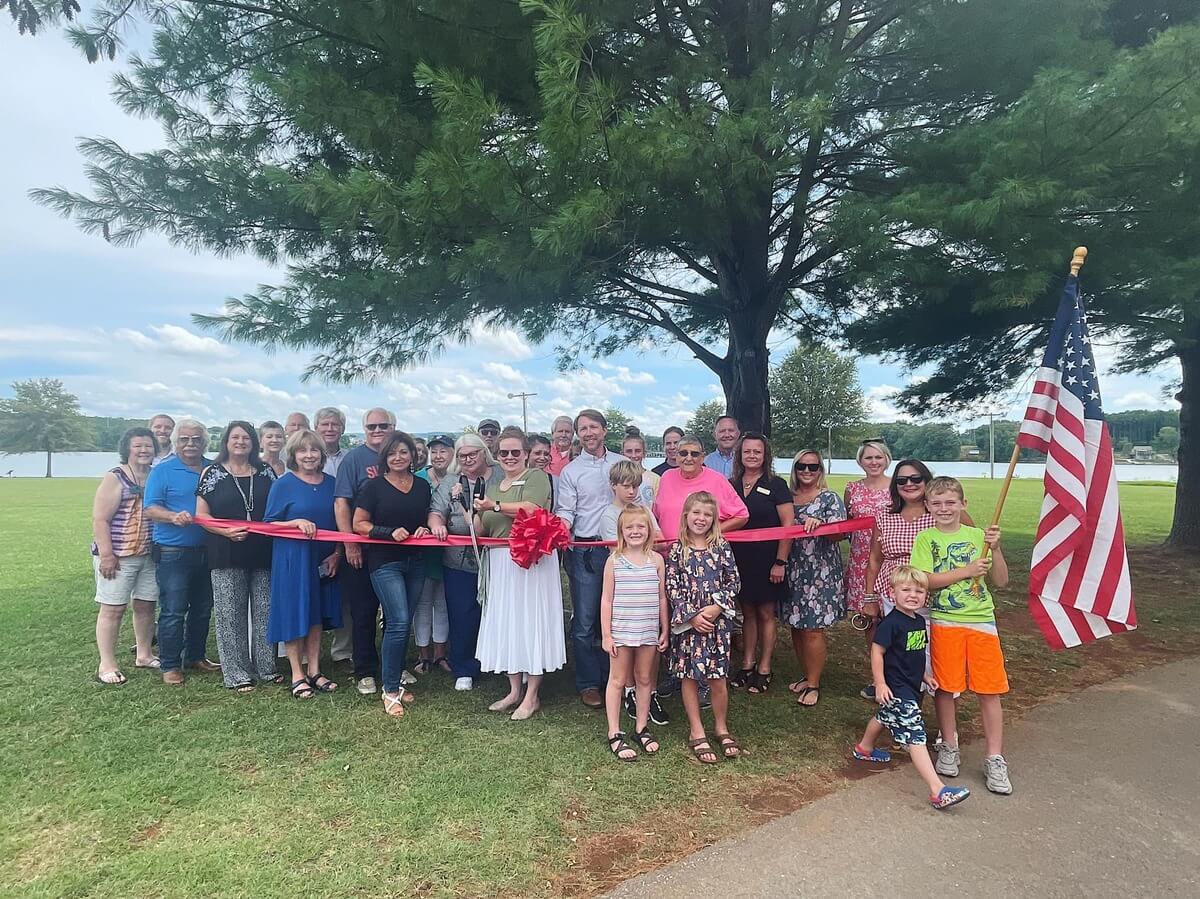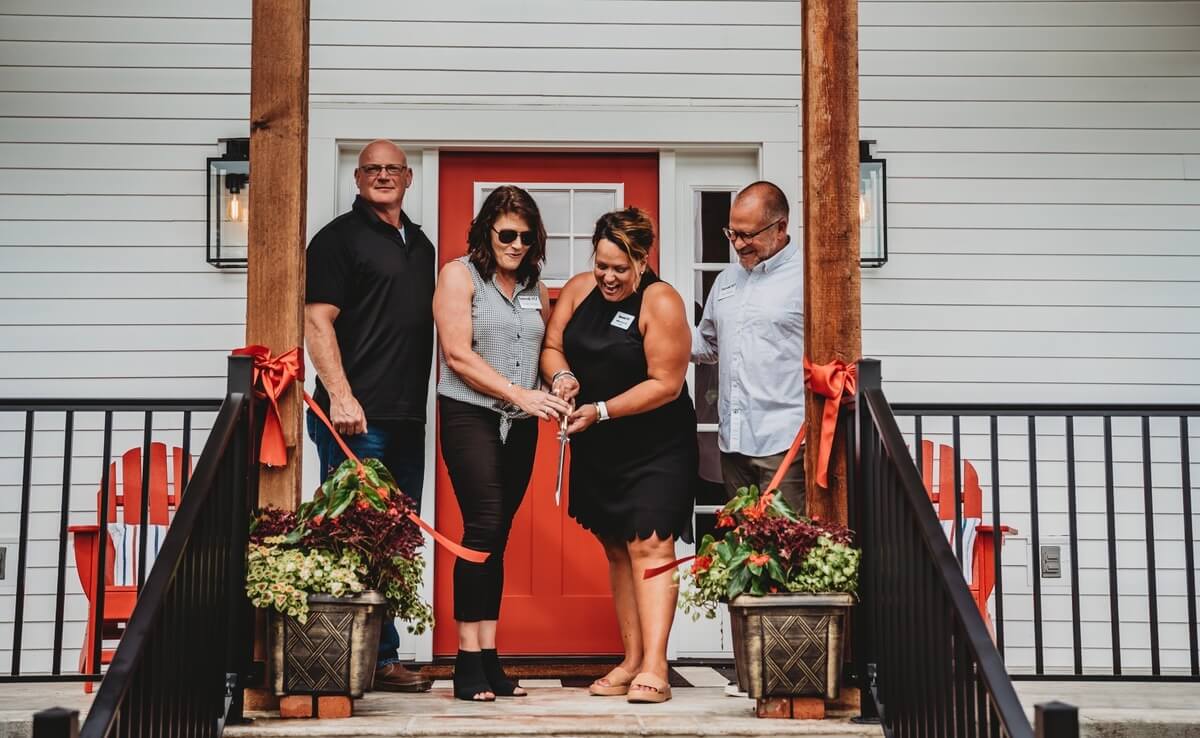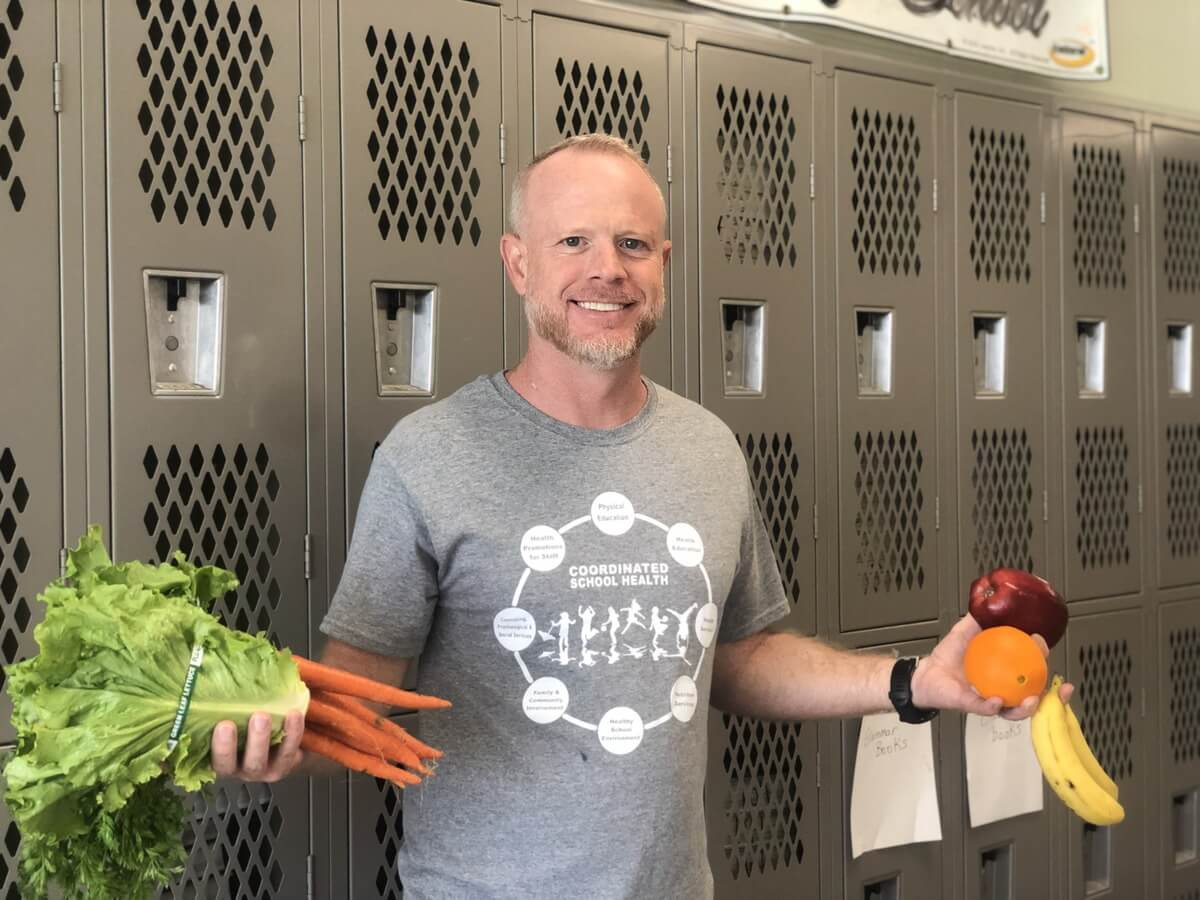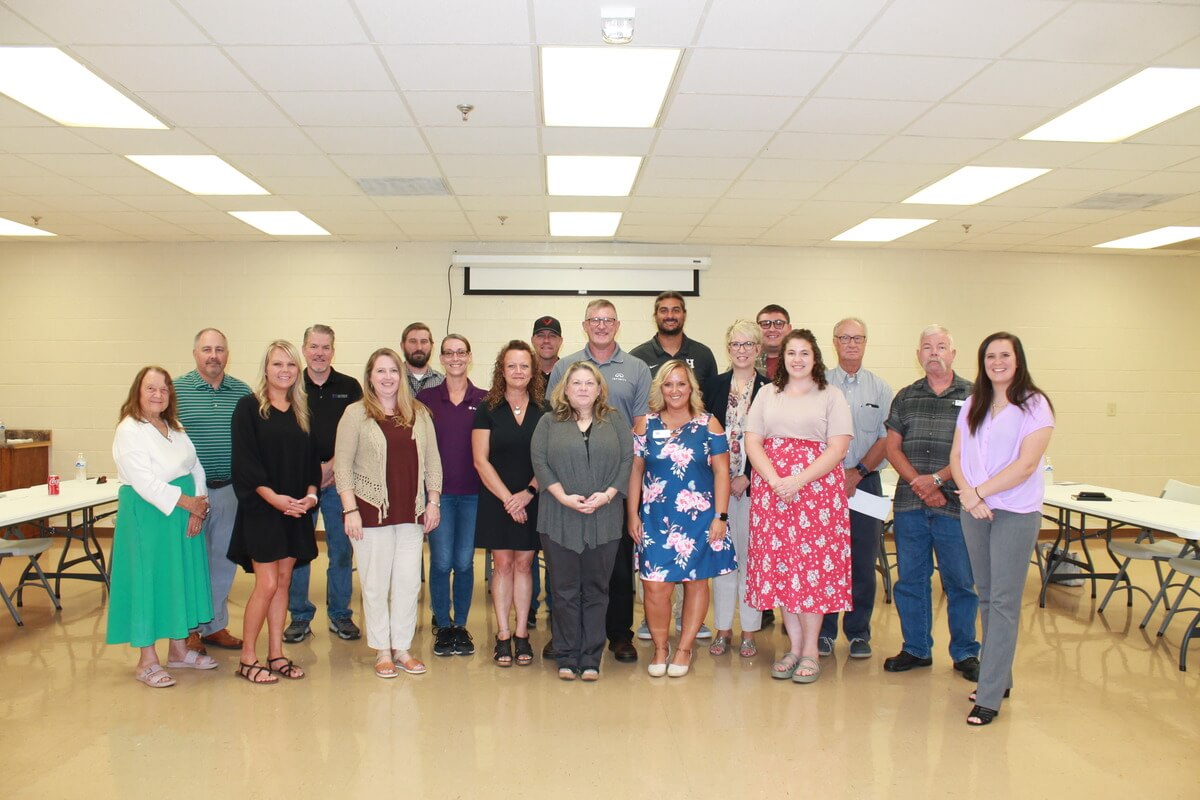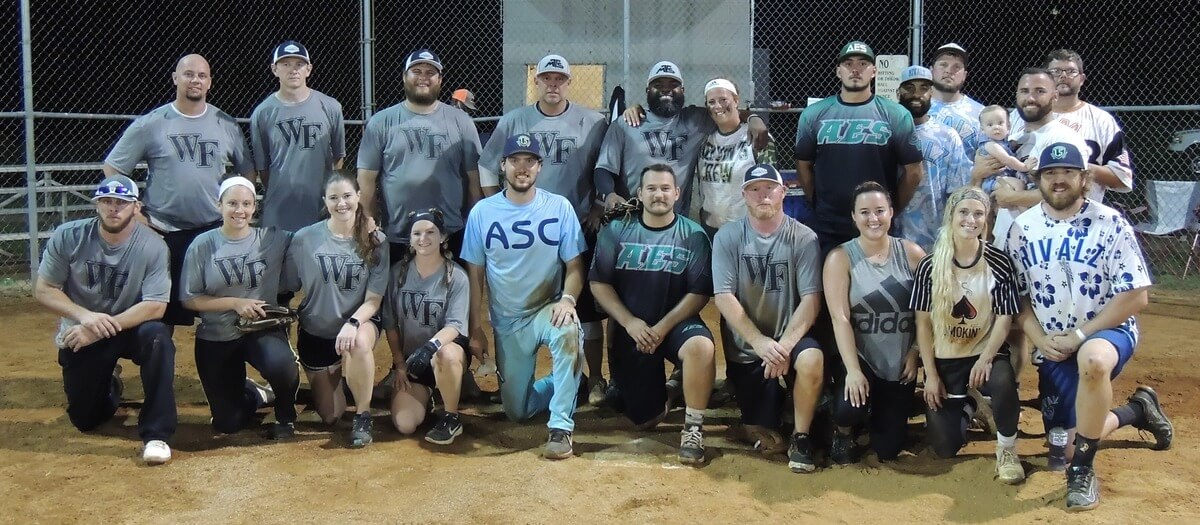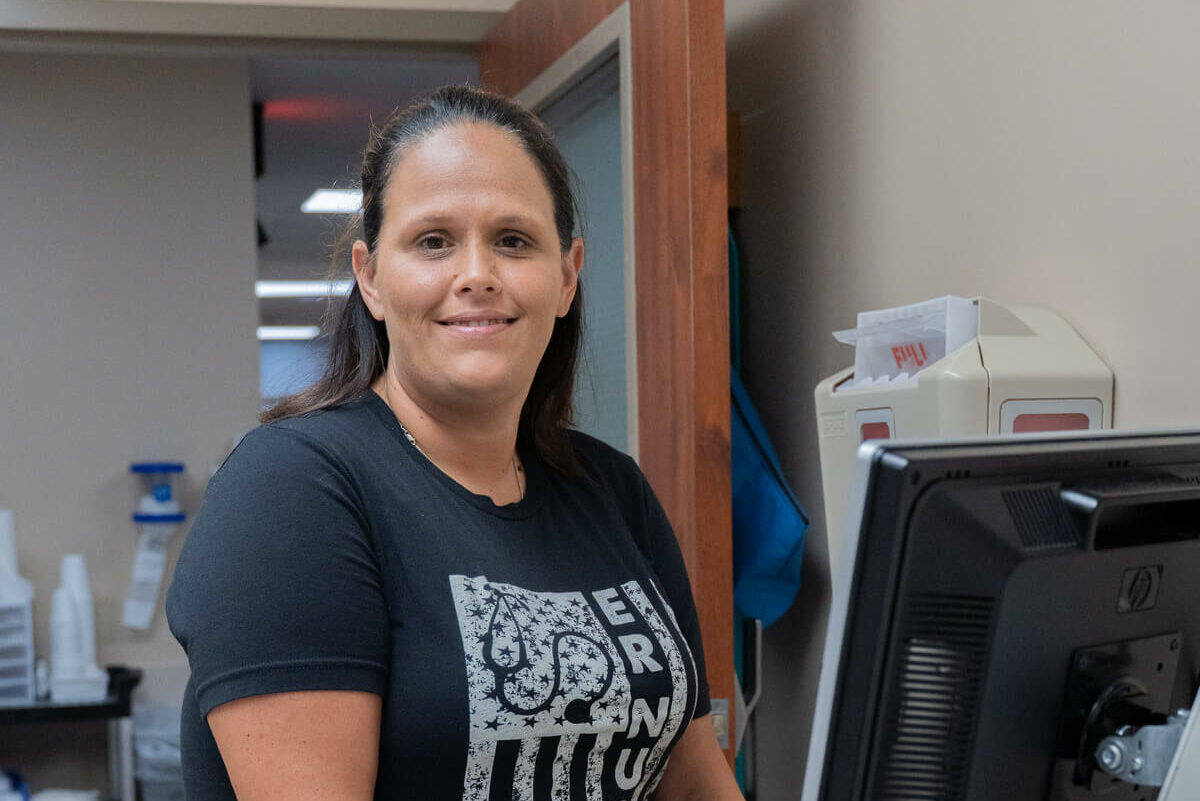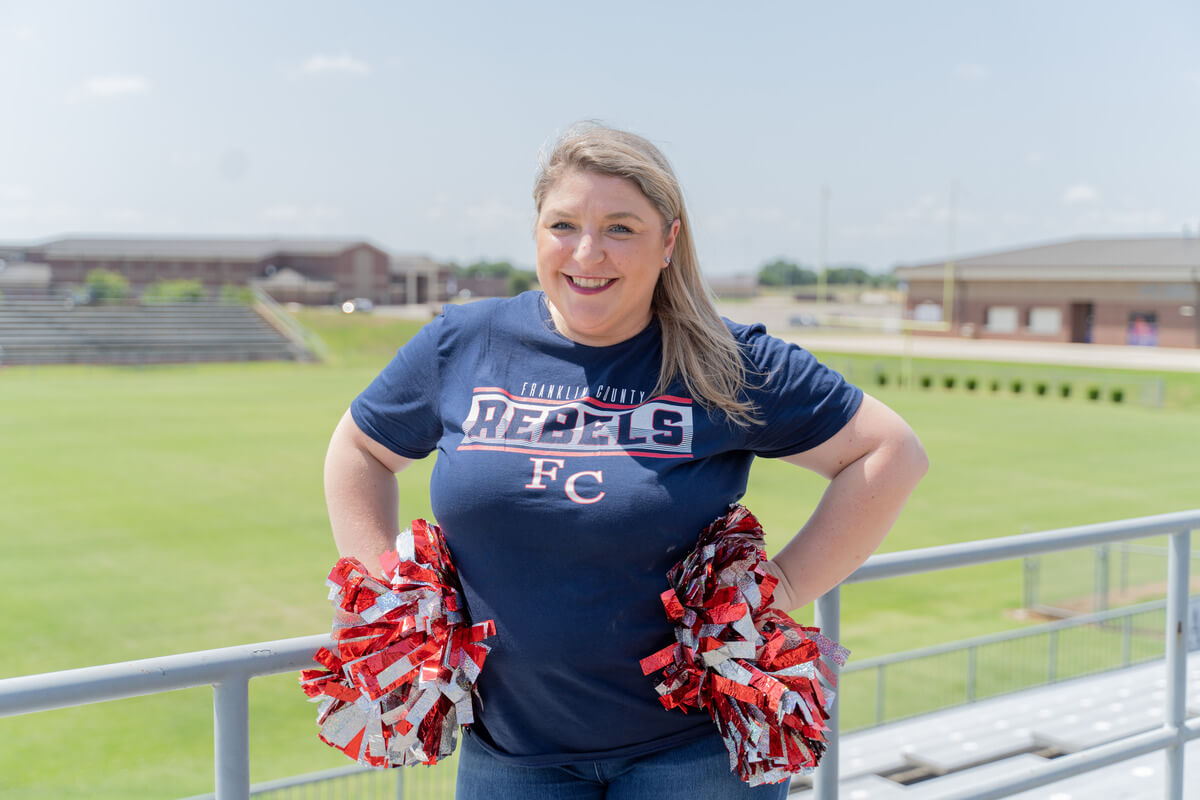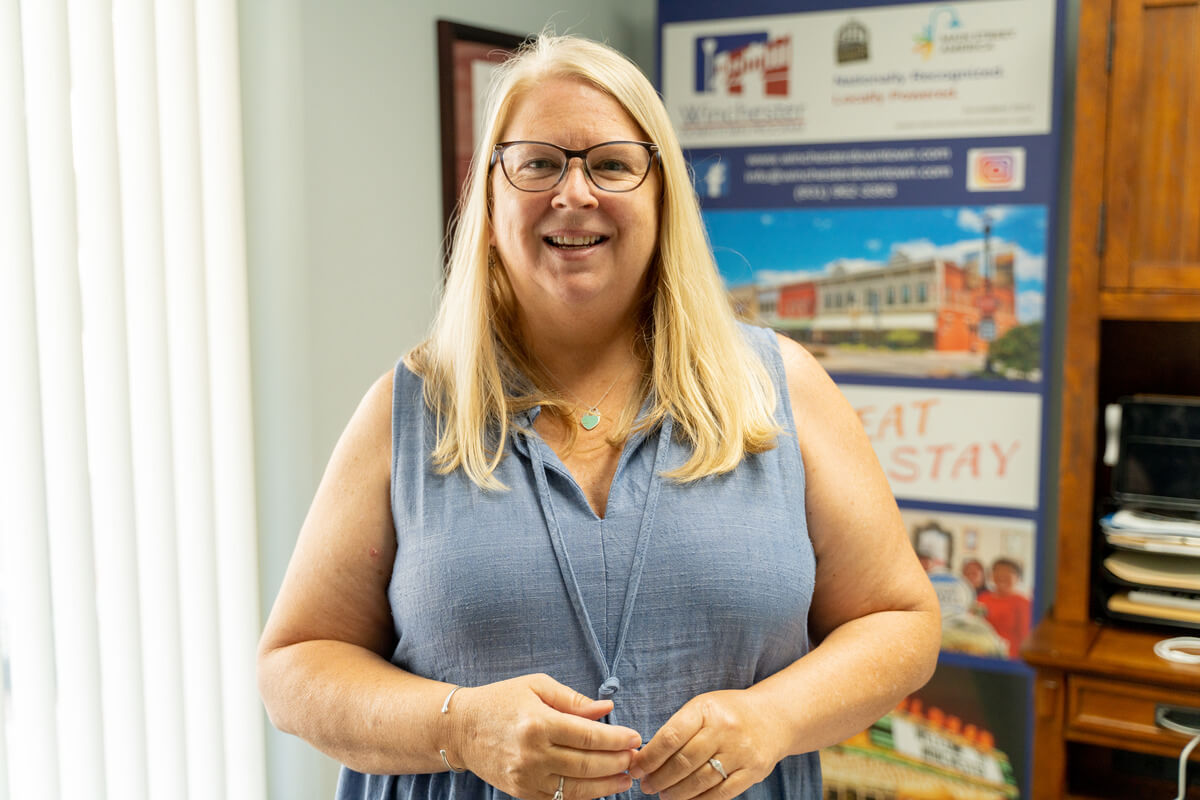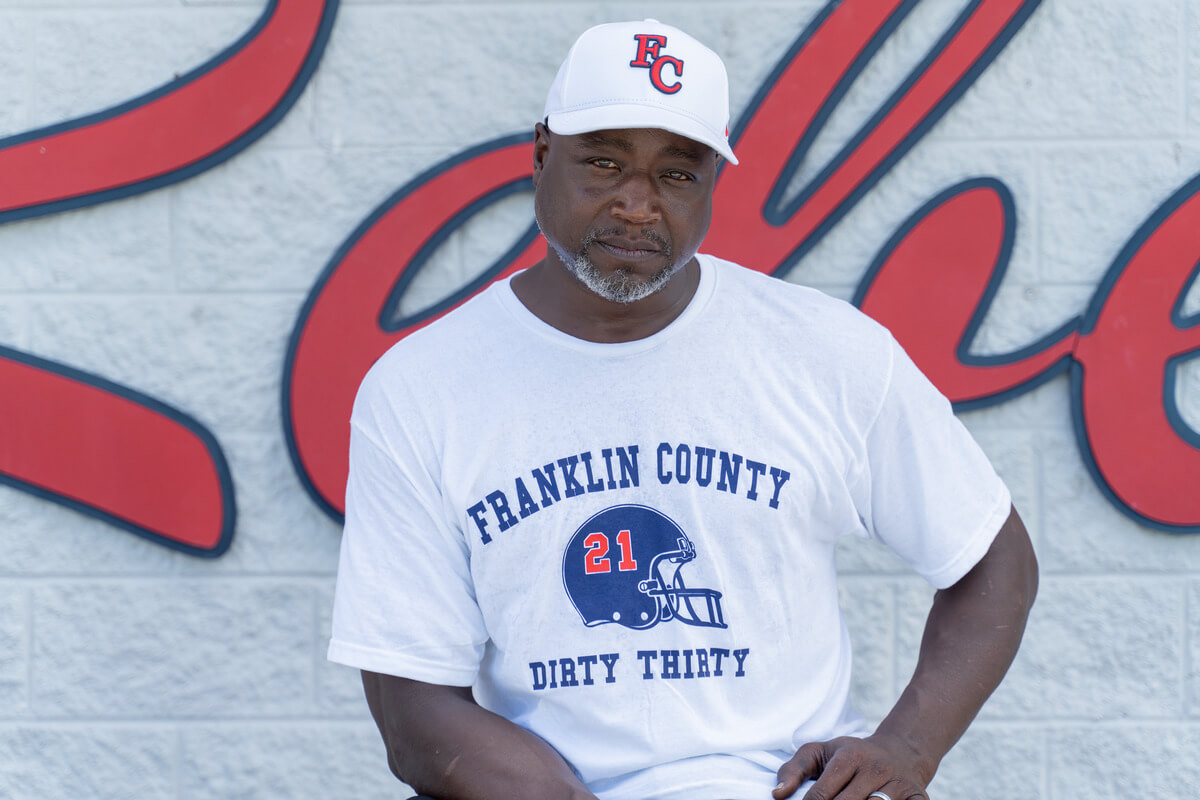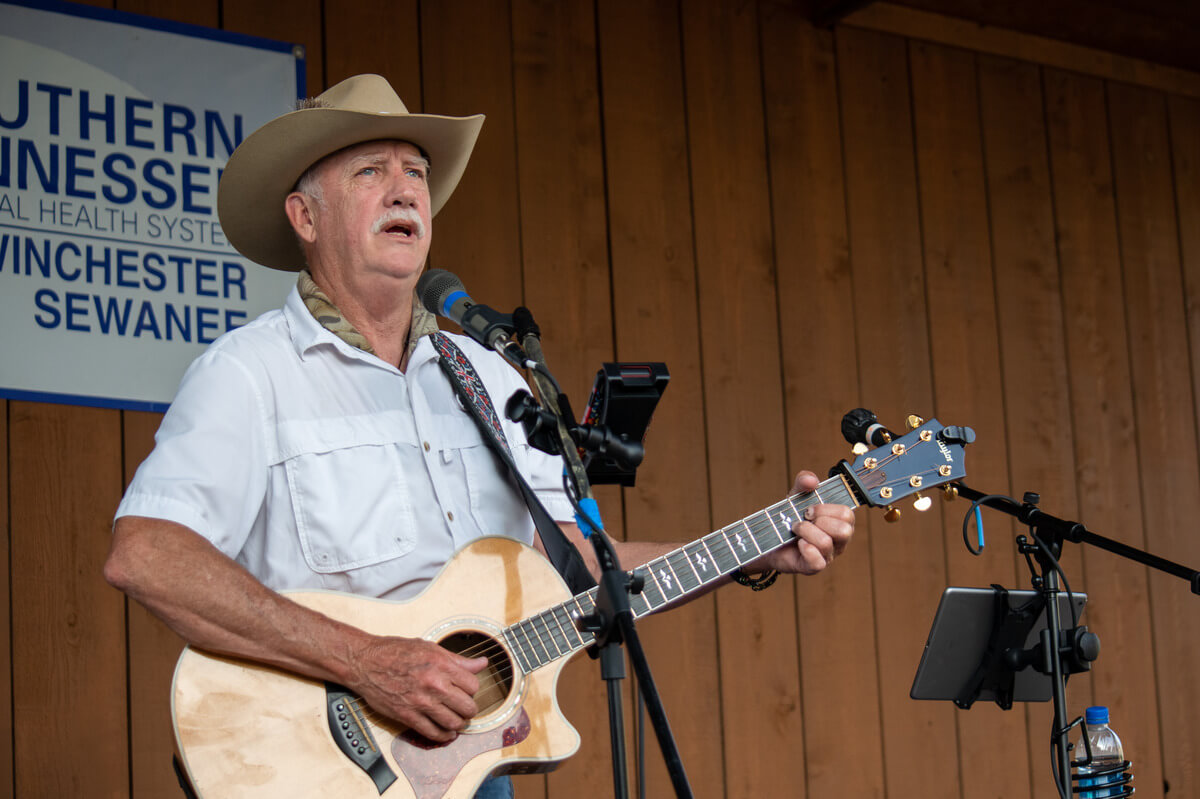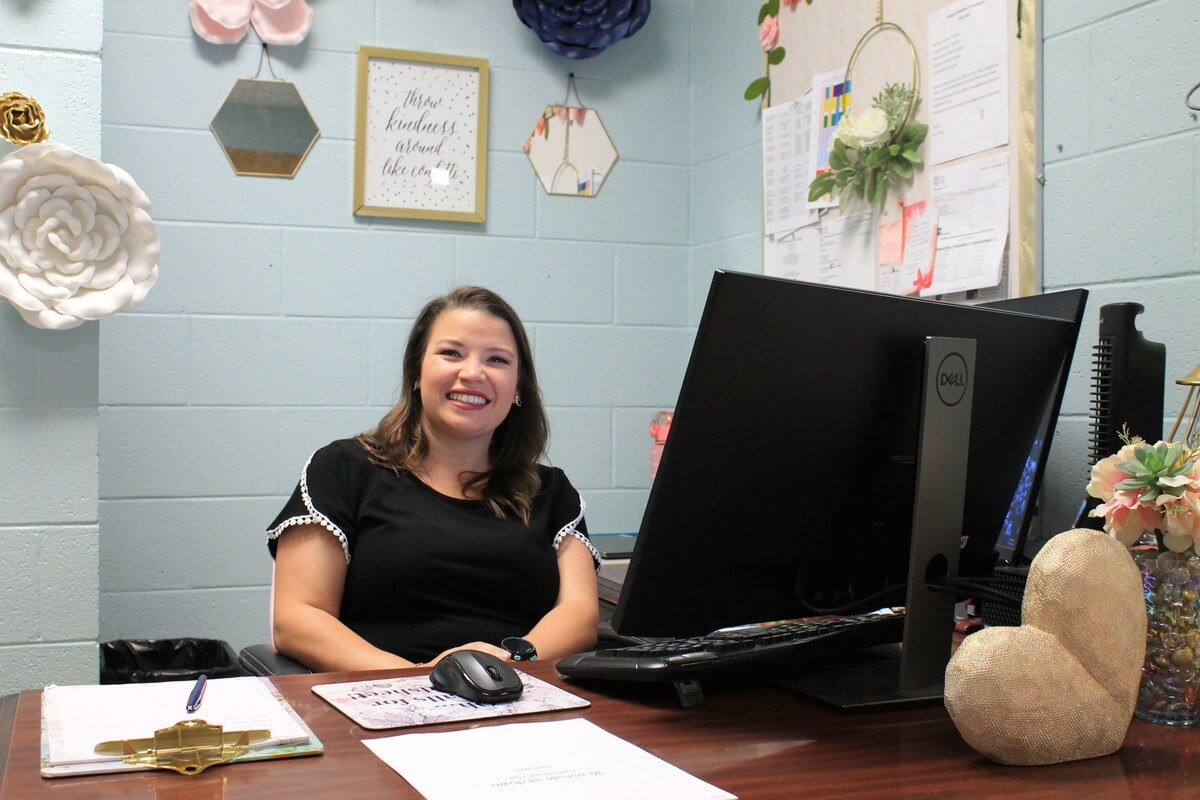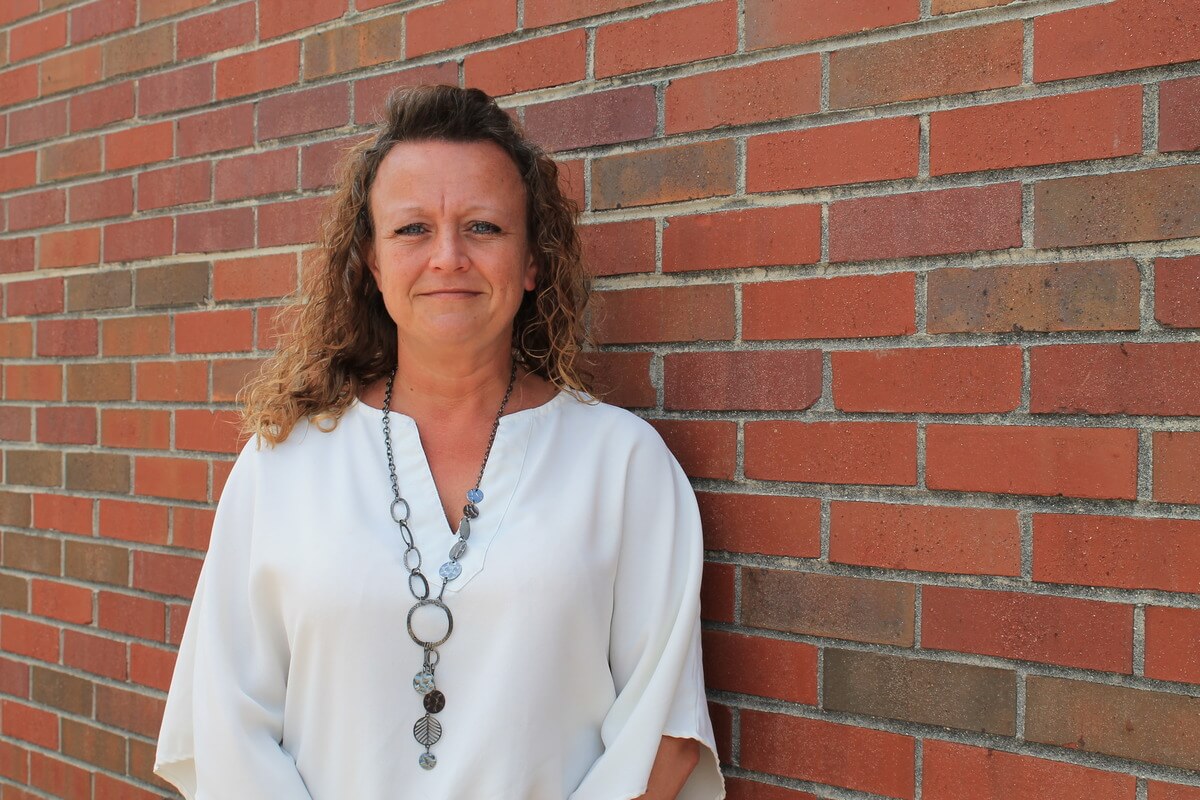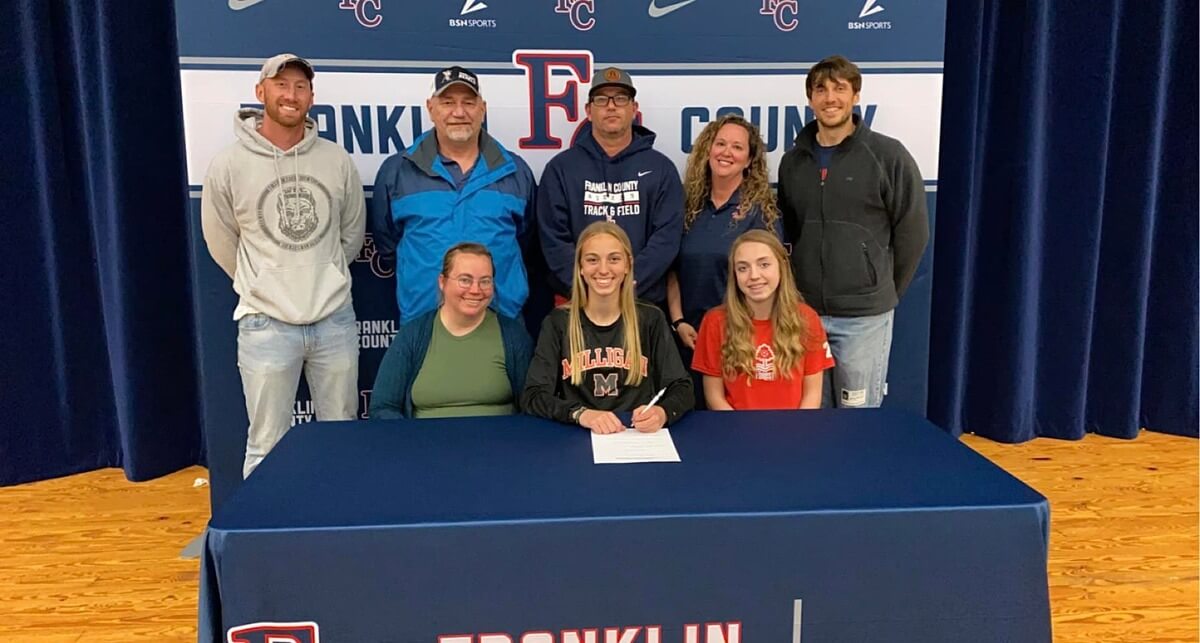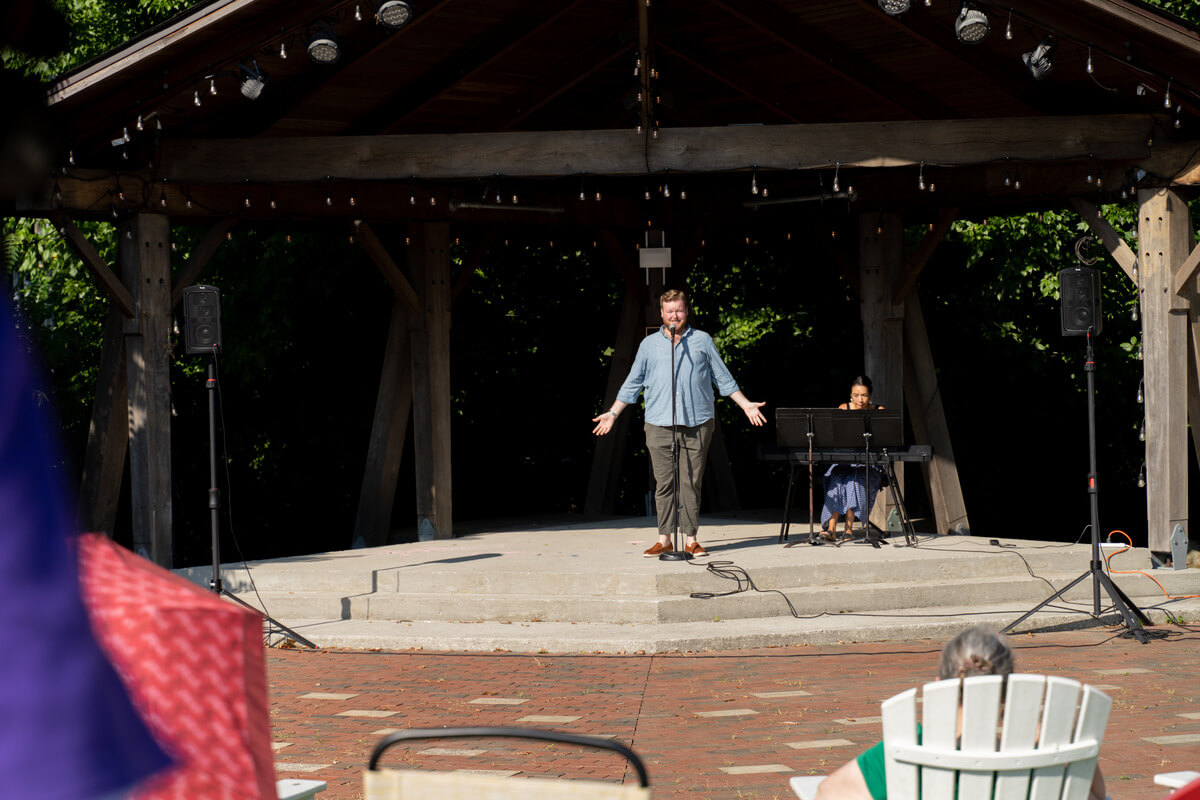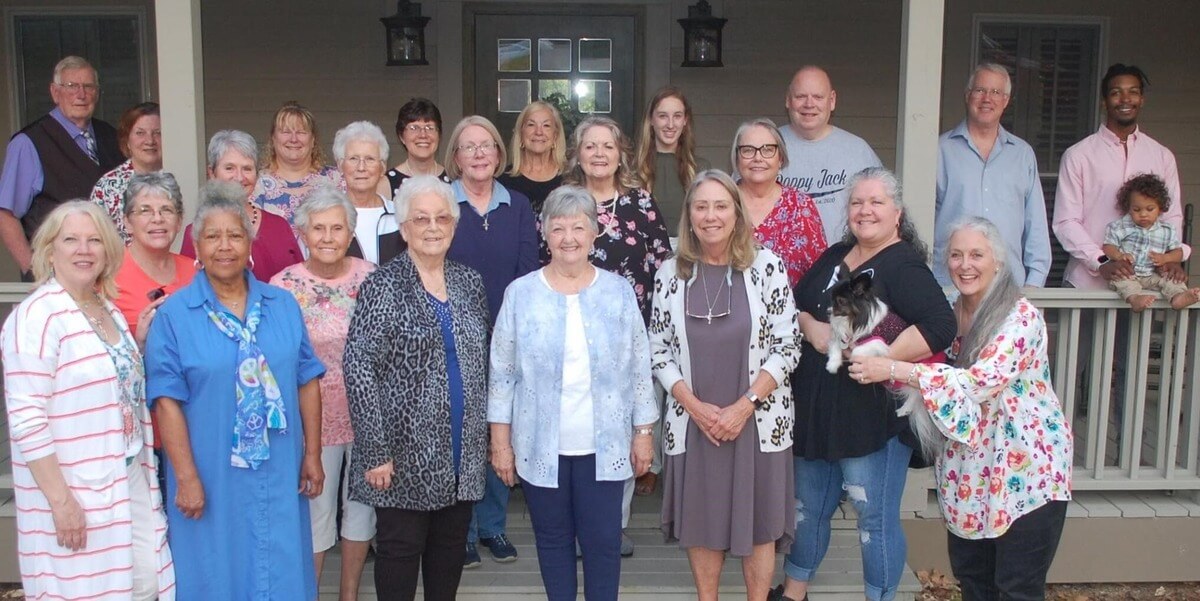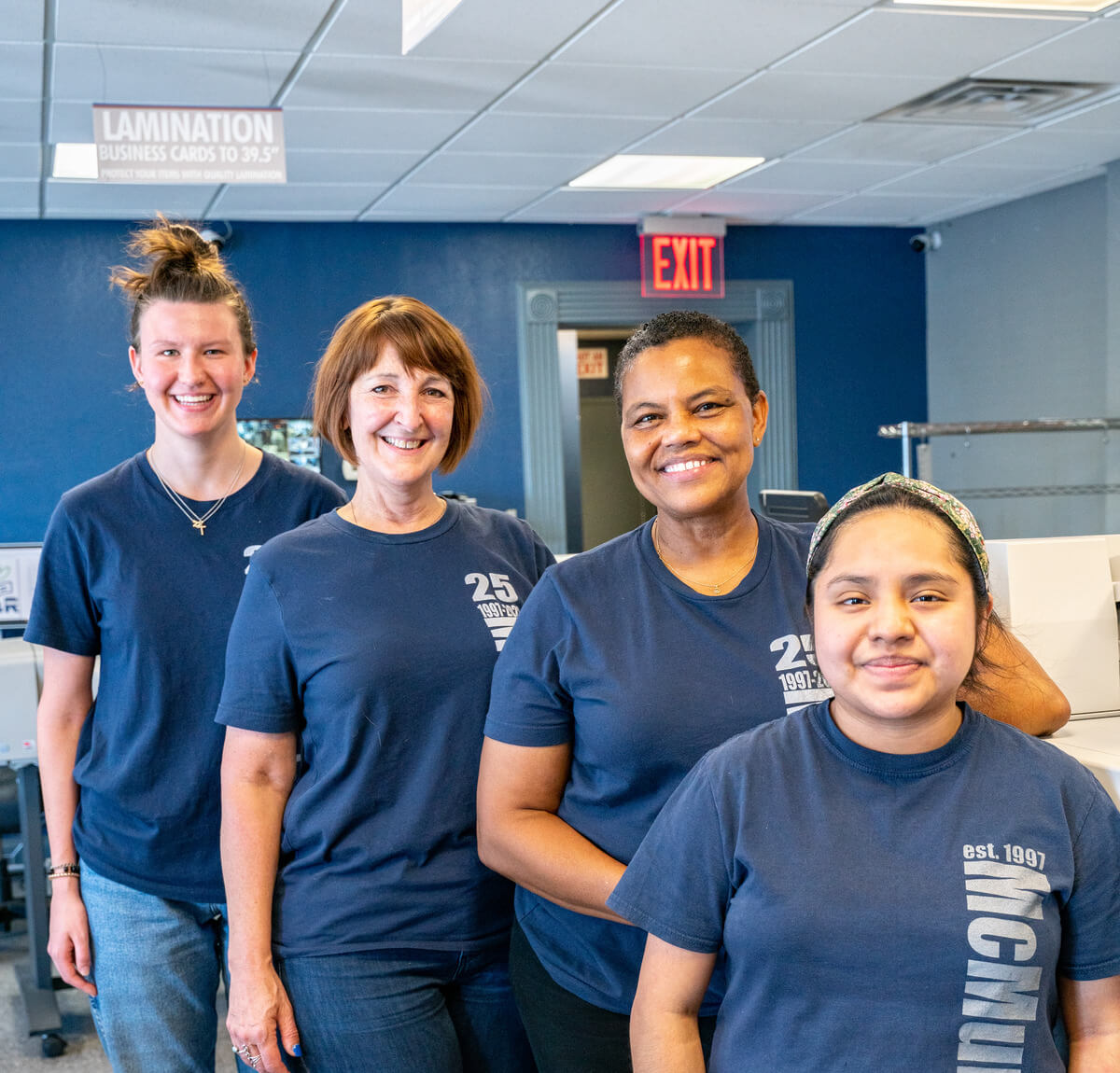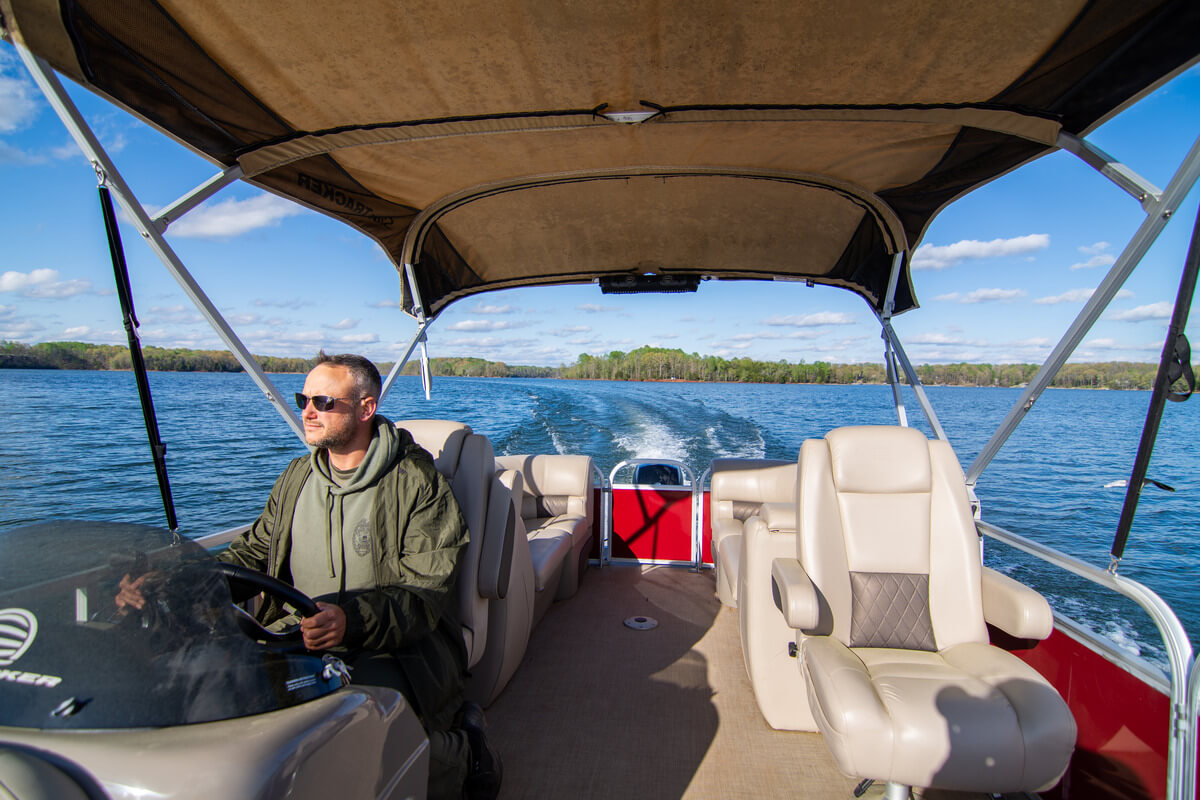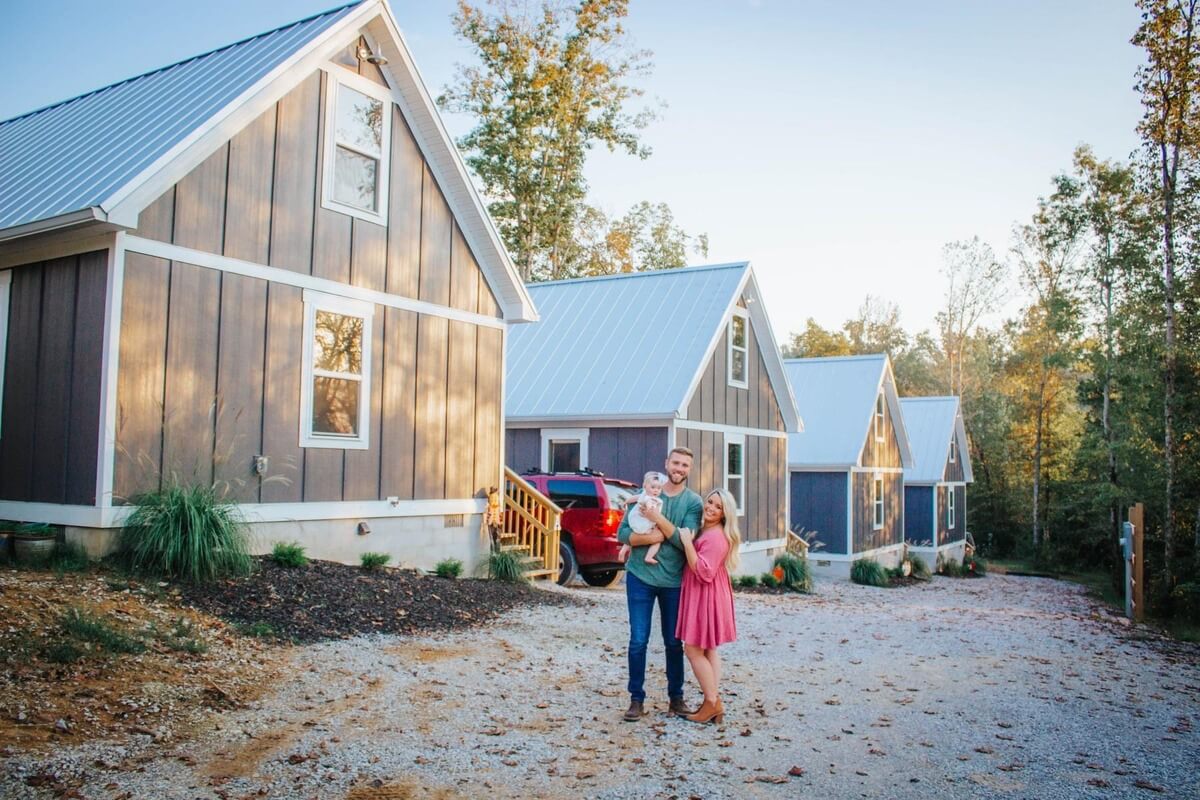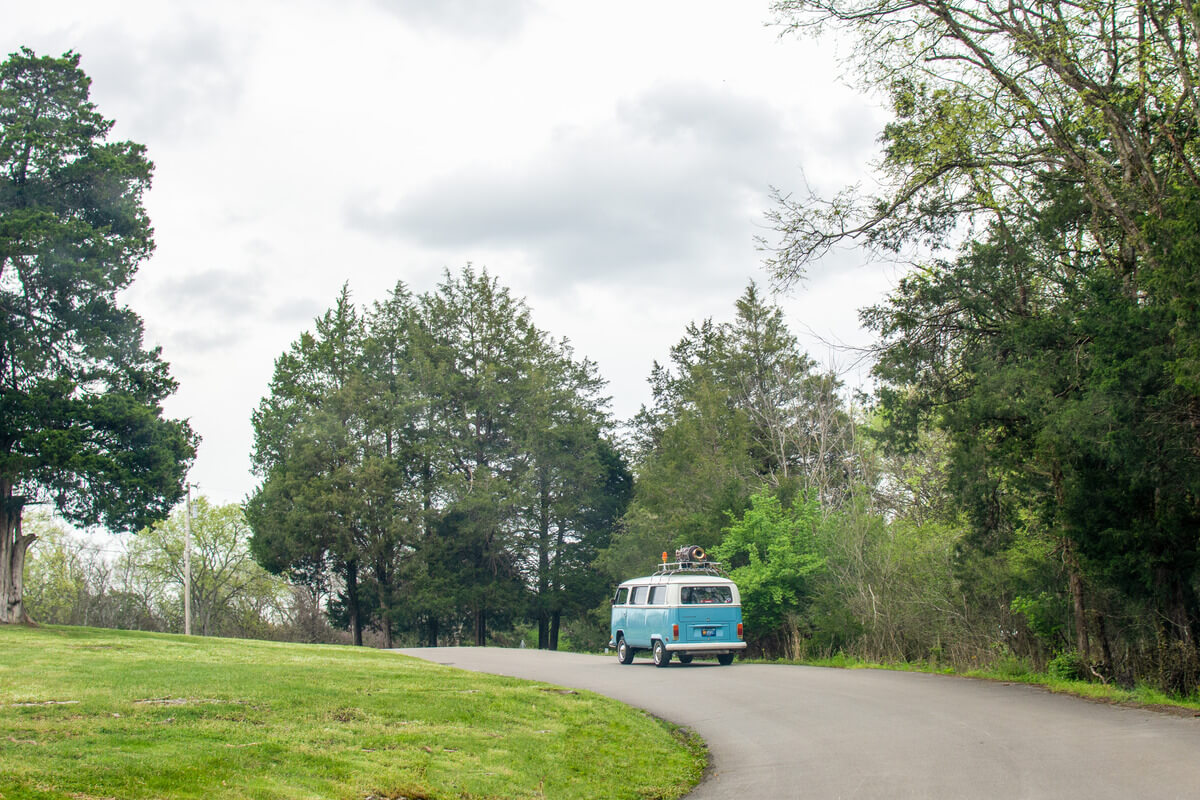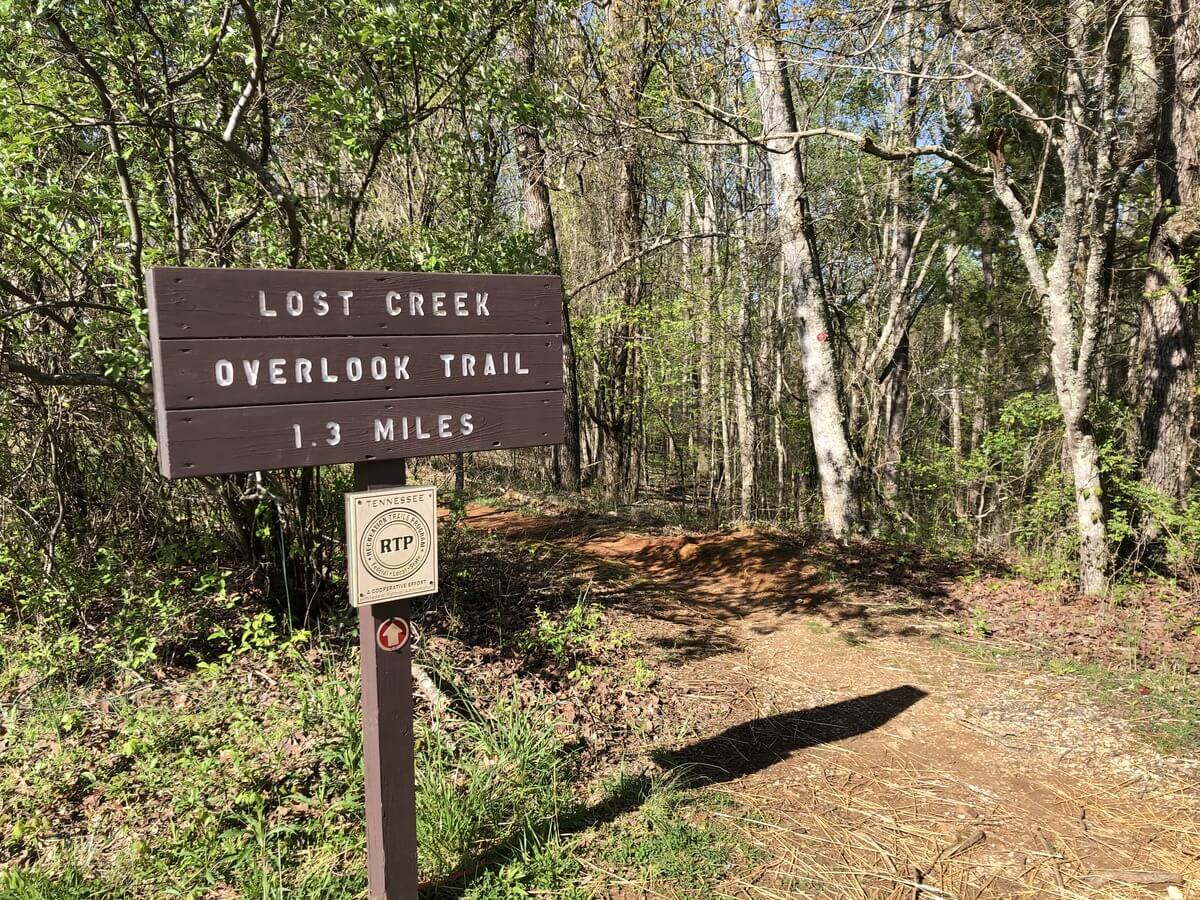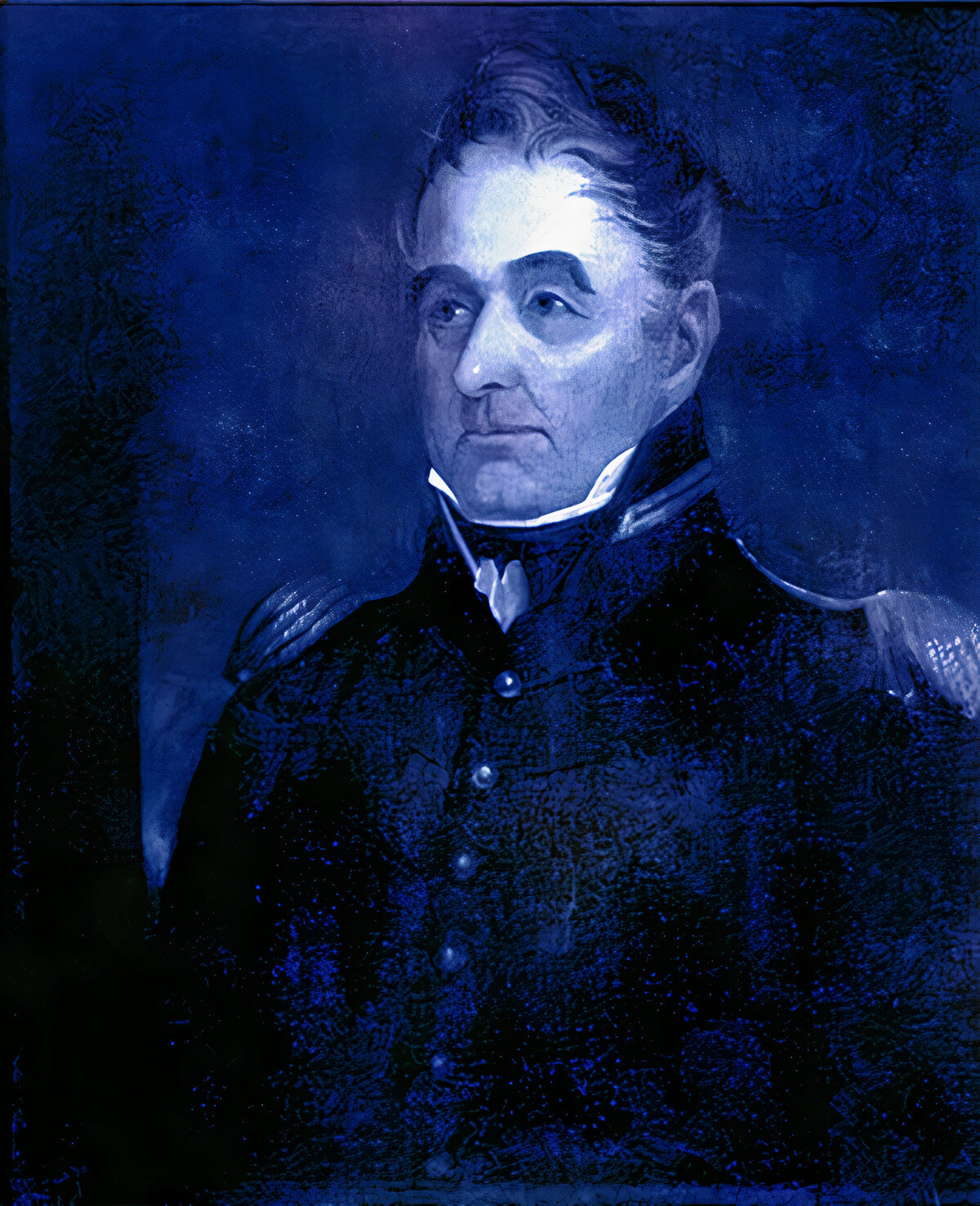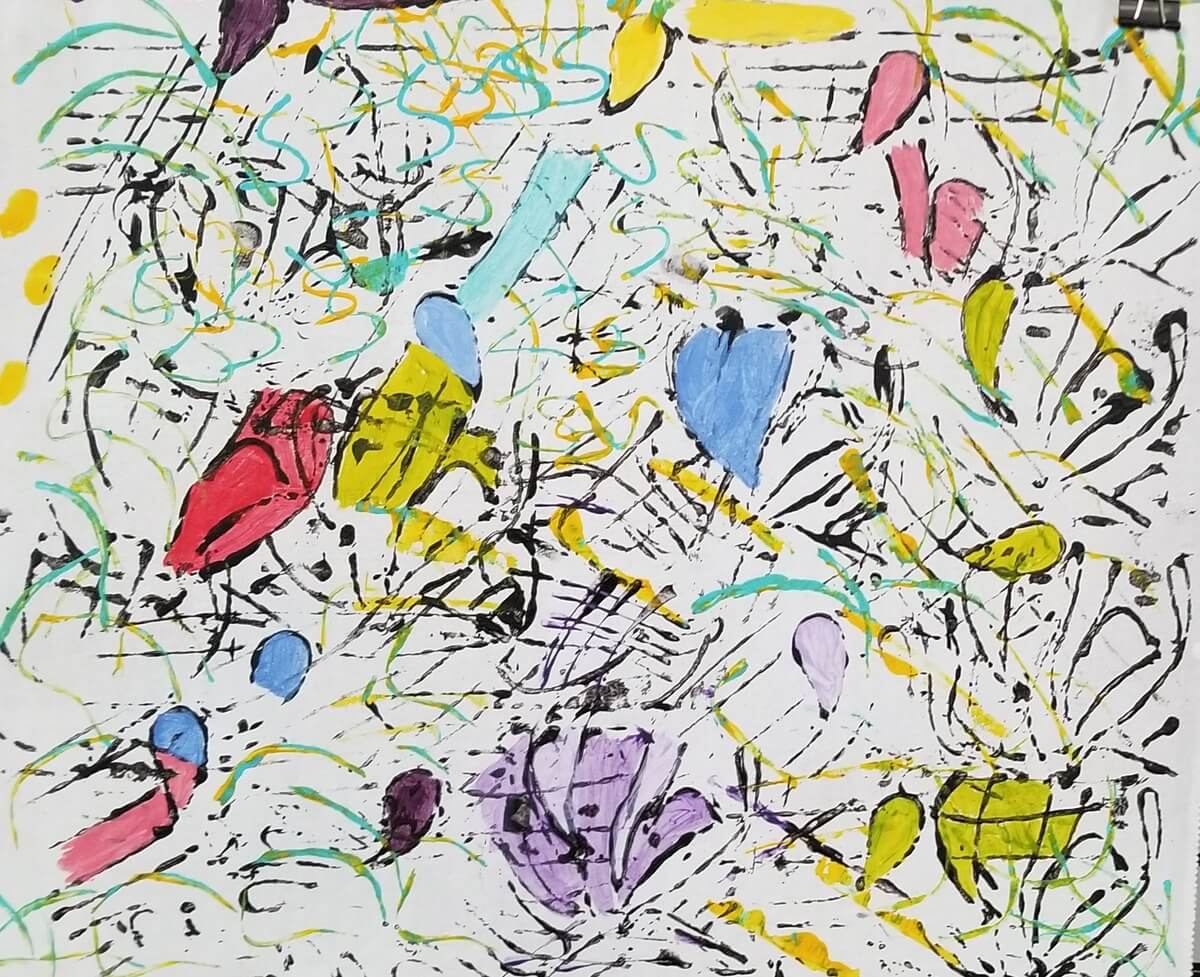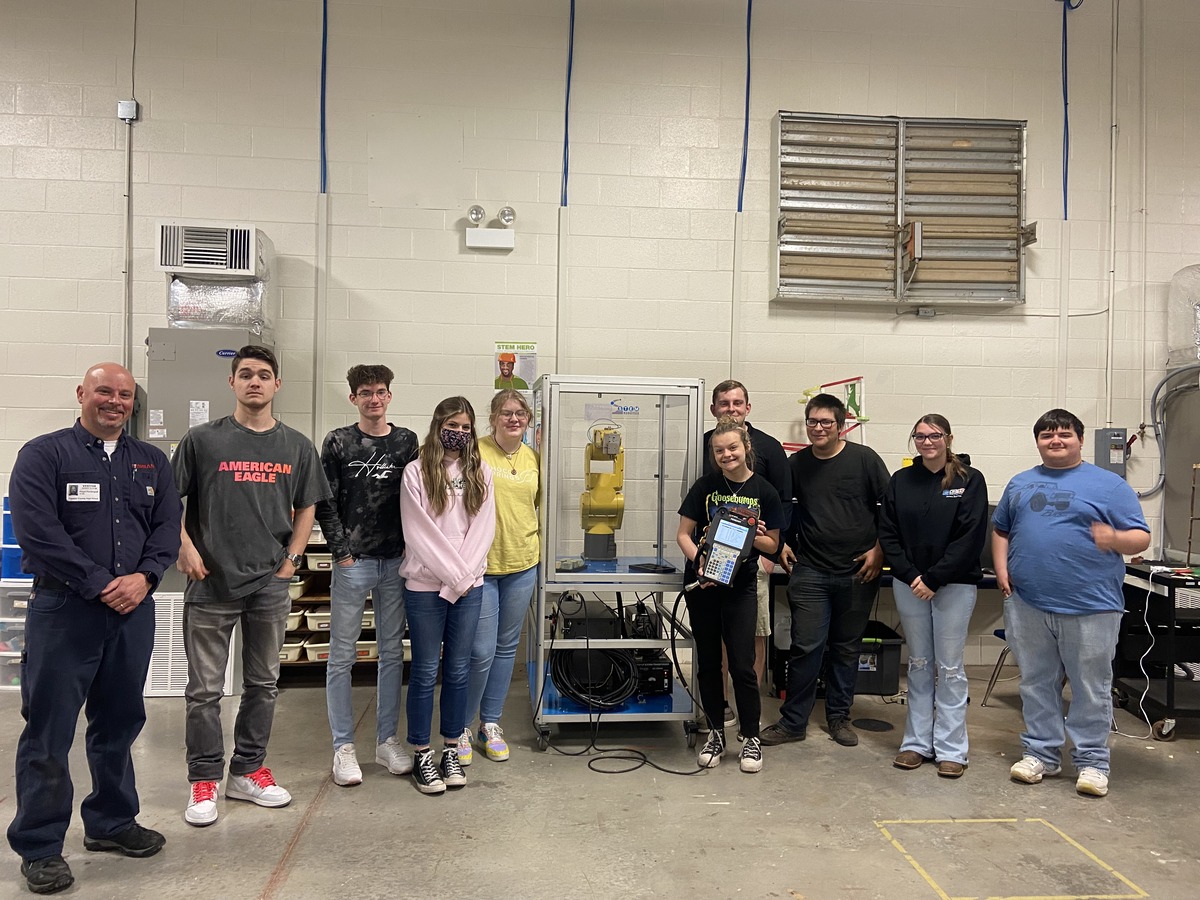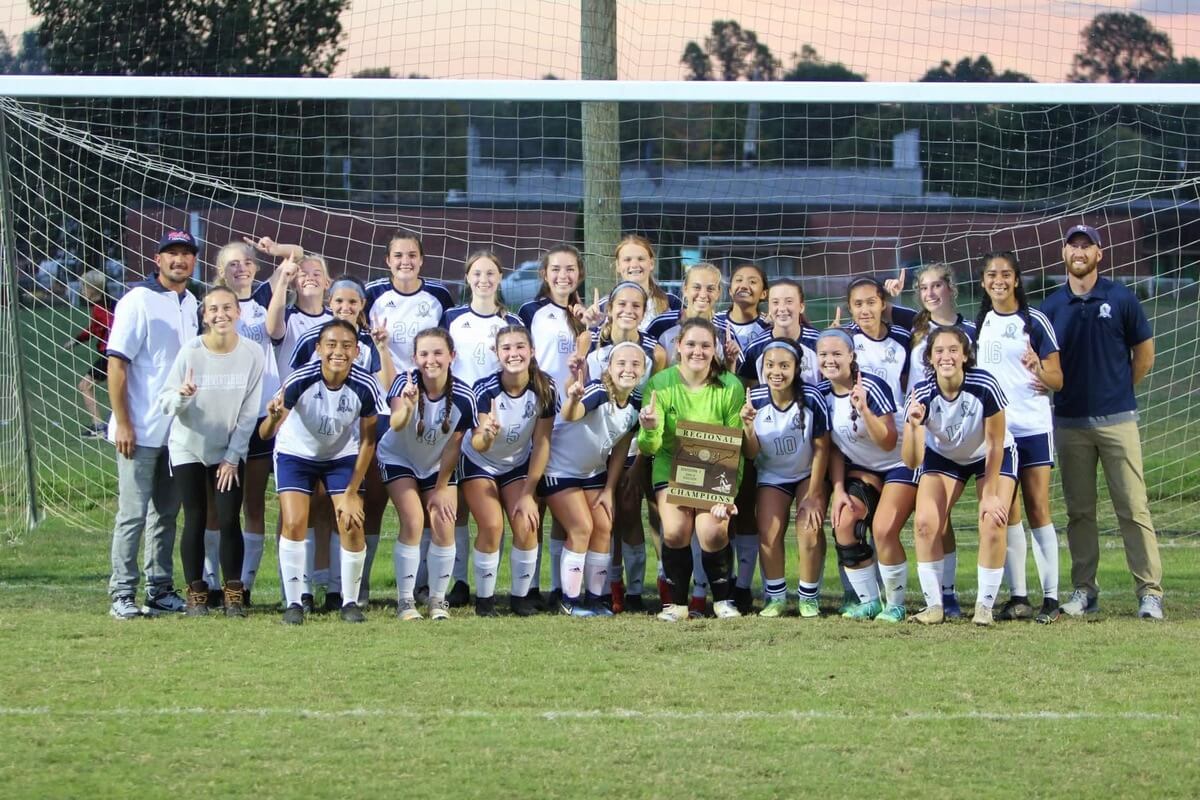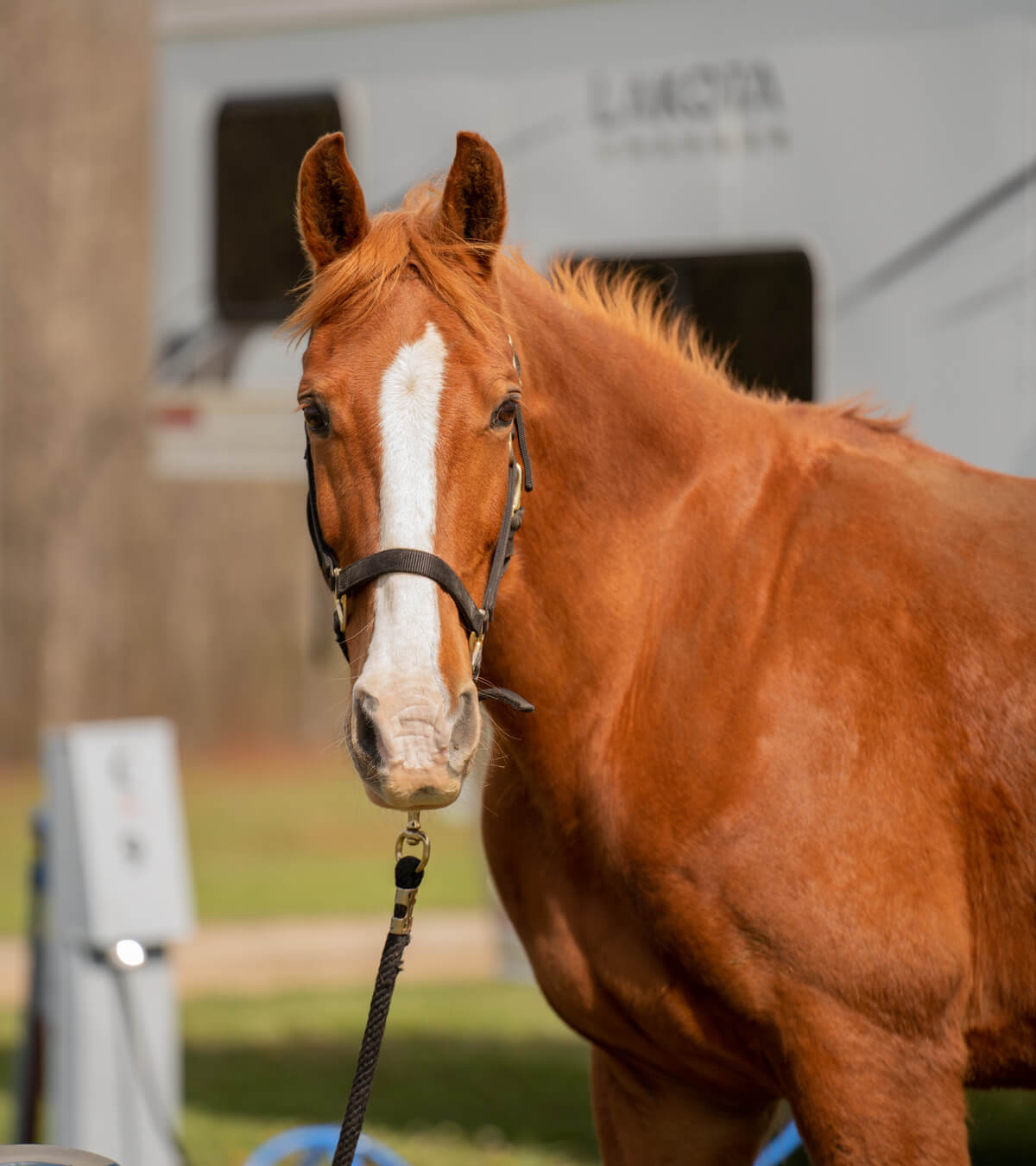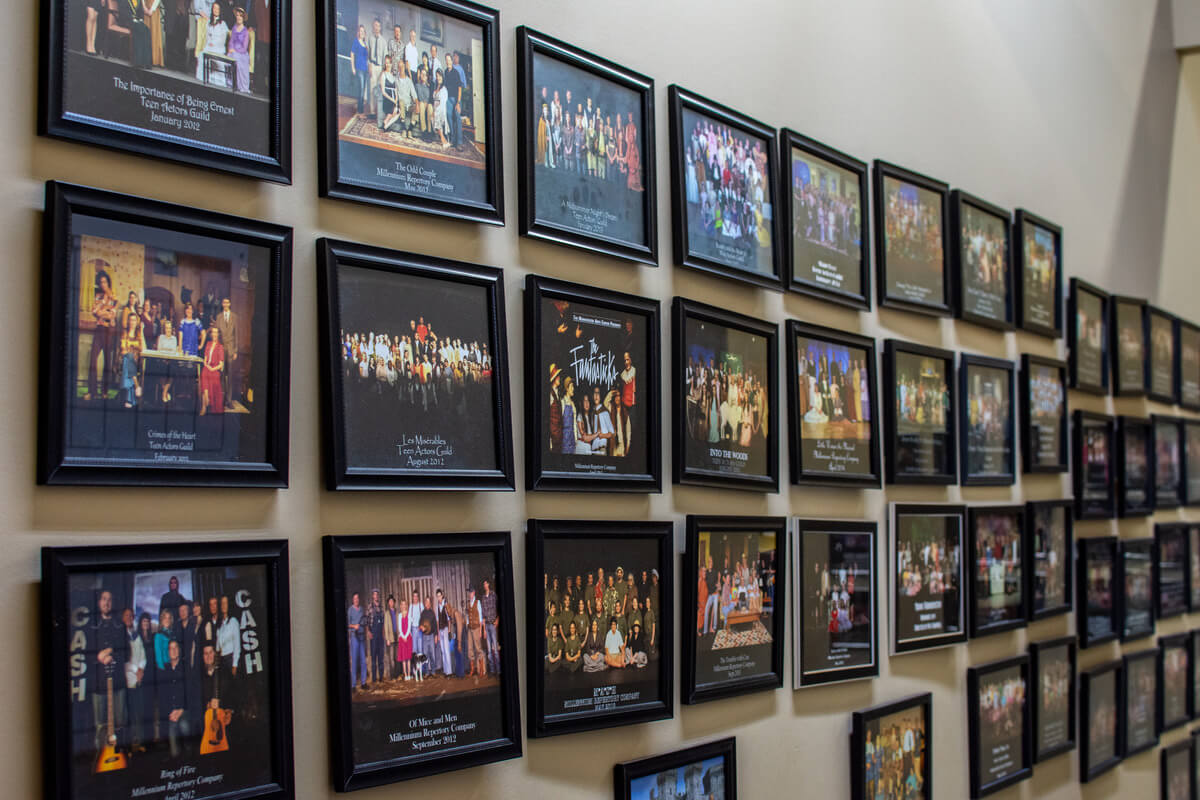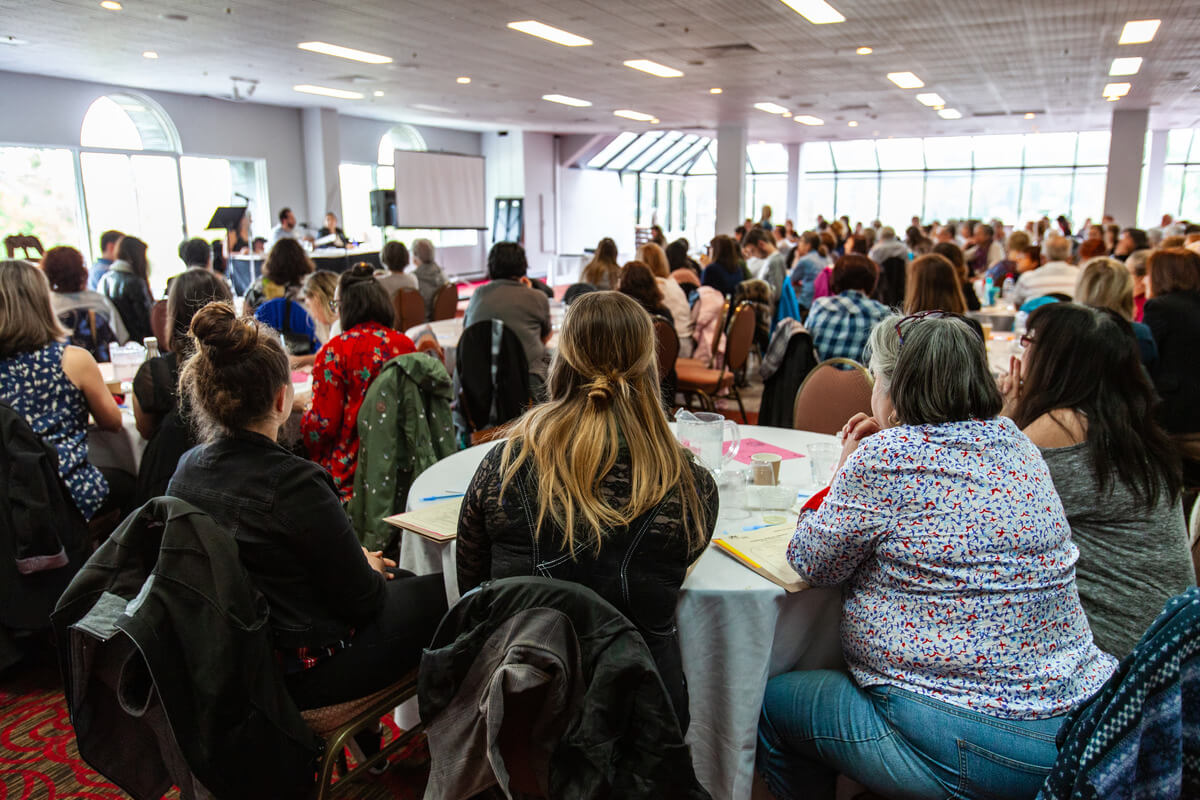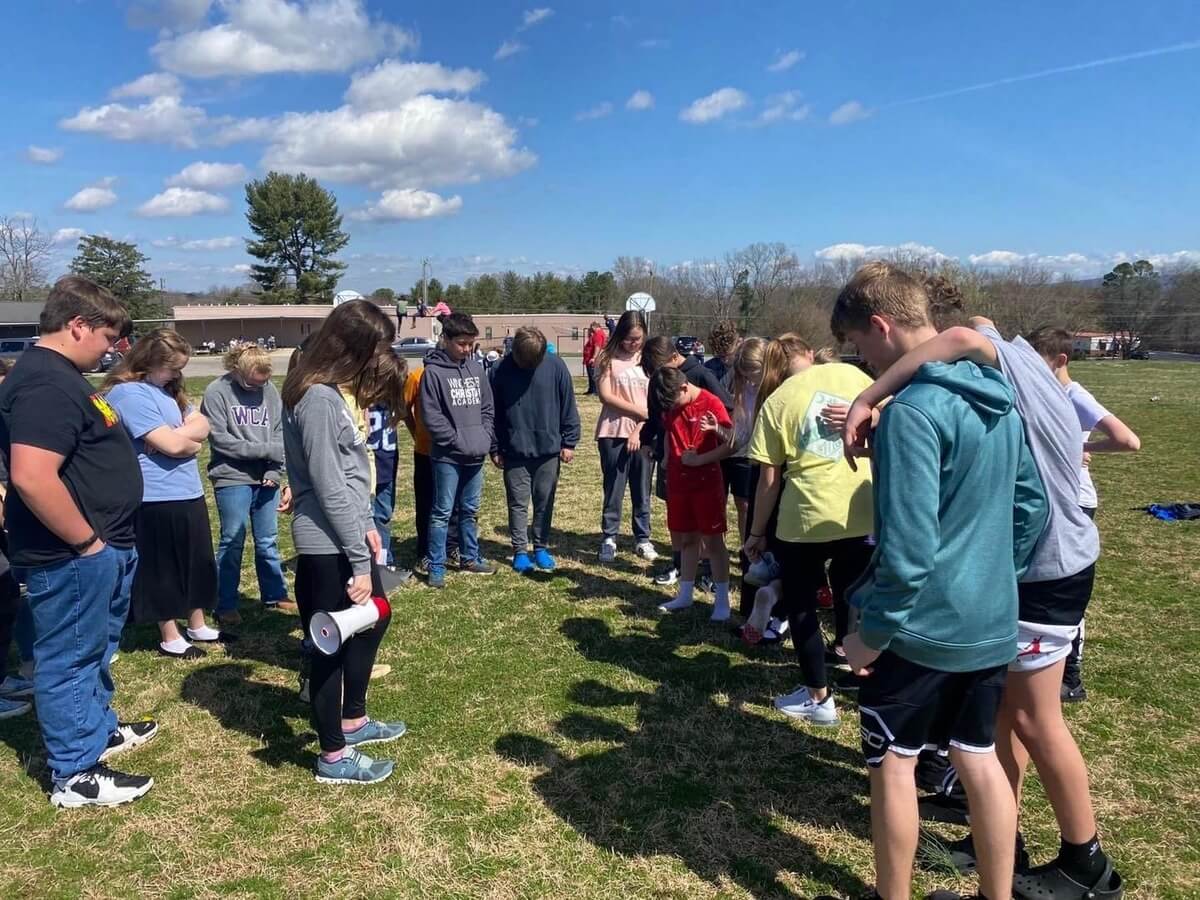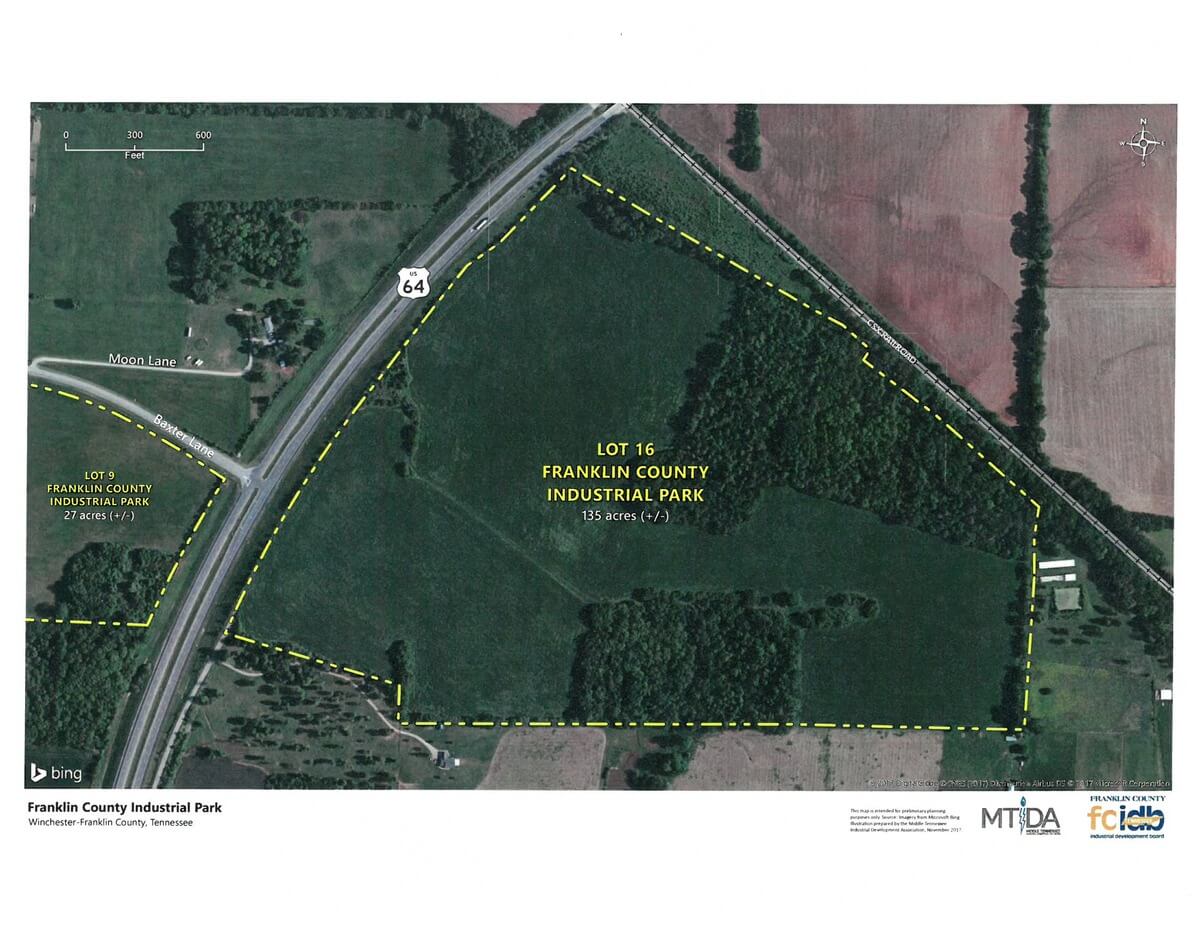Health care disparities continue to grow, particularly in rural America, and the stakes have never been higher. Approximately 20% of Americans reside in rural areas, yet fewer than one-tenth of physicians choose to practice there. The National Institutes of Health projects a shortage of over 20,000 primary care physicians in these communities by 2025. In light of these issues, the Southern TN Regional Health System (STRHS) has emerged to provide solutions by equipping the next generations of physicians through its innovative medical student program.
Transforming the medical landscape
The COVID-19 pandemic illuminated the urgent need for quality medical care, particularly in underrepresented and rural areas. That’s where the STRH Medical Student Program comes in. In this program, dedicated faculty like Dr. Timothy Crater work diligently to mentor and inspire the next generation of osteopathic physicians. They strive to train competent, caring, and compassionate doctors and ultimately transform the quality and accessibility of health care in Middle Tennessee.
Crater, the program’s director, said, “We want to raise the bar in terms of medical care here in our community by bringing these young folks in, giving them good training, and then hopefully getting them to come back after their residency.”
Mentoring and inspiring the next generation of osteopathic physicians is especially important. These physicians tend to practice more frequently in rural and underserved areas, making their presence in communities like those in Southern Tennessee beneficial and vital.

A robust partnership
One reason for the program’s strength and sustainability is its fruitful collaboration with Lincoln Memorial University School of Medicine in Harrogate, Tennessee (LMU-DCOM). This relationship allows eight to 12 third-year osteopathic medical students from LMU-DCOM to complete rotations at STRHS each year. This arrangement provides students with valuable hands-on experience in a real health care setting, helping them apply theoretical knowledge to actual patient care scenarios.
Once students complete their undergraduate education and the foundational two years of medical school, they begin their clinical training — a monumental experience that begins their first real interaction with patients. Here, they engage in hands-on learning and apply their theoretical knowledge in a practical setting.
As Crater explained, “This is really the training ground where a lot of people learn what they love and decide to pursue that, be it pediatrics, internal medicine, or surgery.”
The program leads with the idea that personal connections lead to growth. Students gain exposure to various medical fields, from internal medicine and general surgery to pediatrics and family medicine. They interact with patients, interview them, and even participate in surgeries to gain valuable insights that influence their career paths.

A day in the life of a medical student
The daily rhythm of a medical student at STRHS combines rigorous studying with impactful patient interactions. Students arrive at the hospital early in the morning, textbooks in hand, ready to envelop themselves in a day of clinical rotations. They move through the busy hallways, wearing crisp white coats that signify their emerging medical careers.
As they rotate through departments, they learn about medical conditions, treatments, and the human aspects of patient care. They observe surgical procedures and conduct gynecological examinations, and every moment gives them an inside look into their future responsibilities.
In addition to interacting with patients, the students form strong relationships with faculty mentors like Crater, who provide guidance and encouragement.
“We’ve done a good job with recruiting capable physicians willing to spend time and instruction,” he noted.
With fewer competing residents, STRHS’s medical students receive focused attention, which is important for their development.

Navigating challenges and embracing opportunities
While the STRHS Medical Student Program is a prime example of progress within the medical field, it is not without challenges. Recruiting and retaining faculty mentors in a rural setting is a continuous endeavor.
Crater said, “We have to try to recruit preceptors who will agree to take on a medical student for a month or two at a time.”
The faculty members are volunteer physicians who balance their practices with teaching, making them the backbone of the program.
In addition to human resources, the rapid pace of technological advancements in medicine presents another hurdle. As students study various electronic medical records and learn to navigate the rise of telemedicine, adaptability is an even more critical skill.
Crater stressed the importance of flexibility. “There will still be a need for a physician to make the decisions that need to be made for patients. But this landscape is continually changing, and you have to be very flexible to practice medicine these days. Flexibility is key. You can’t be rigid, and you’ve got to continually stay on top of the changes in medicine, the delivery of medicine, and the changes in the way that records and information are communicated.”
Yet, with each challenge arises opportunity. Integrating artificial intelligence into health care is an evolving field that students will increasingly encounter. The program embraces these advancements, helping future physicians become practitioners and innovators in their field.

A vision for the future
Crater looks optimistically to the future and the effect of the medical student program on the community.
“Our medical community is engaged in an intellectual enterprise that brings quality to the community’s medical care. We’re engaged in a process of continual improvement of our own practices and imparting the wisdom, the knowledge we have, to a new generation of physicians,” he affirmed.
His vision is to nurture a community of empathetic, skilled physicians committed to serving rural Tennessee.
In the midst of impending shortages and systemic challenges, this program provides a transformative solution to medical education, connecting the students with the communities that desperately need them. Through education, mentorship, and community mobilization, the program helps make quality health care an attainable goal for all, especially in the rural areas that need it most. GN


